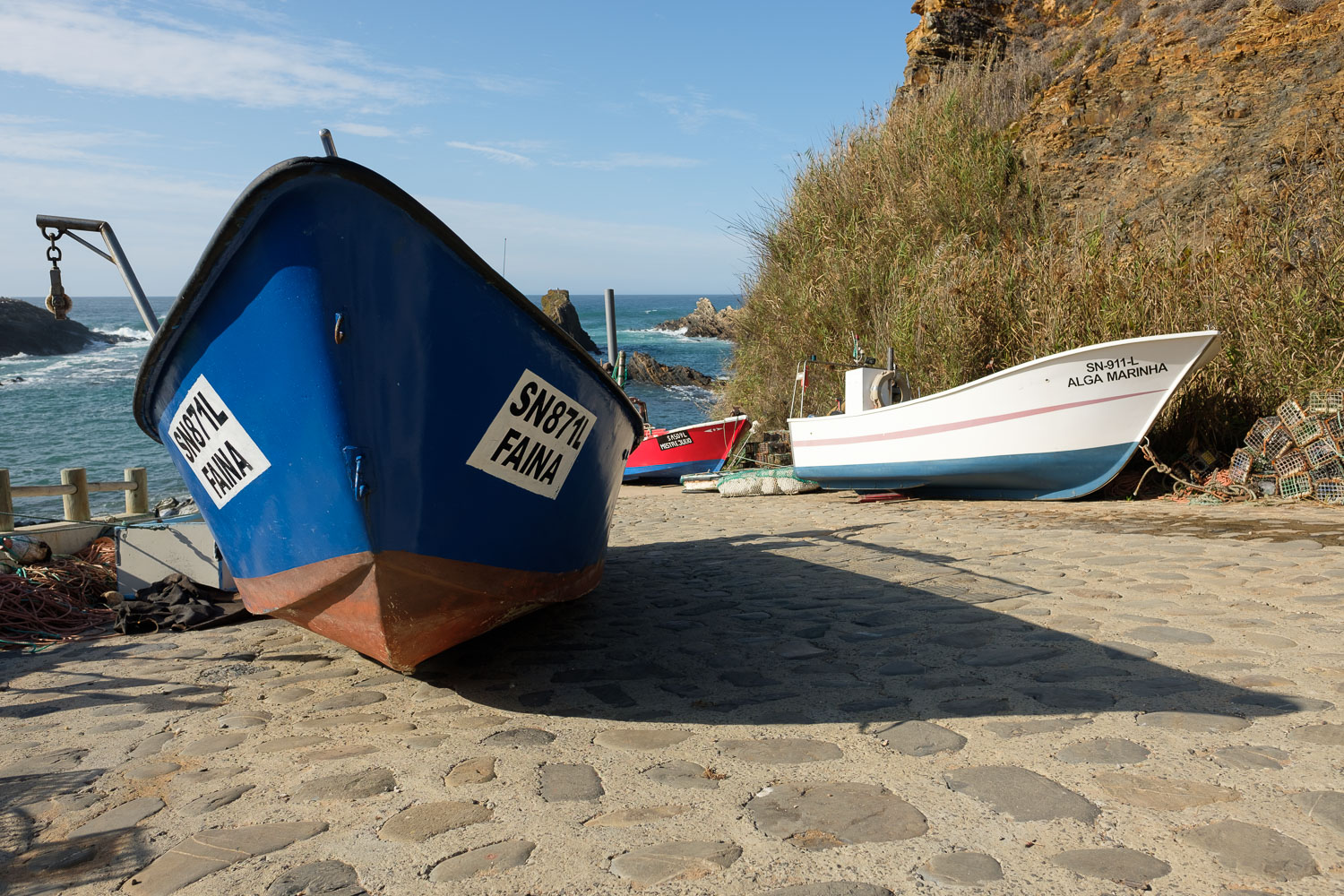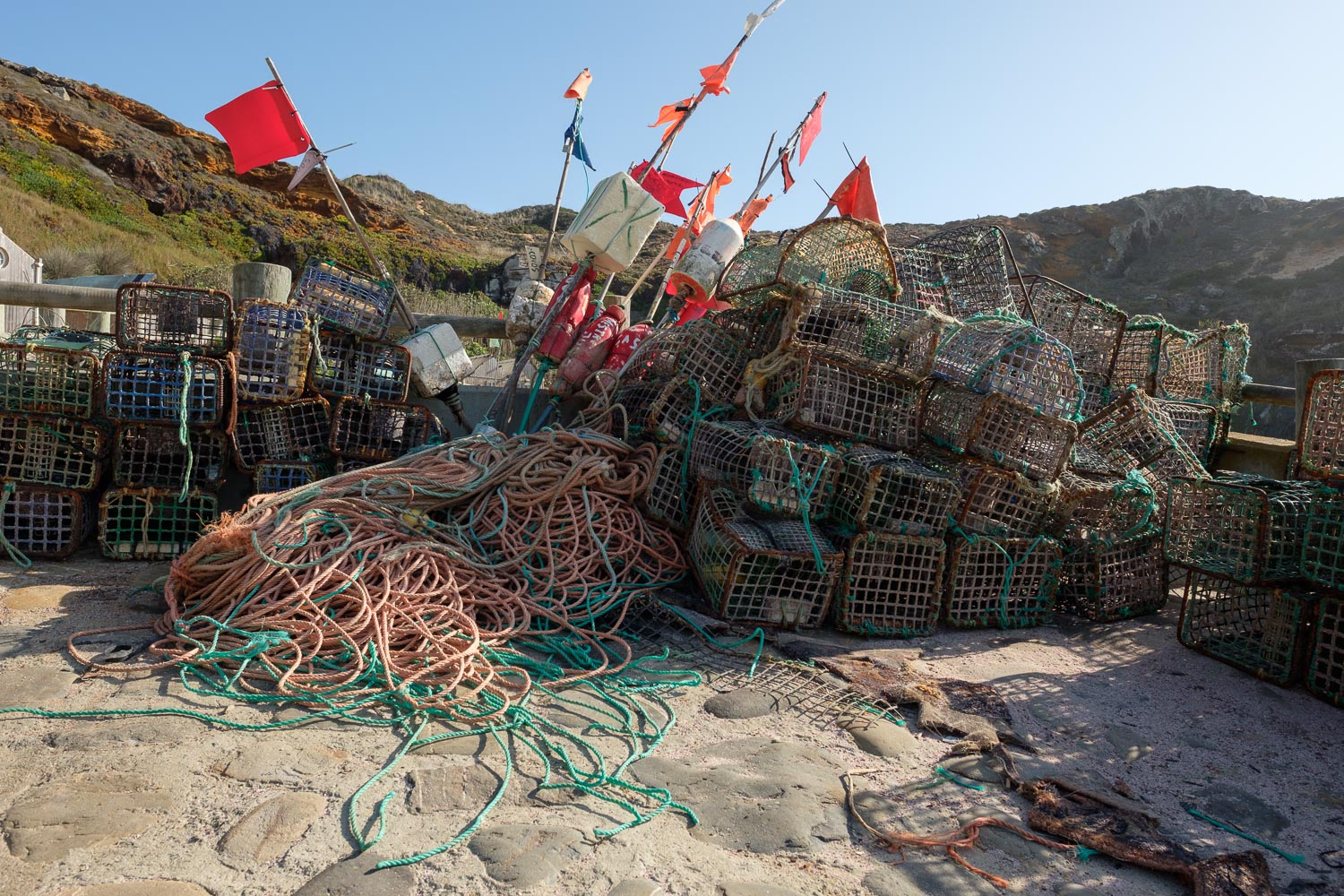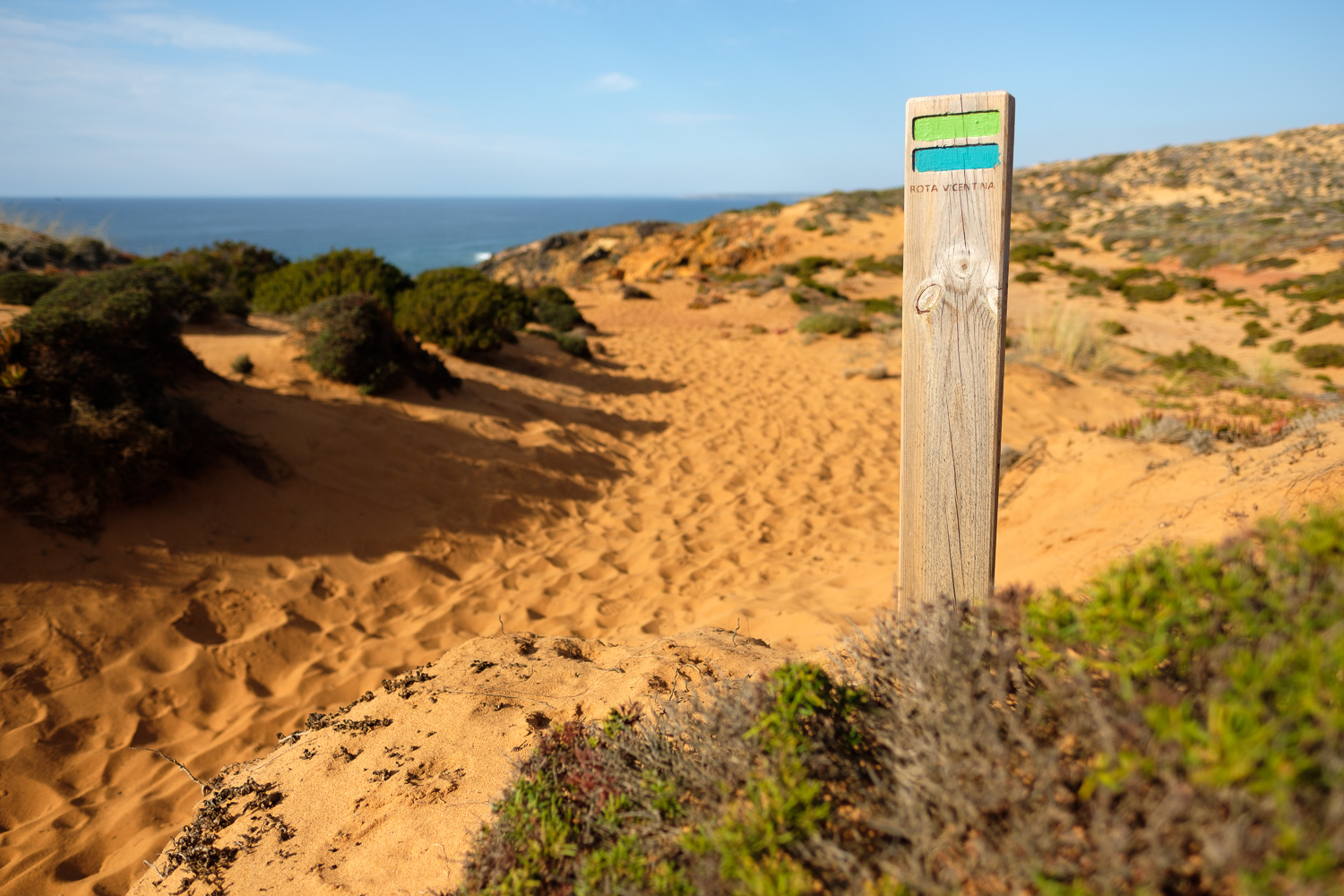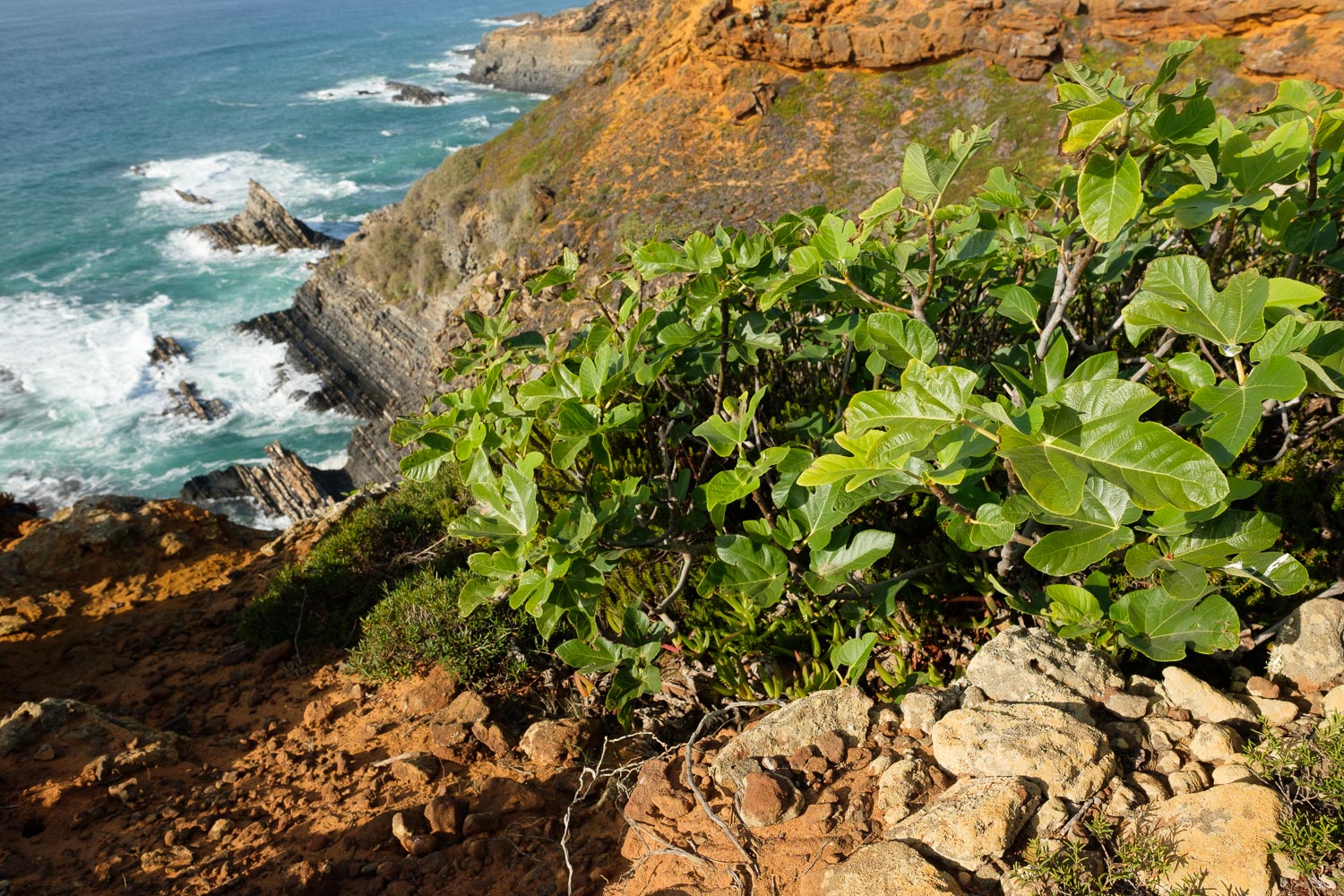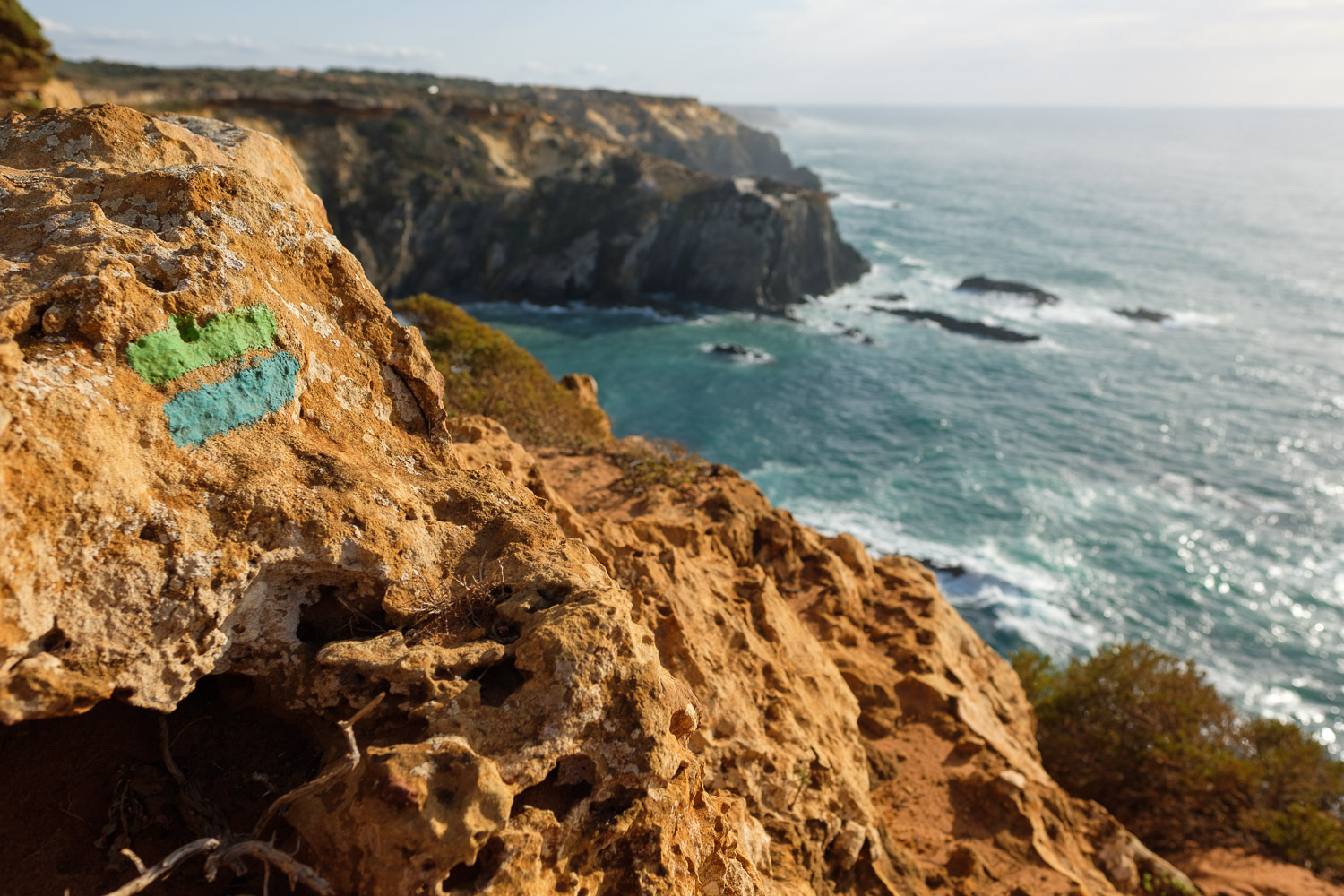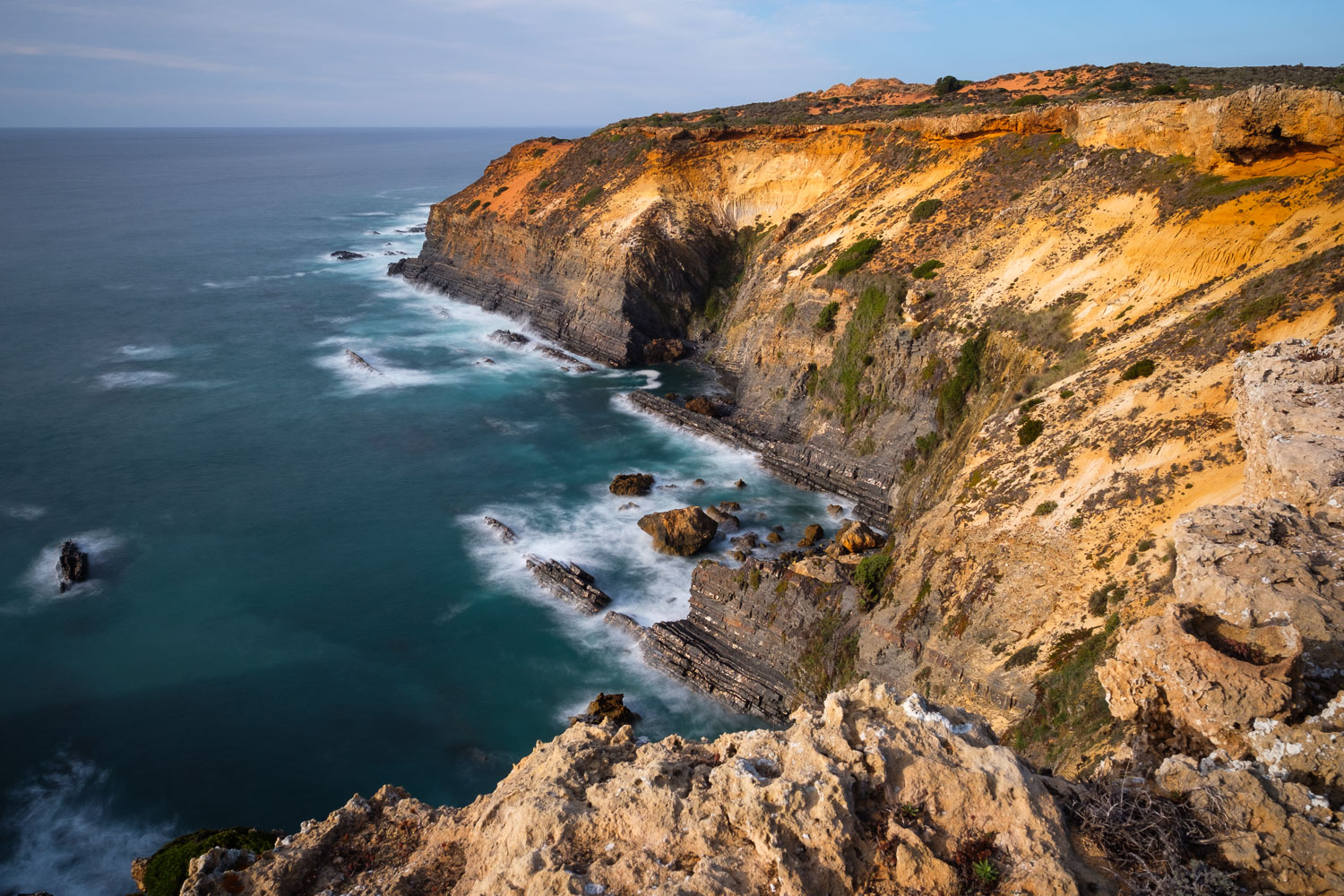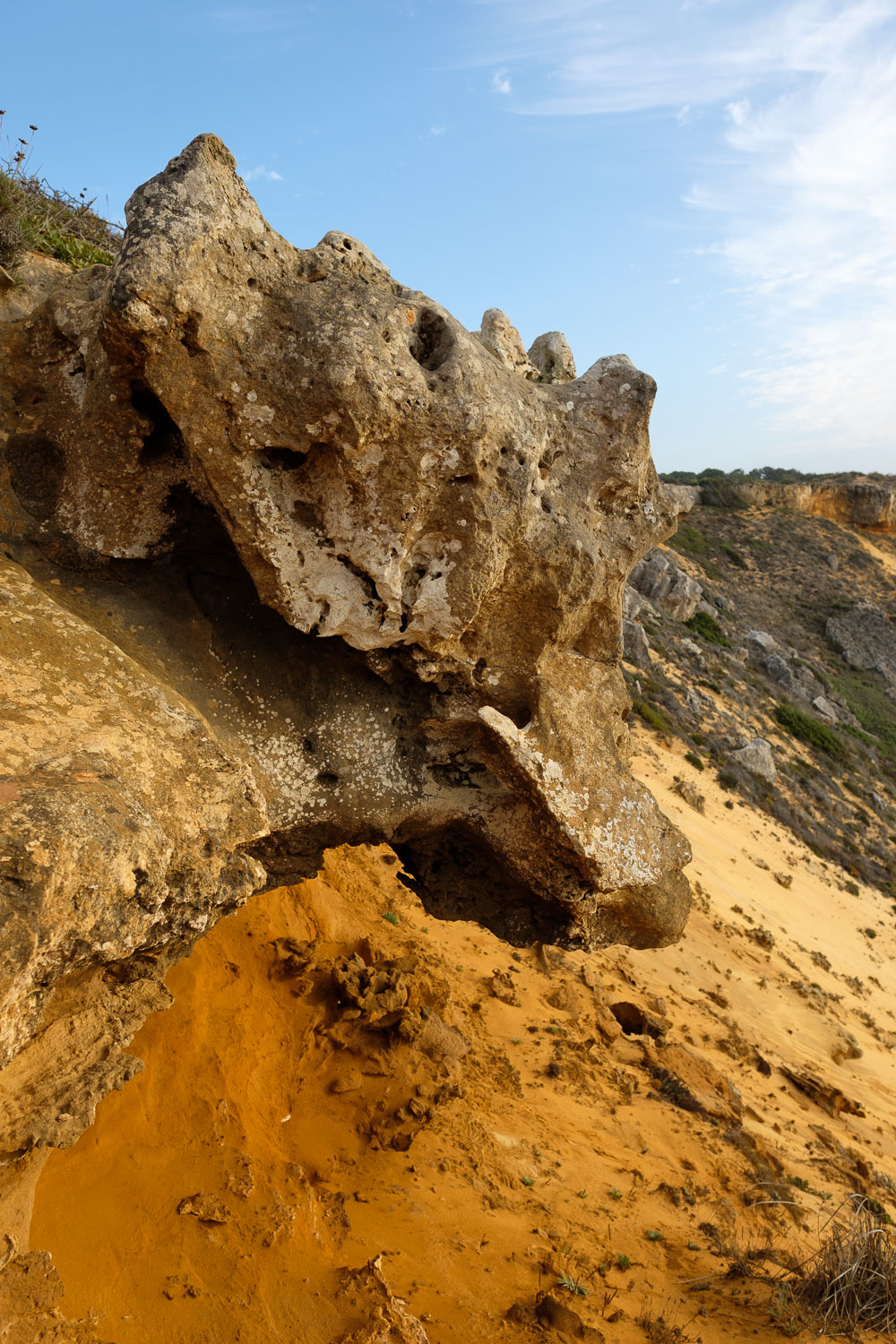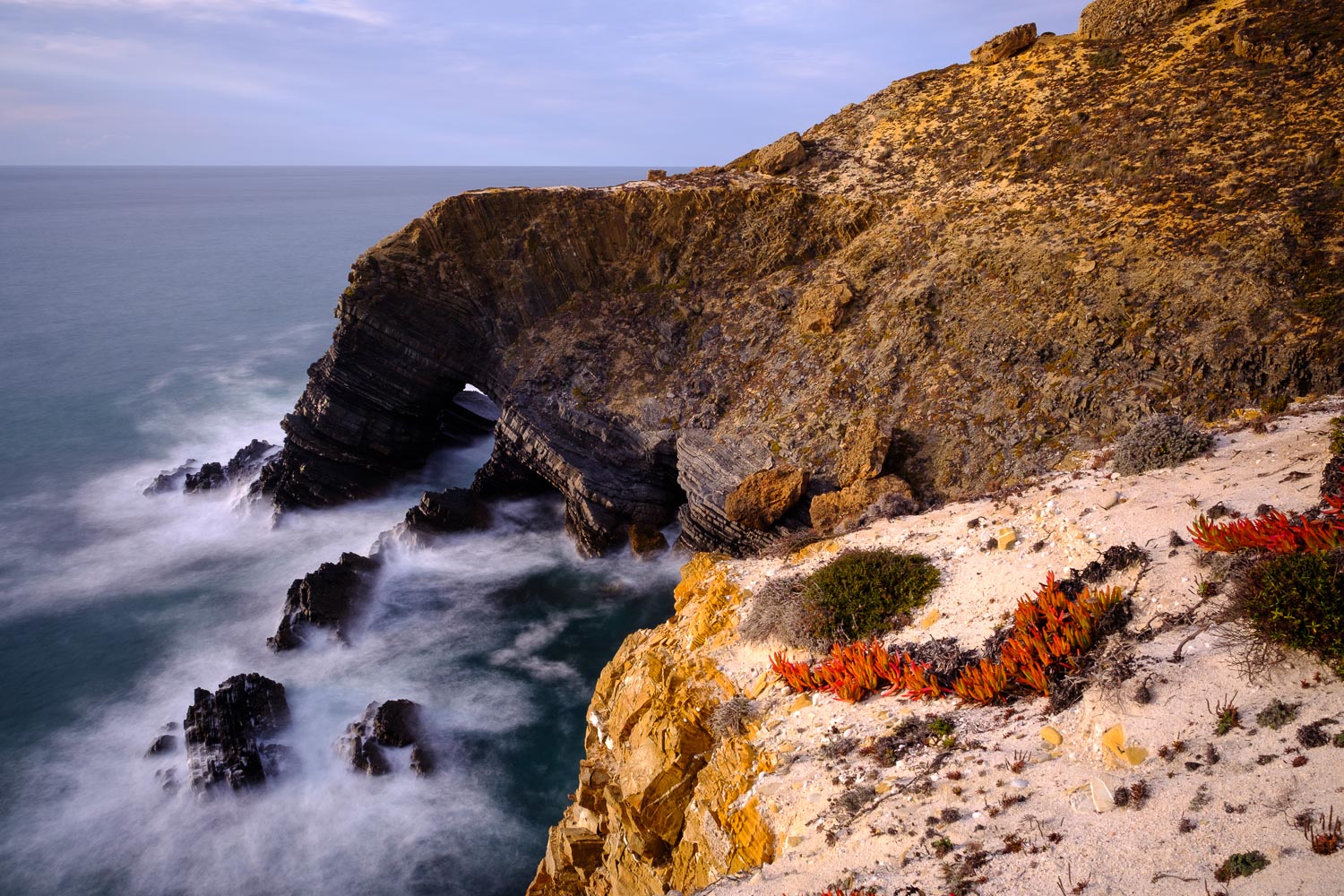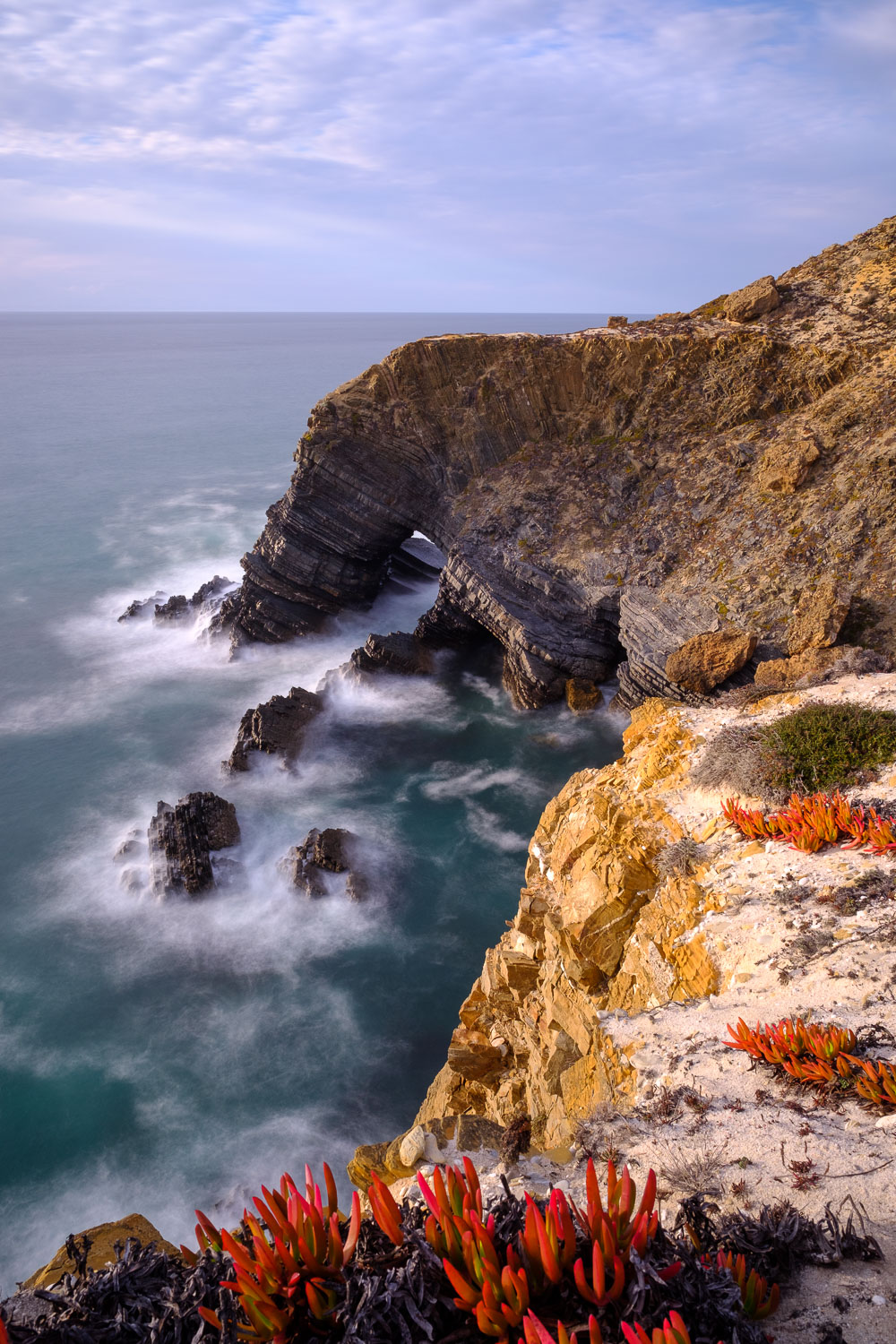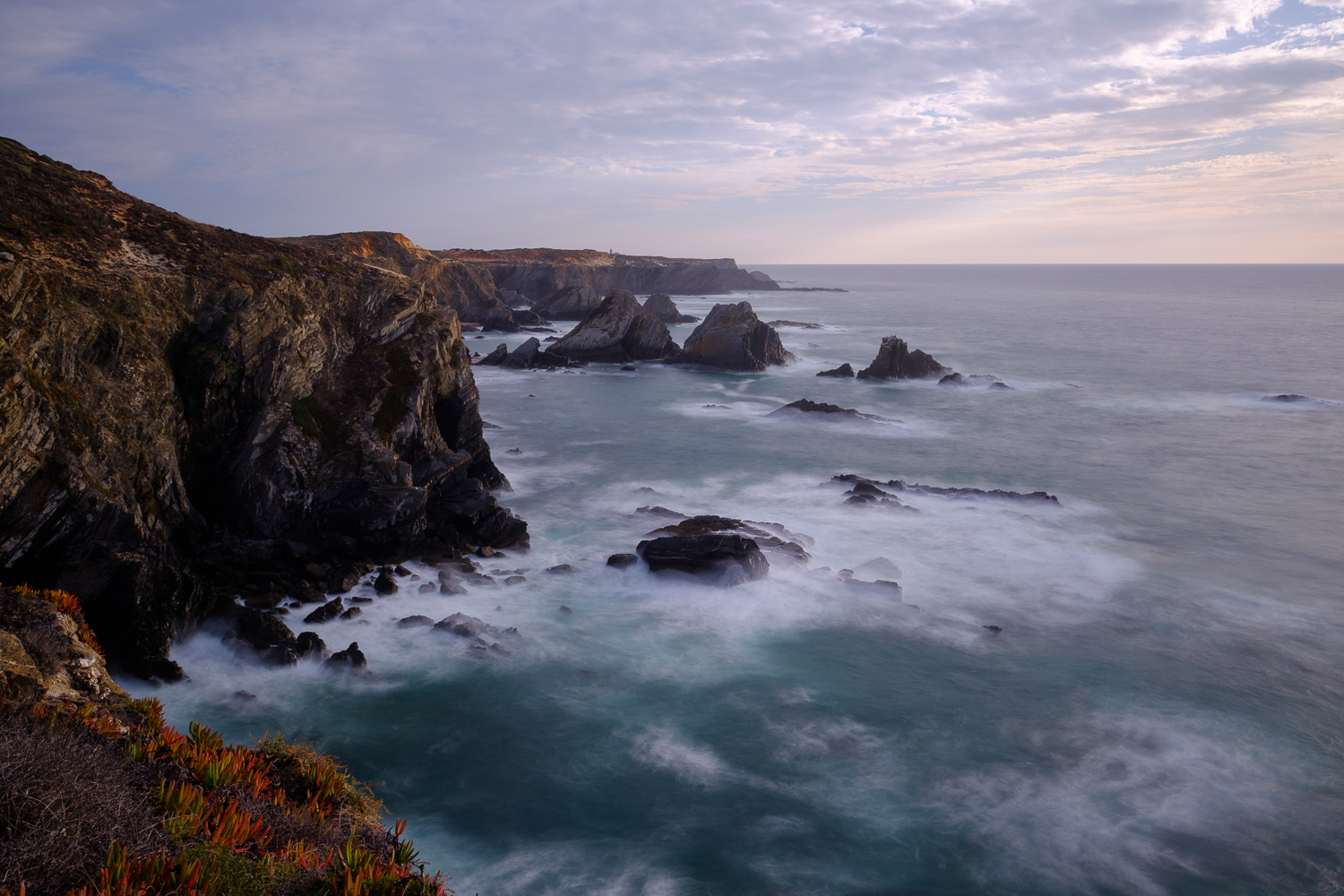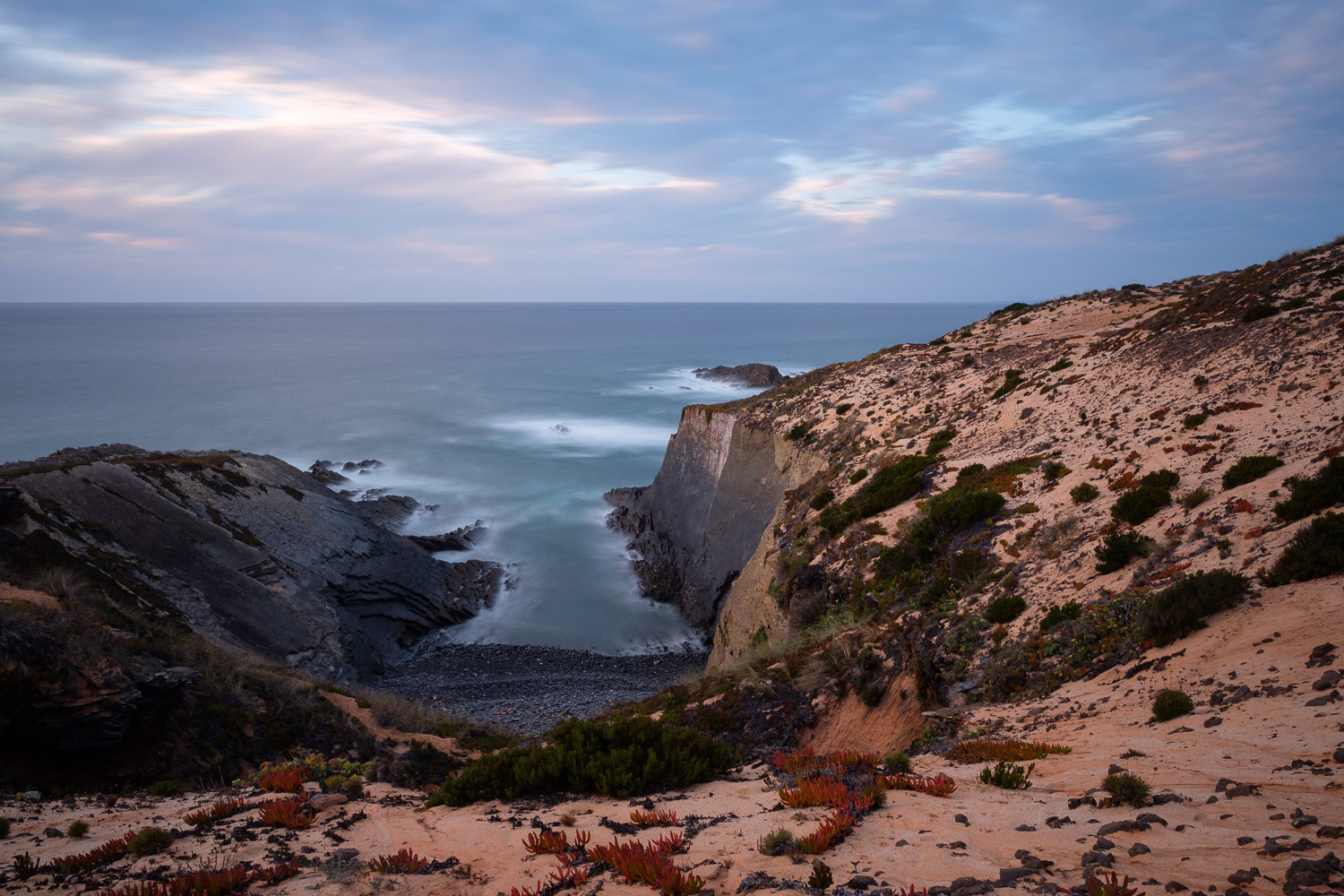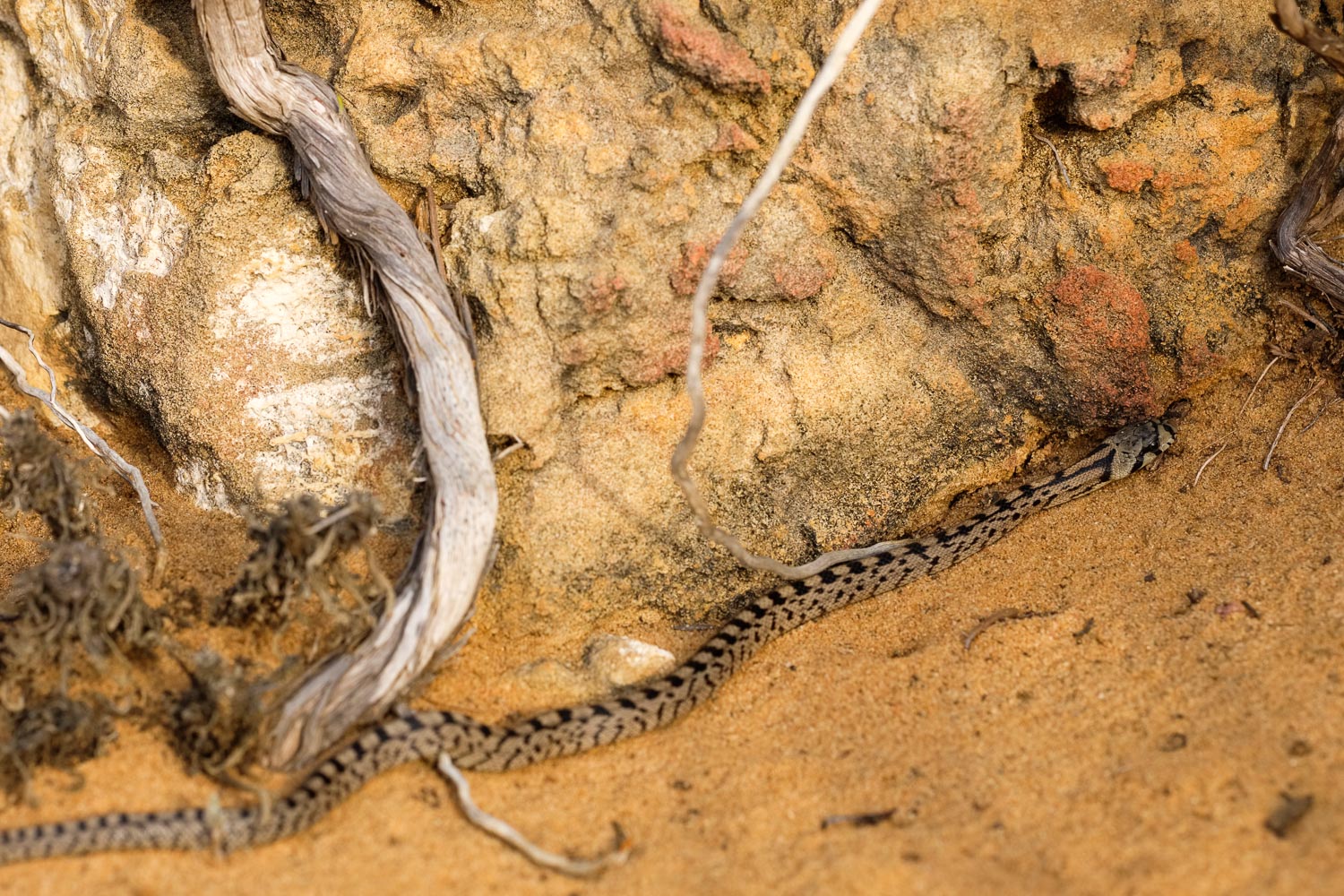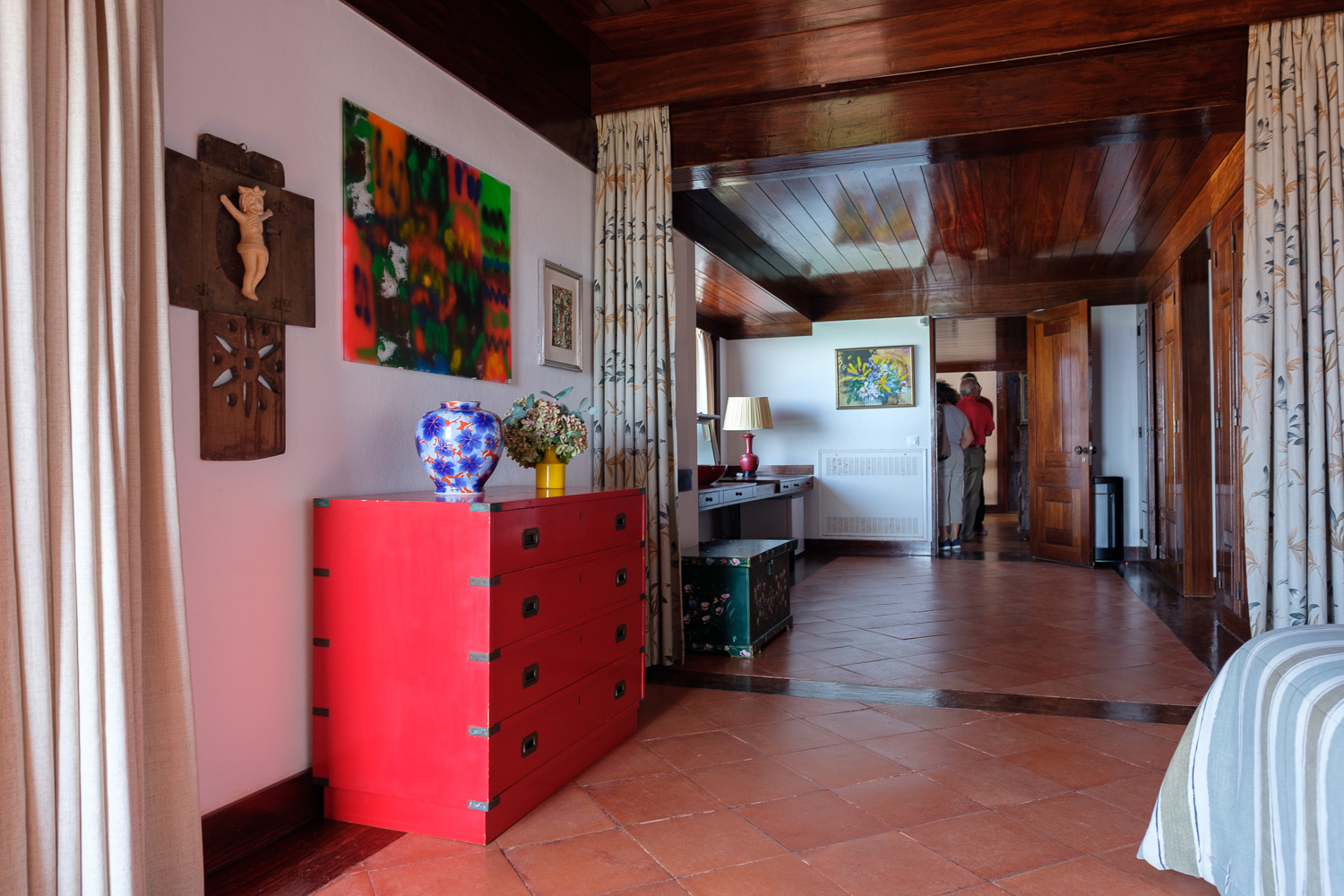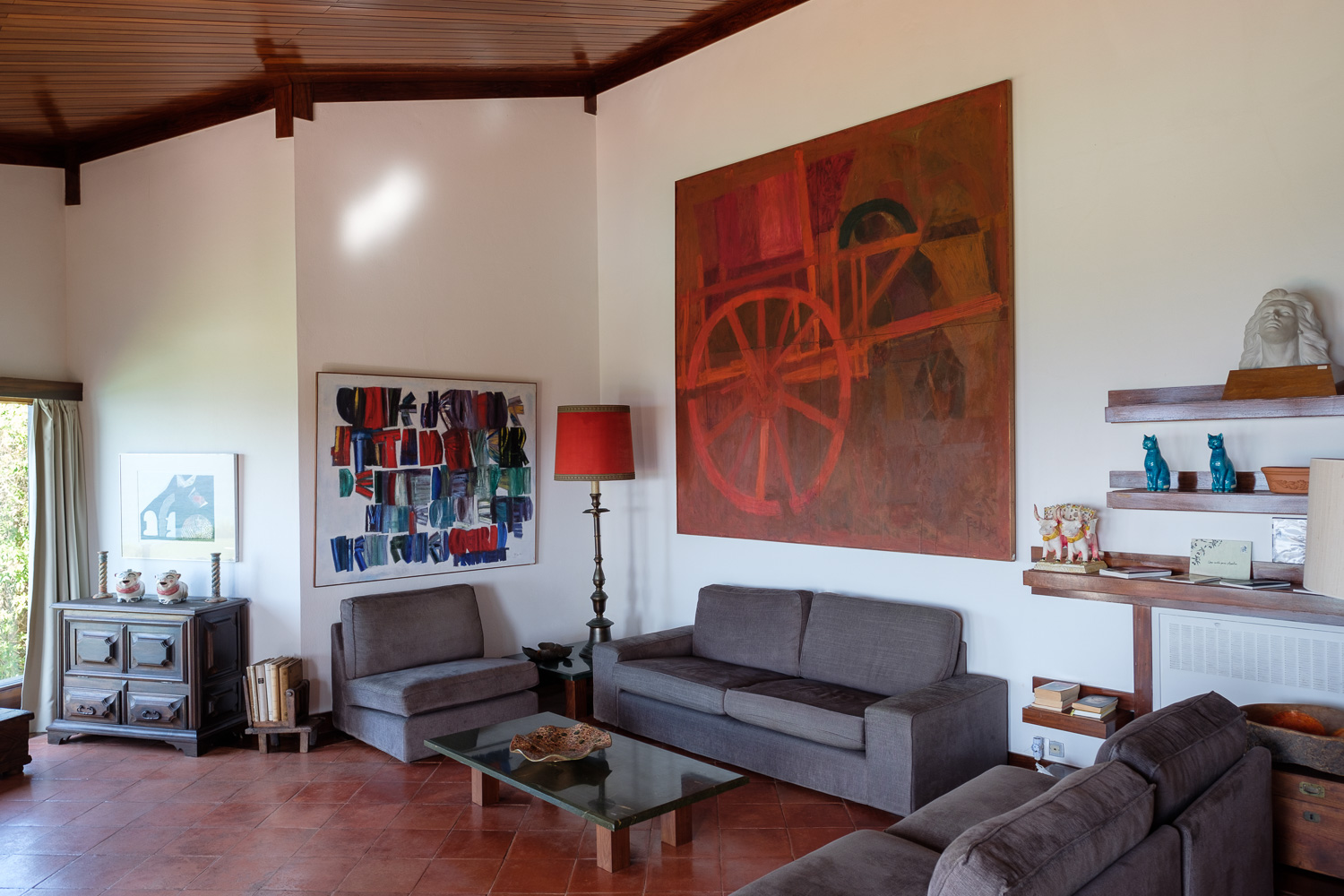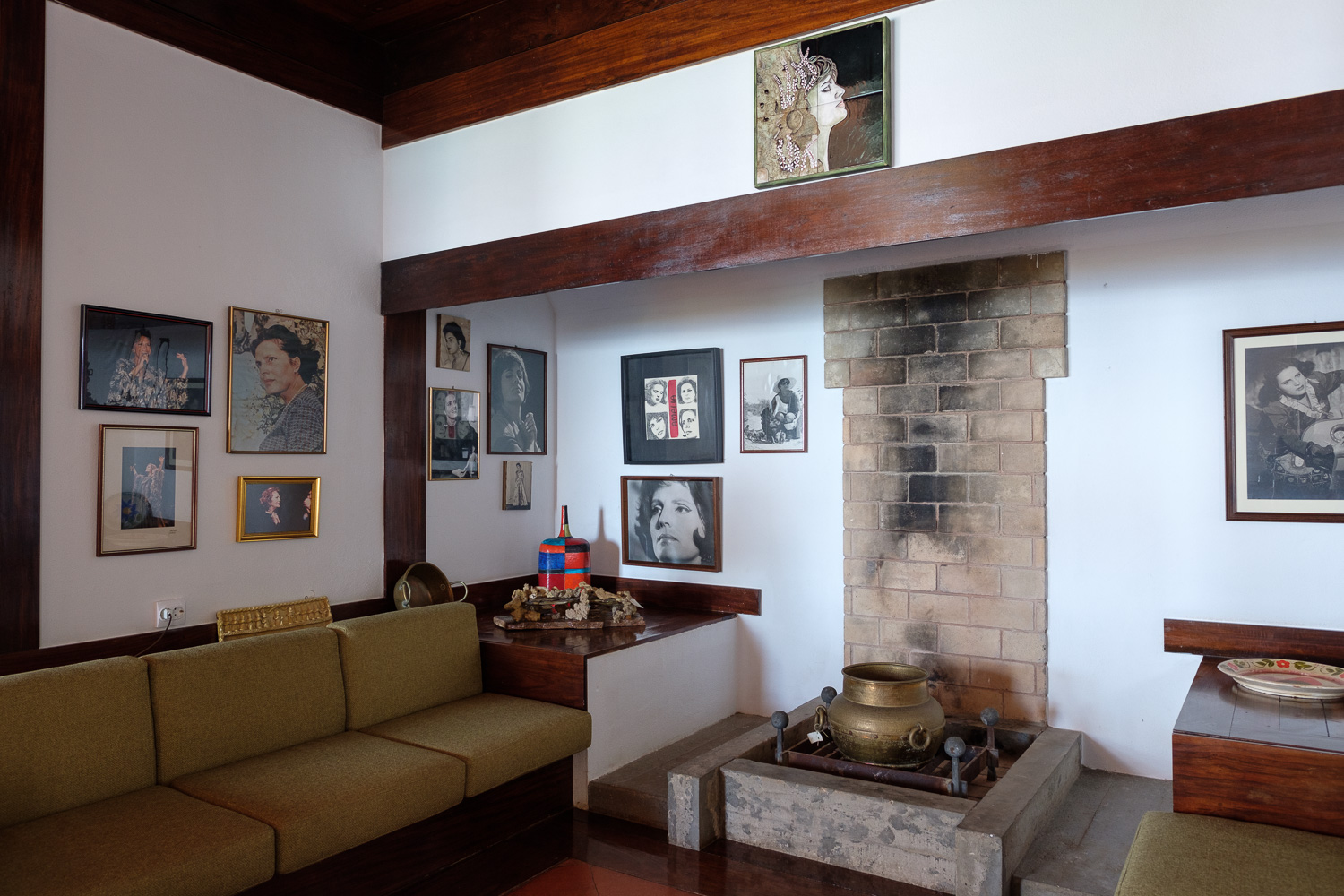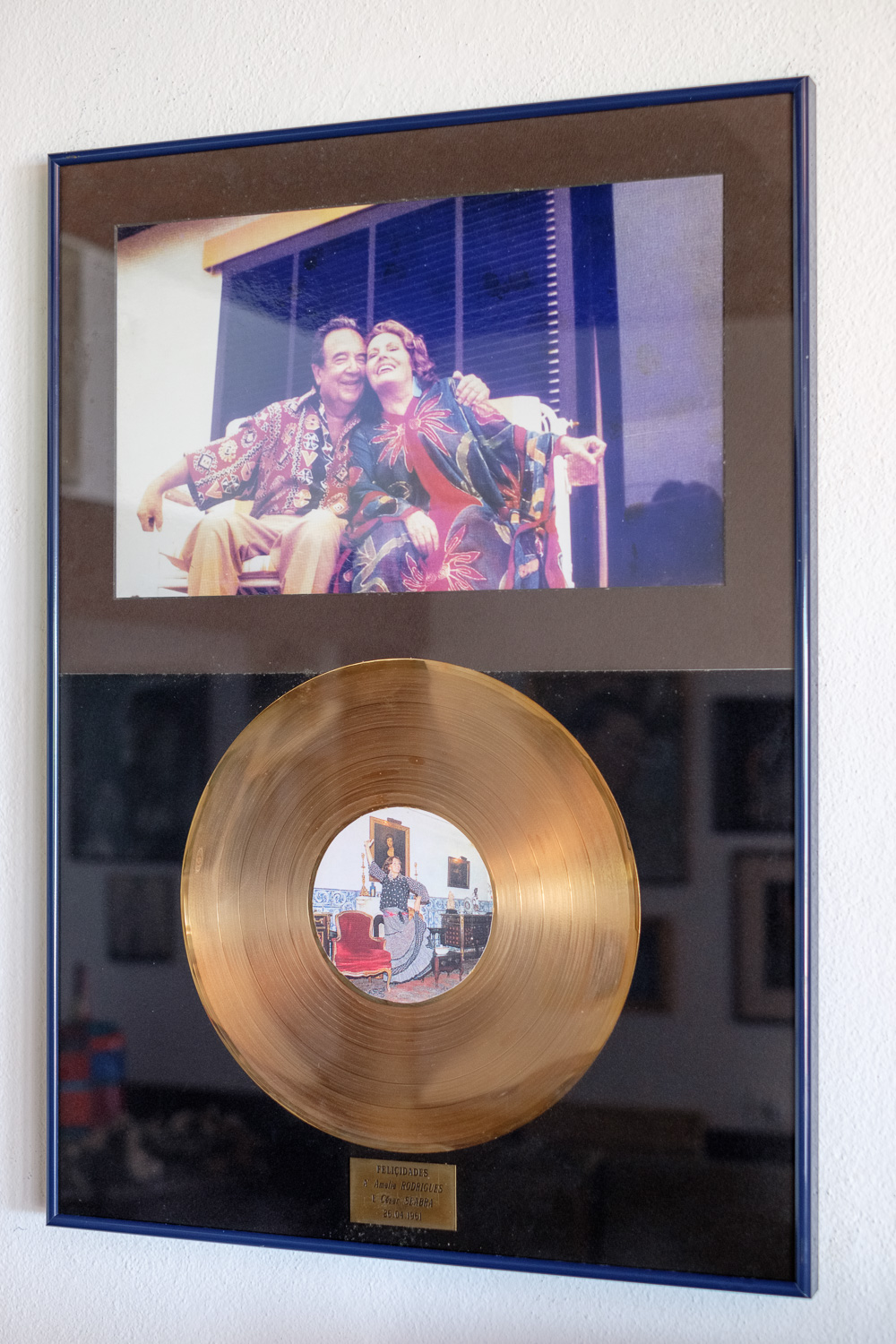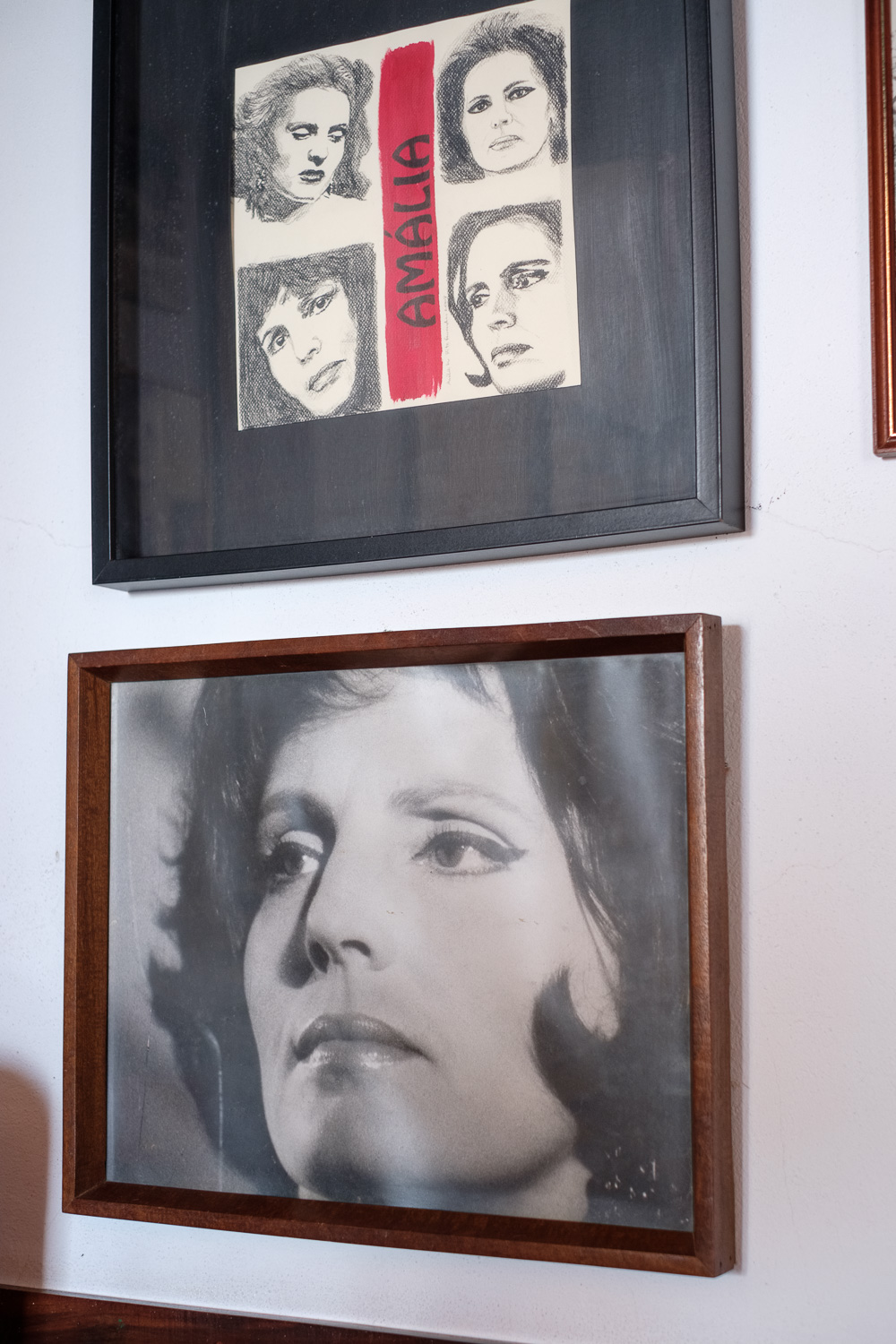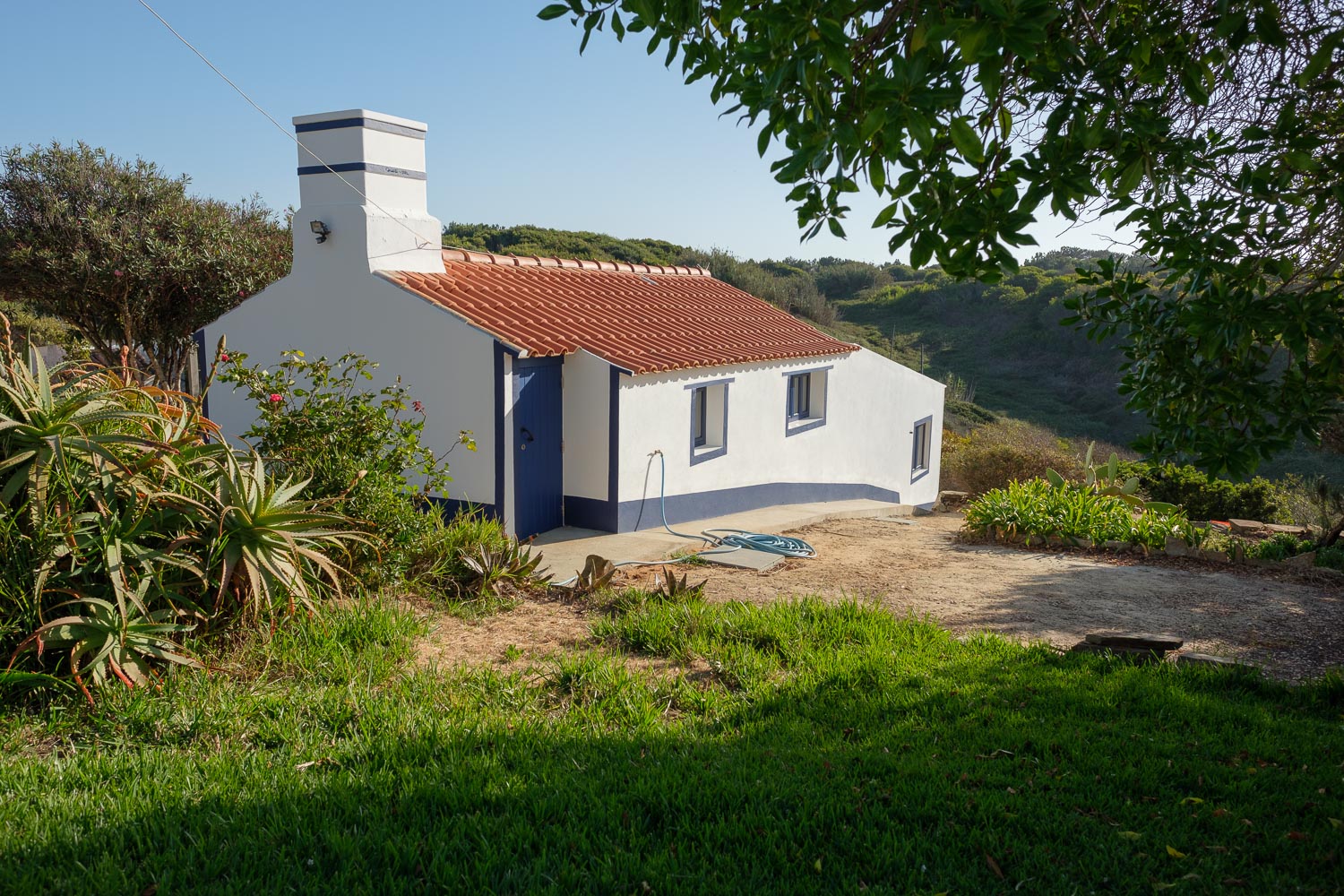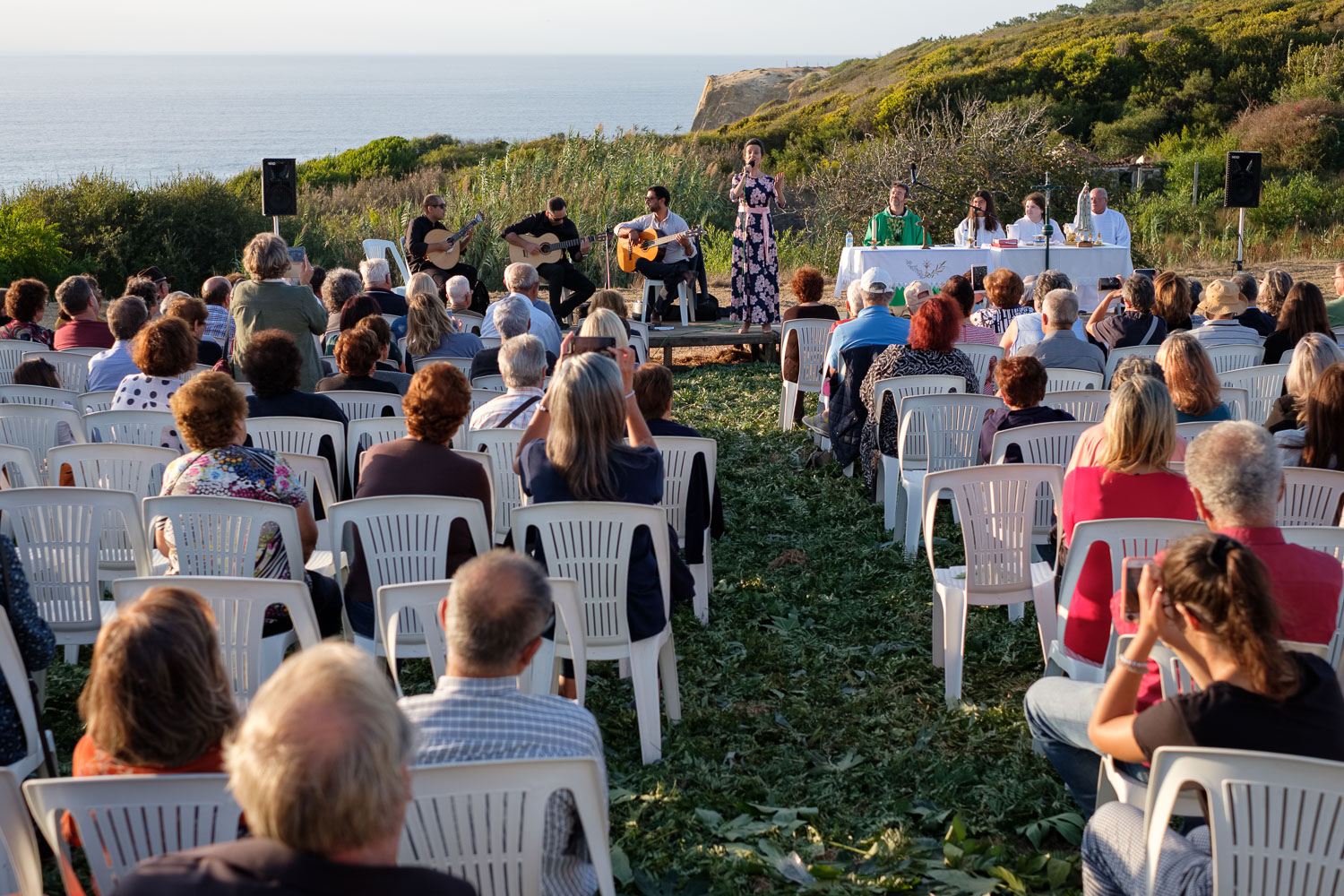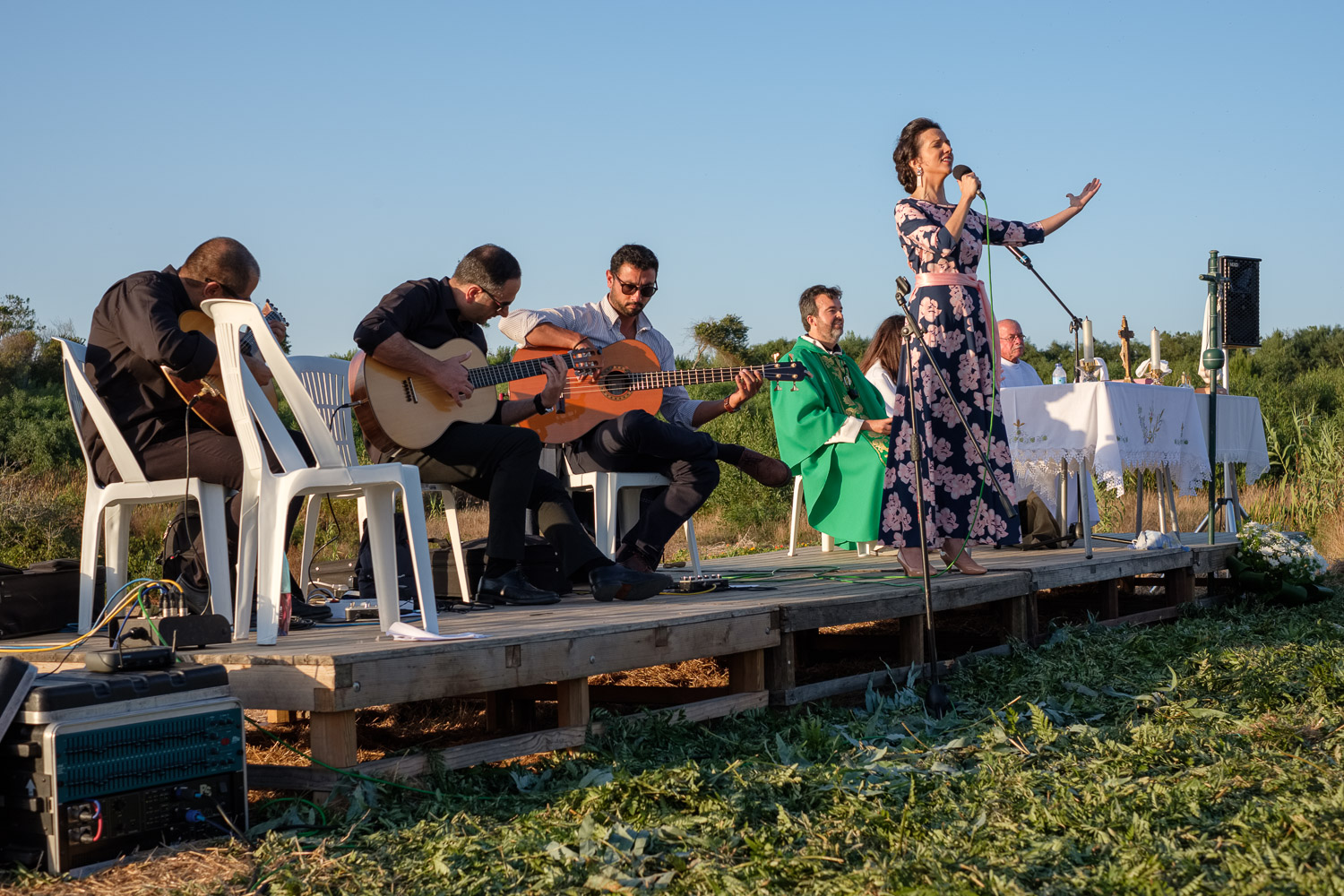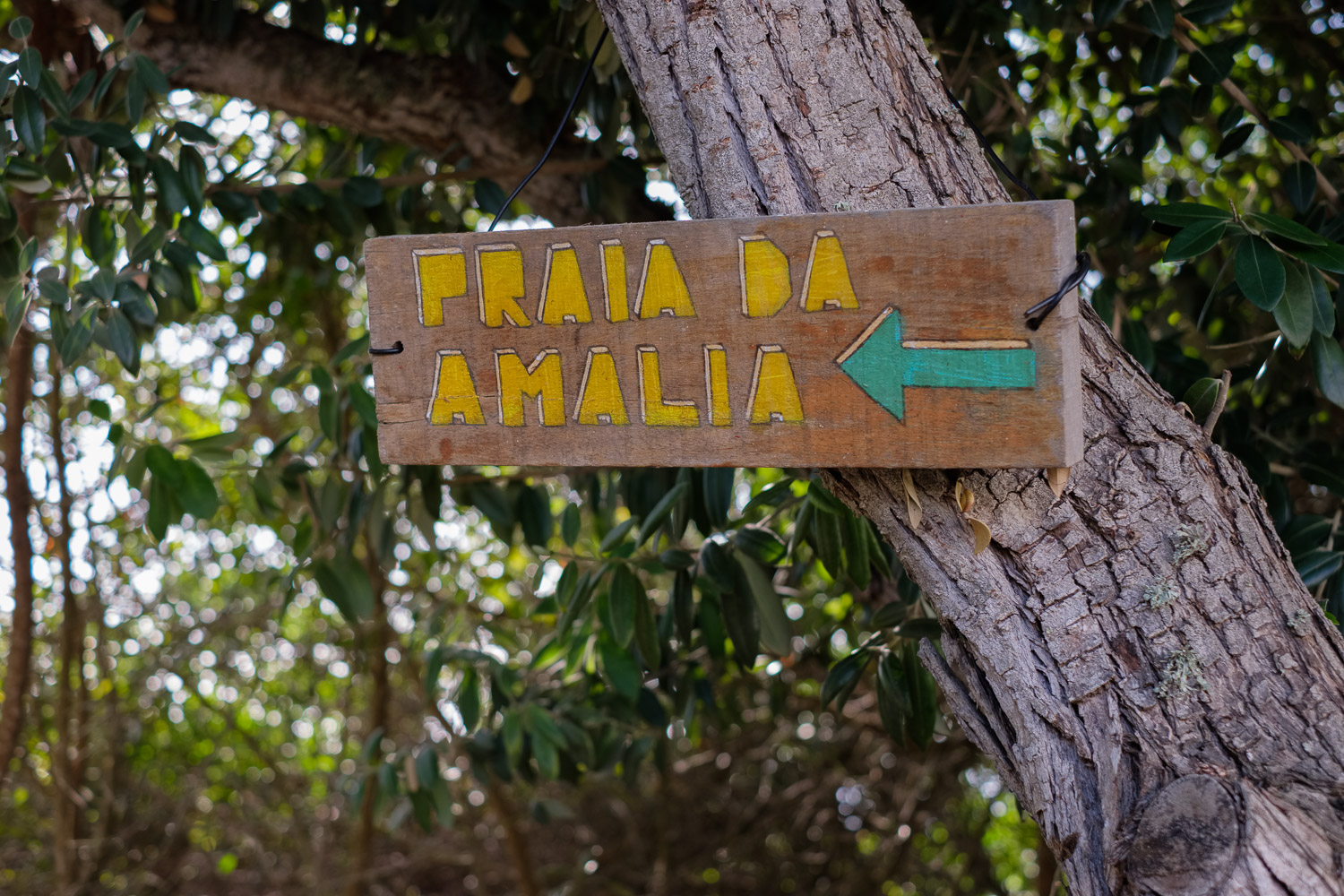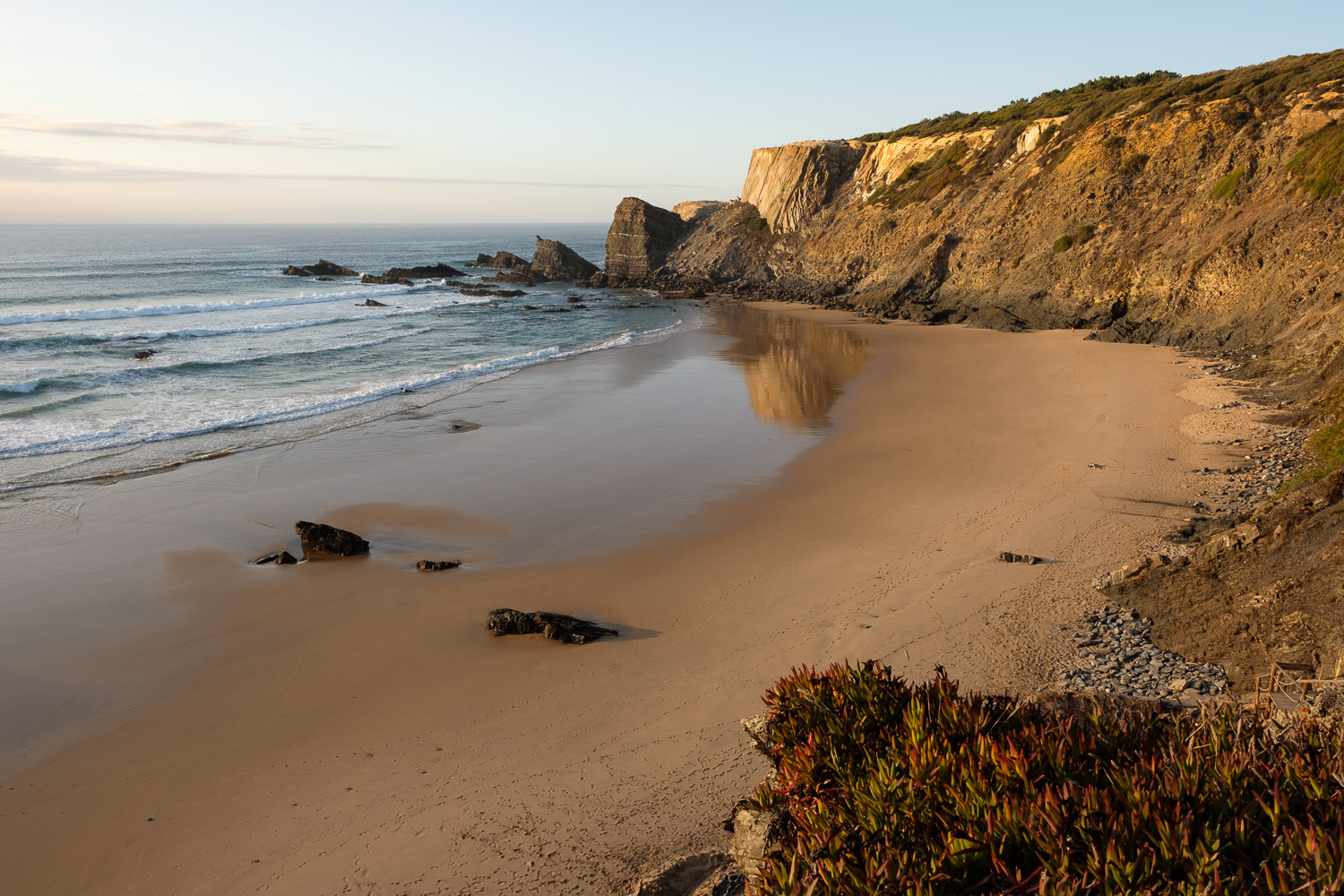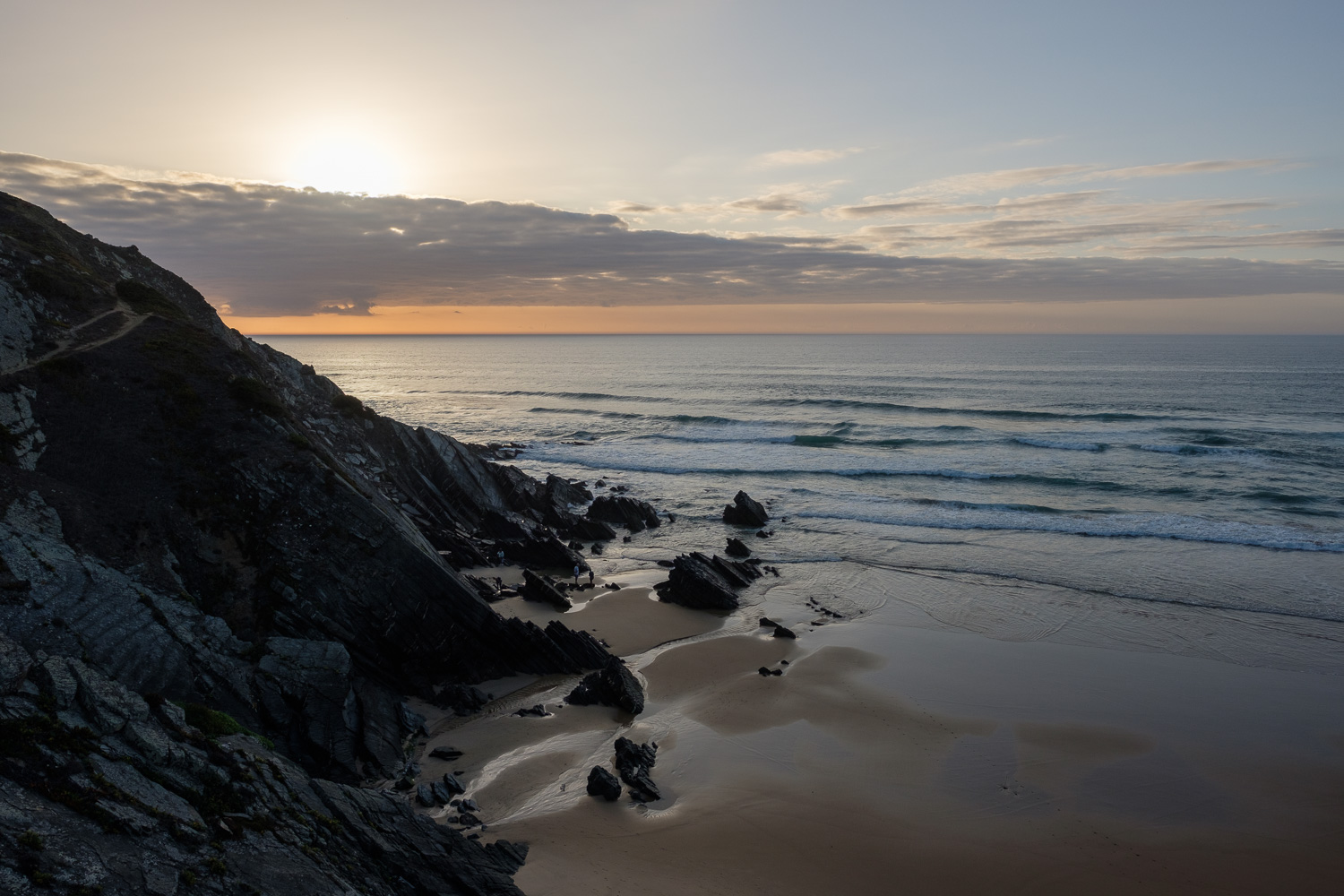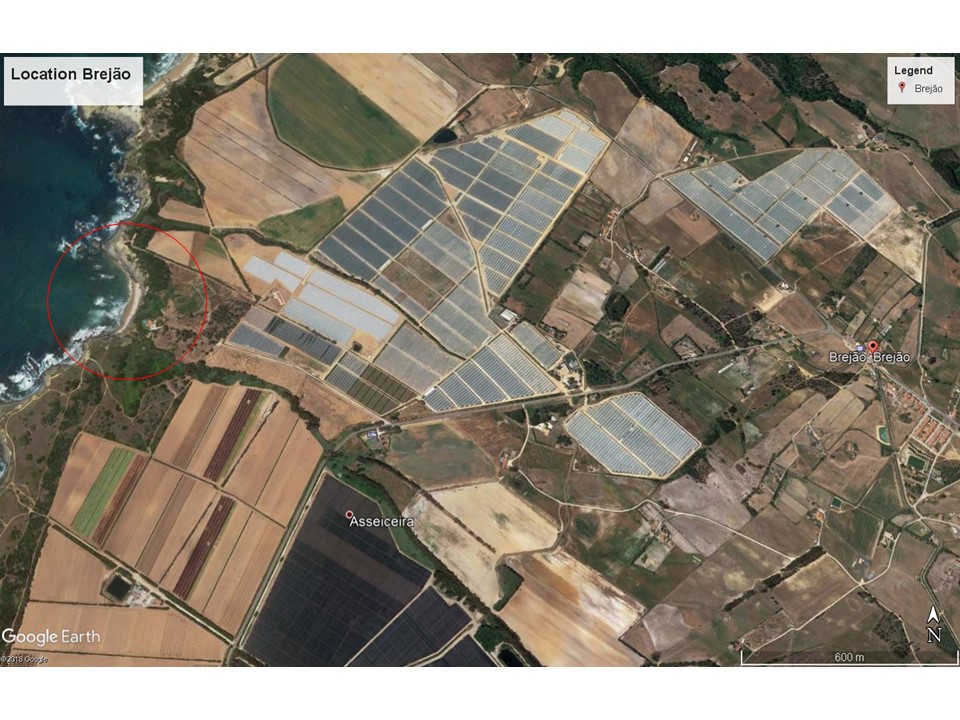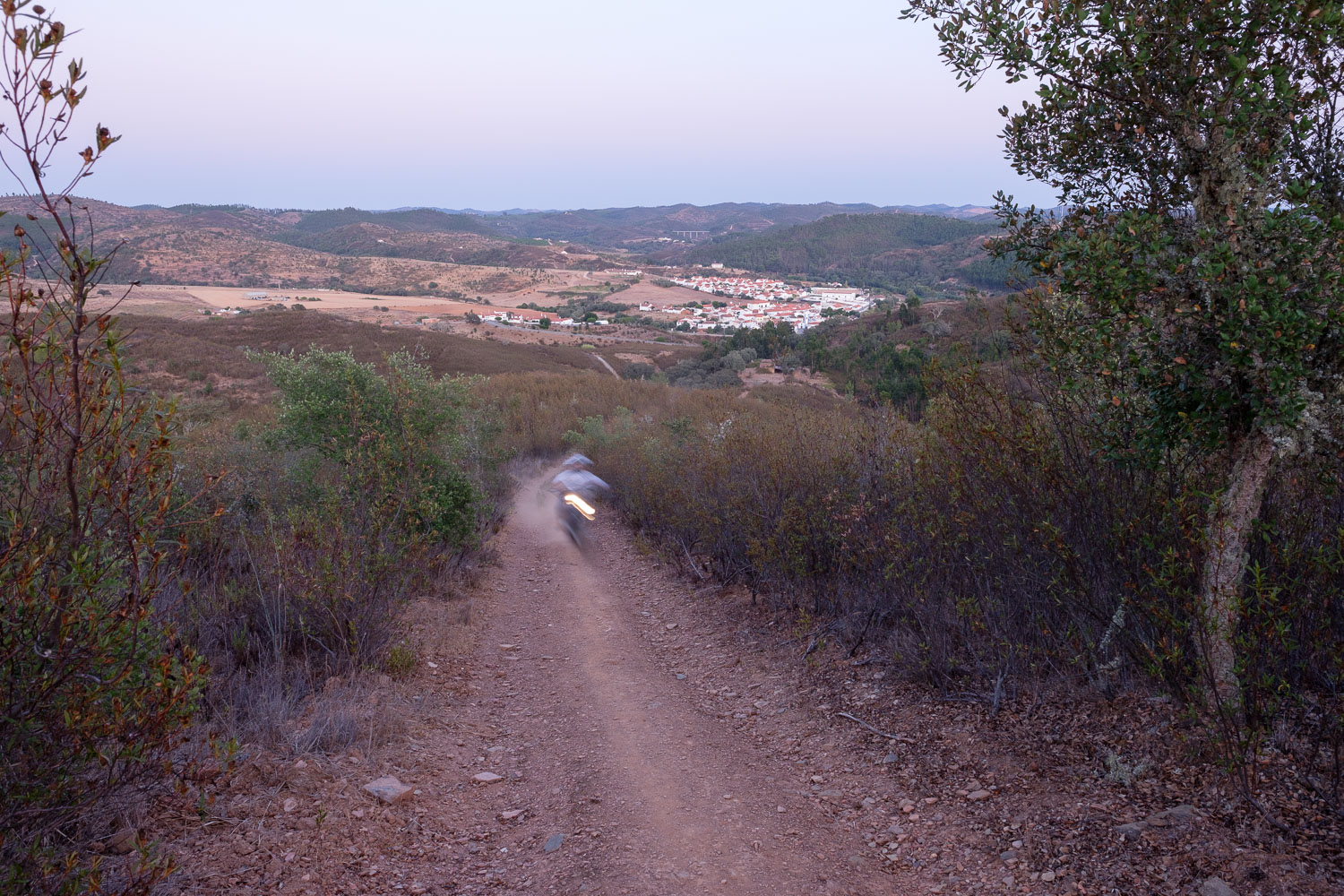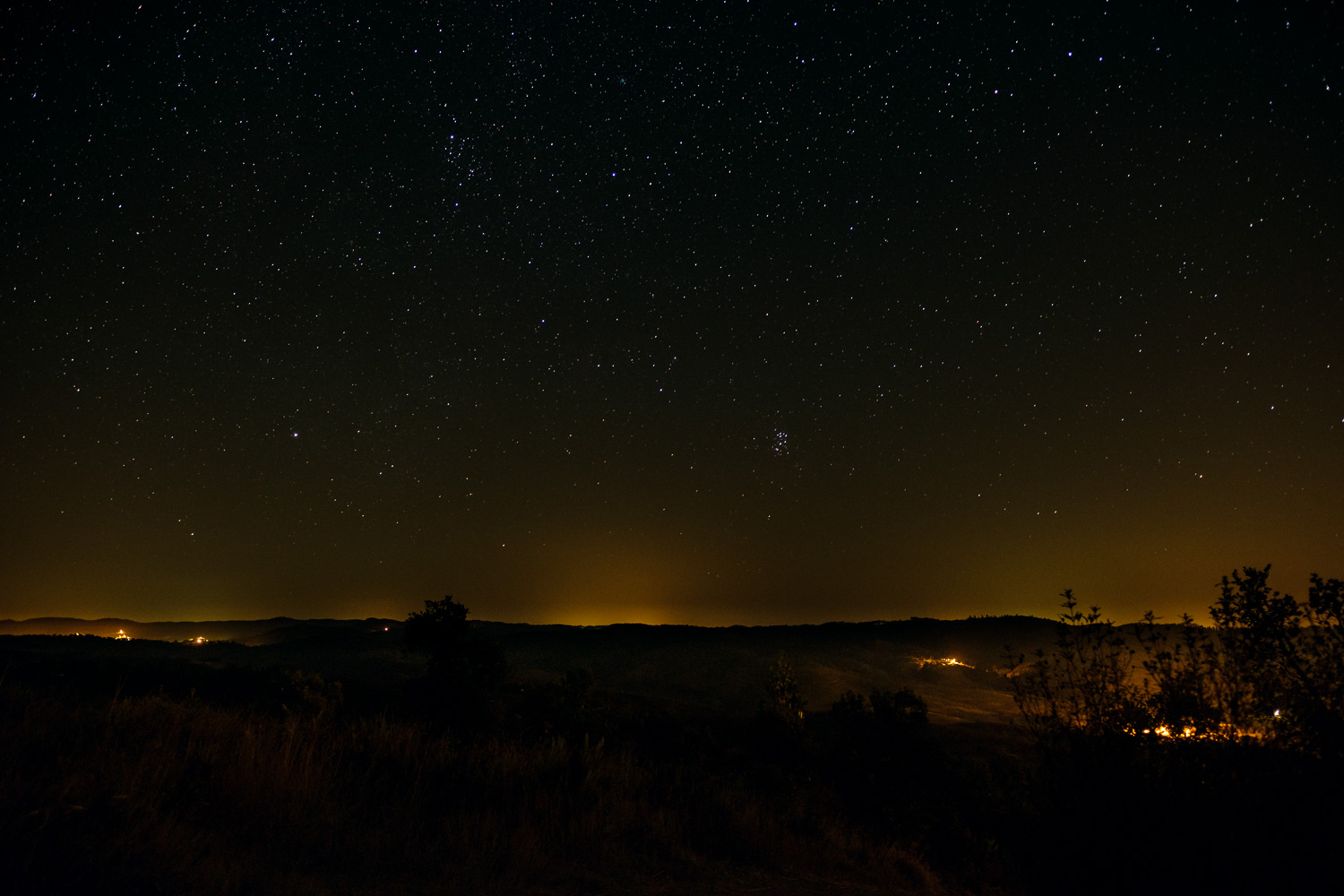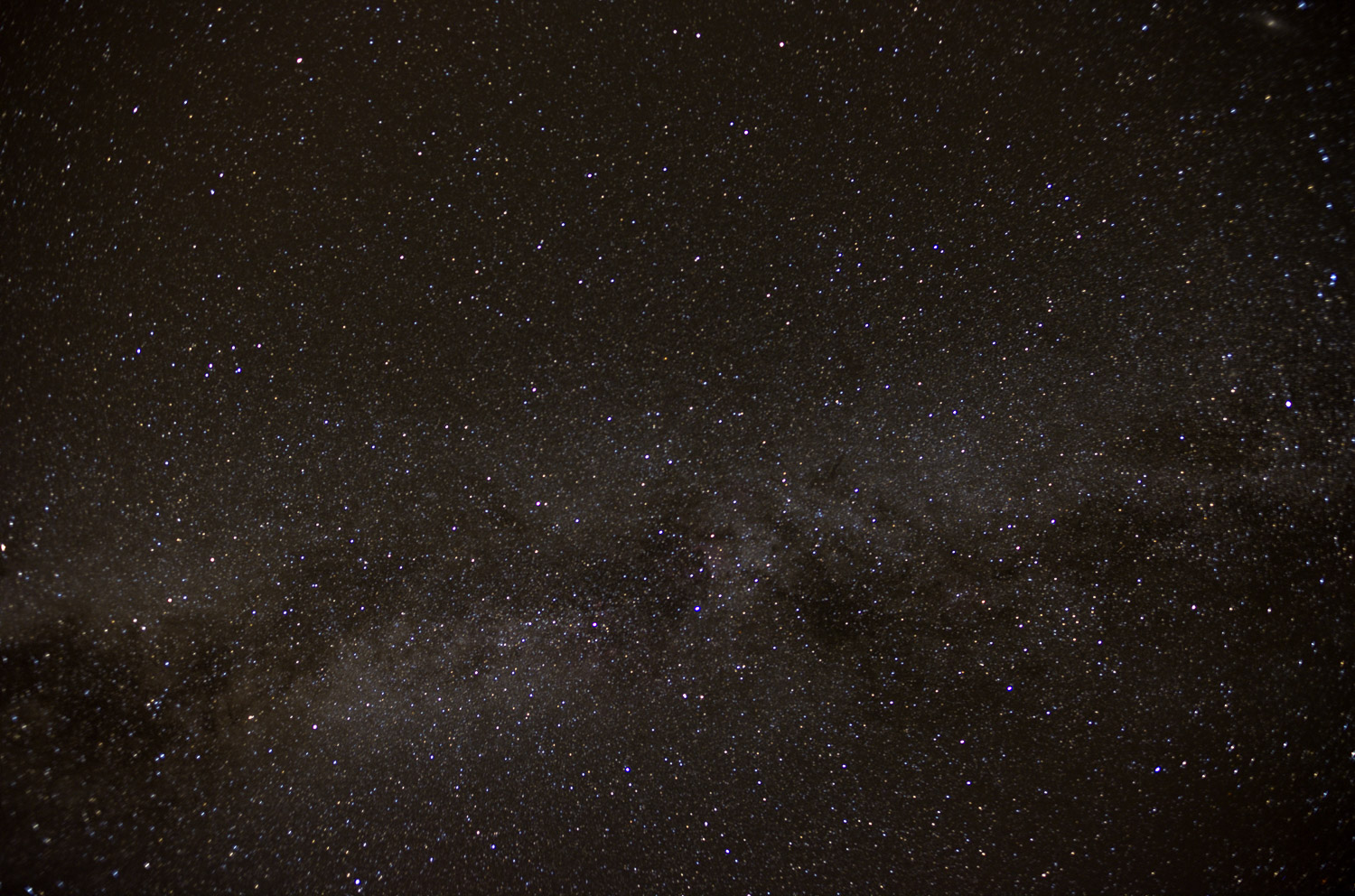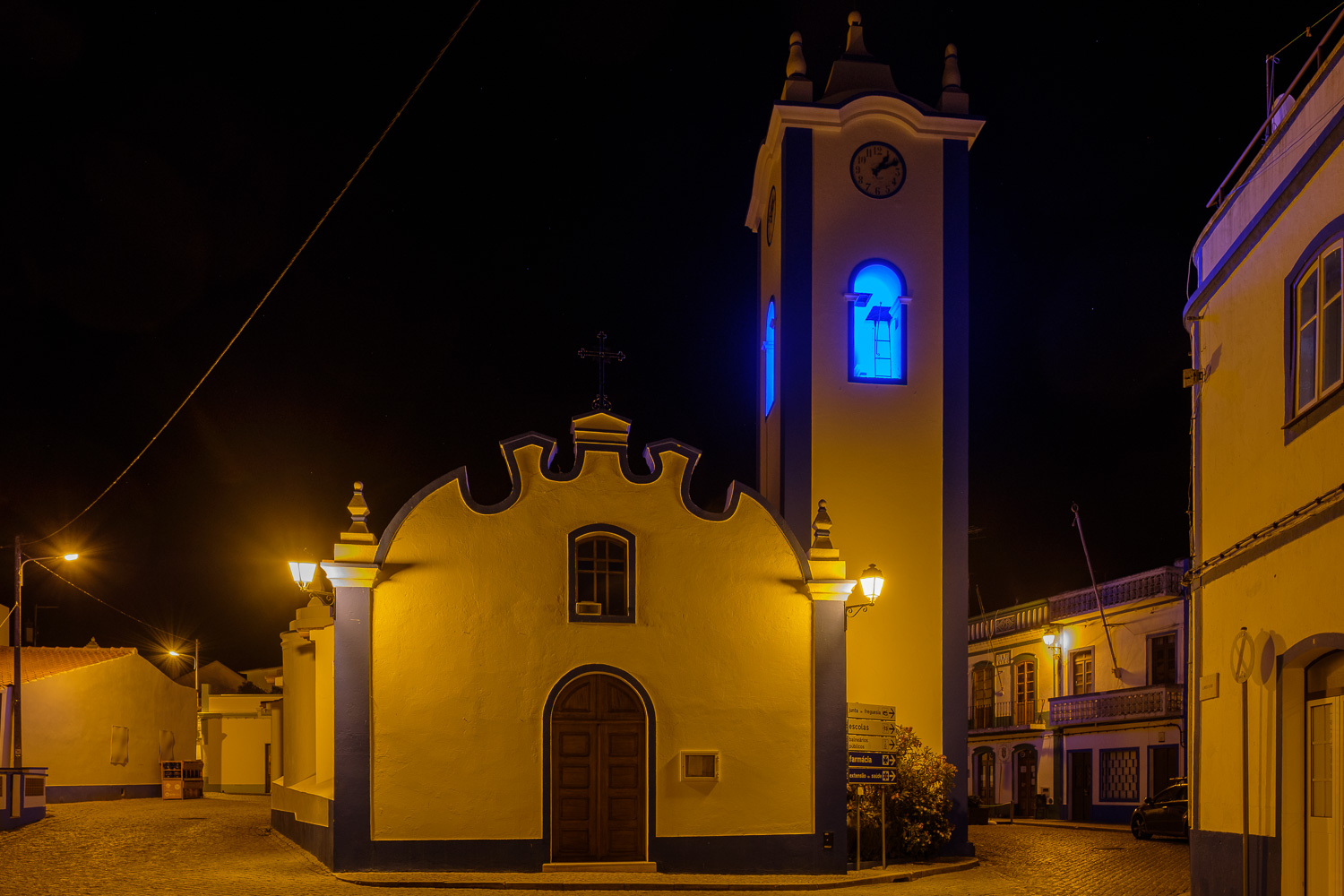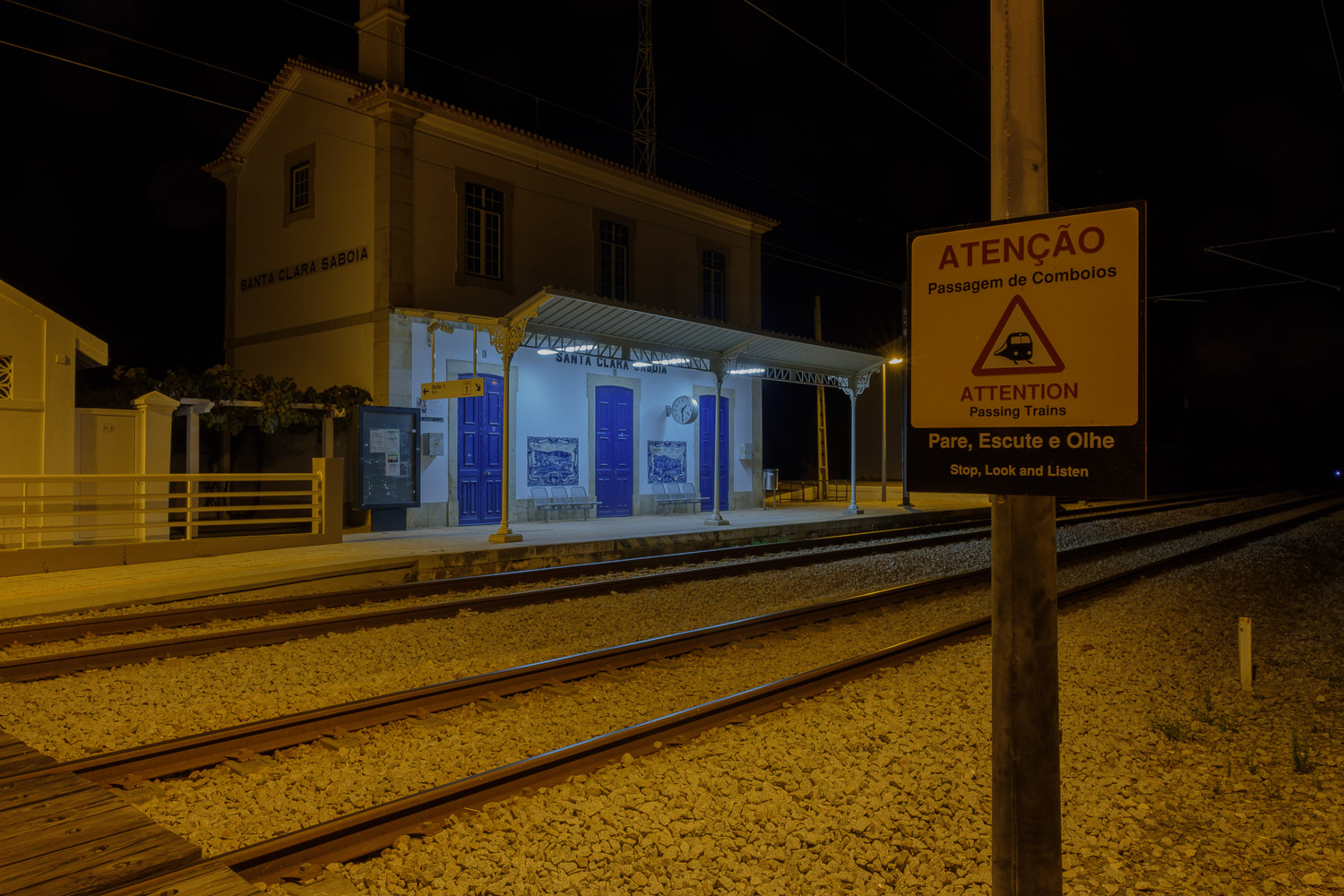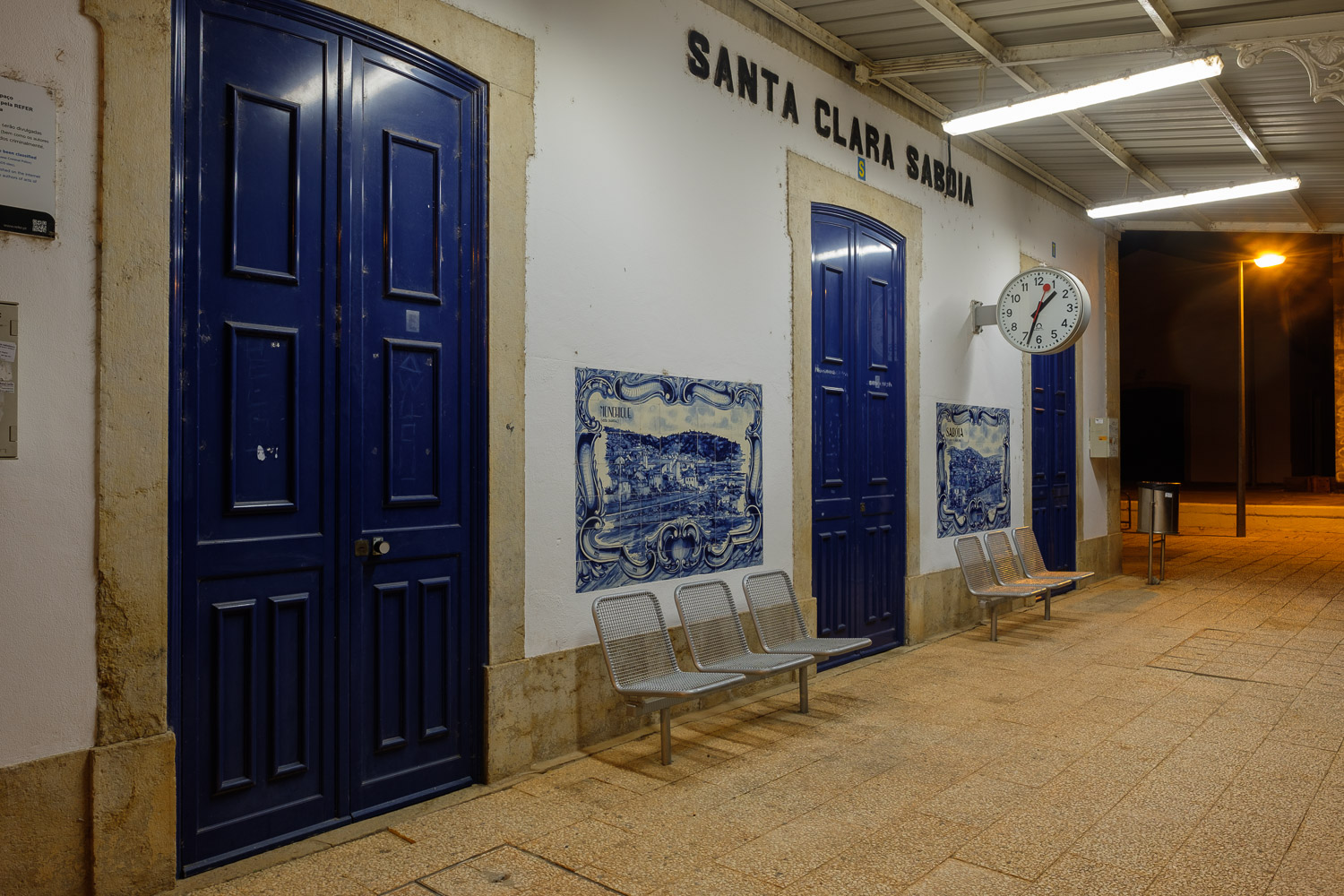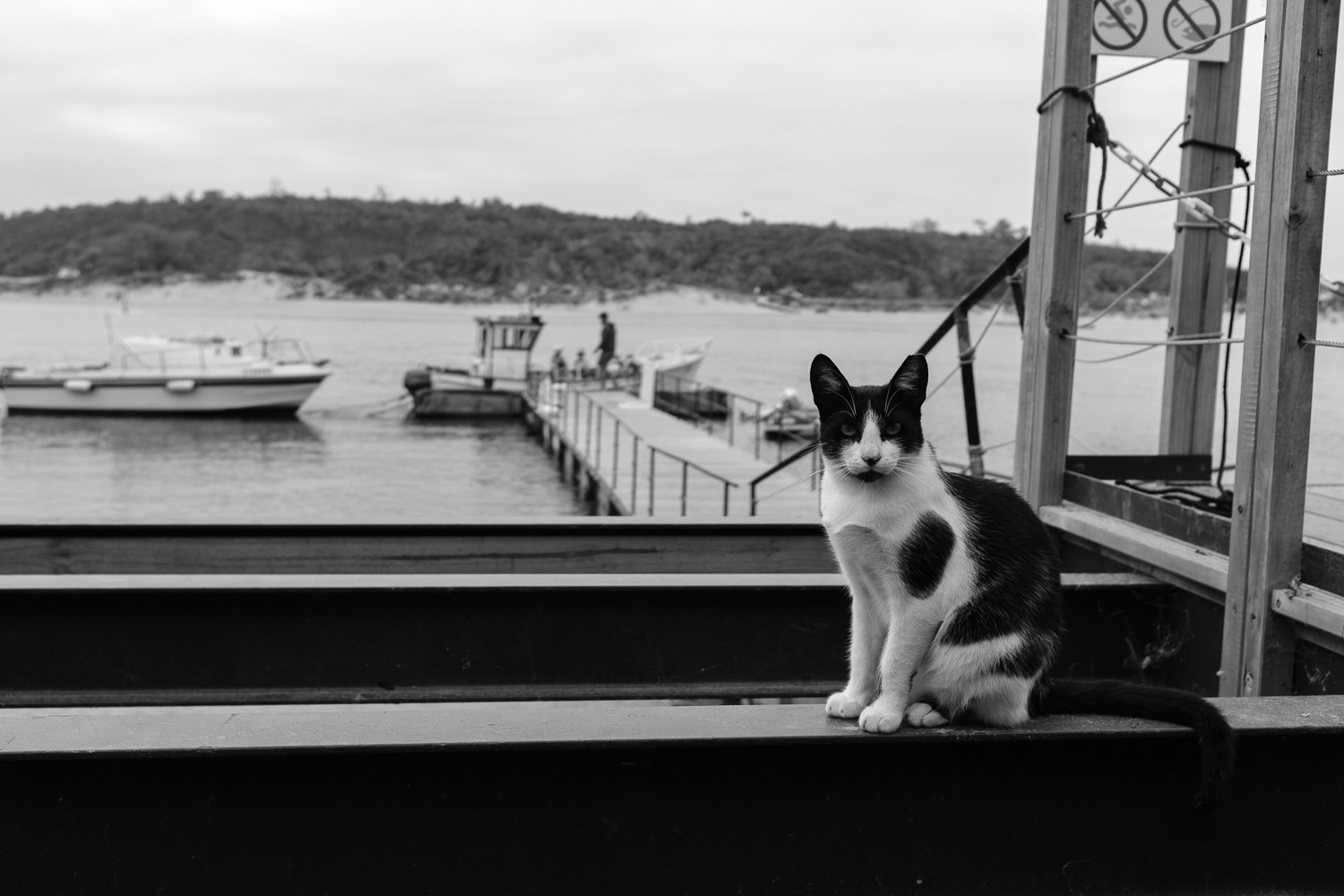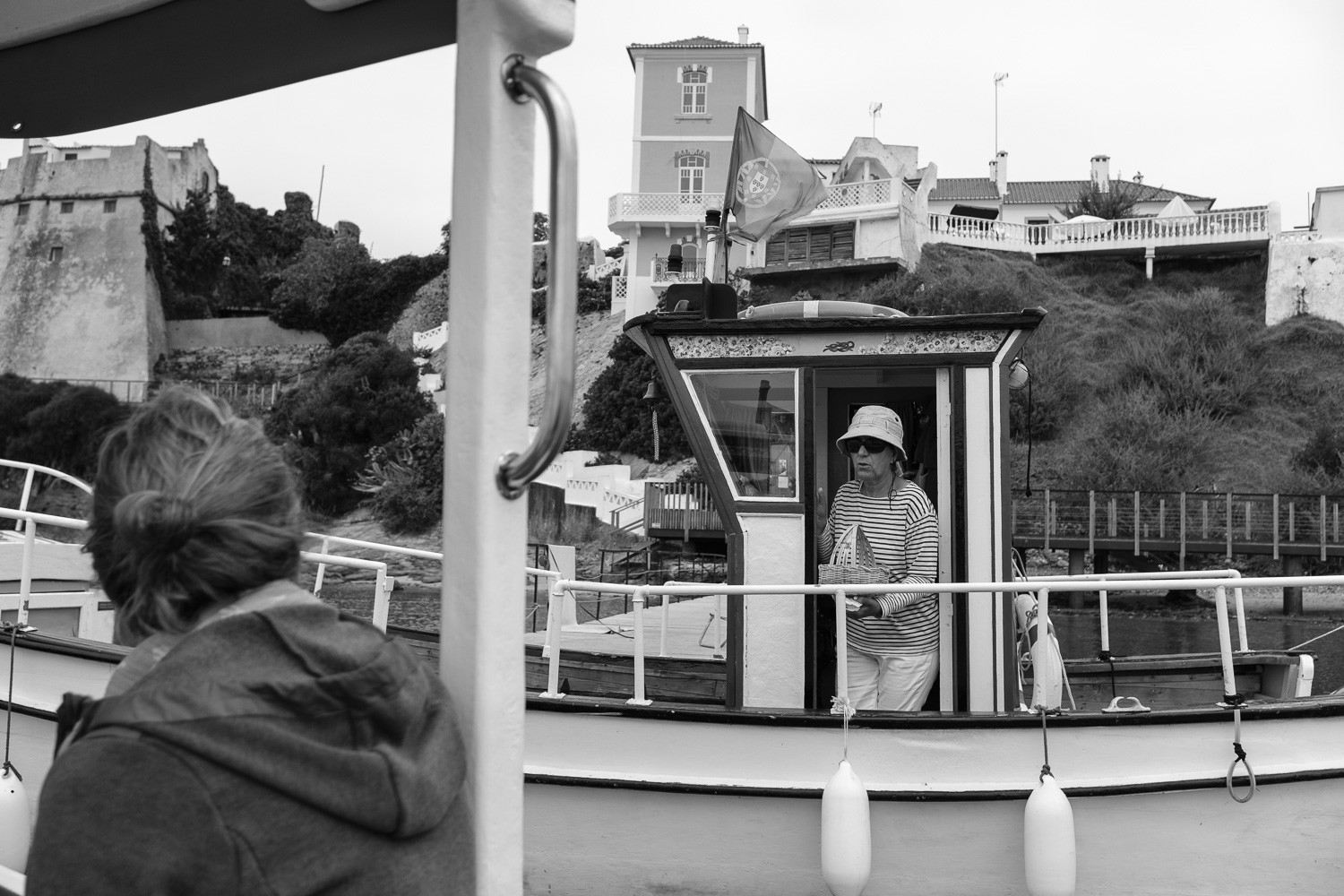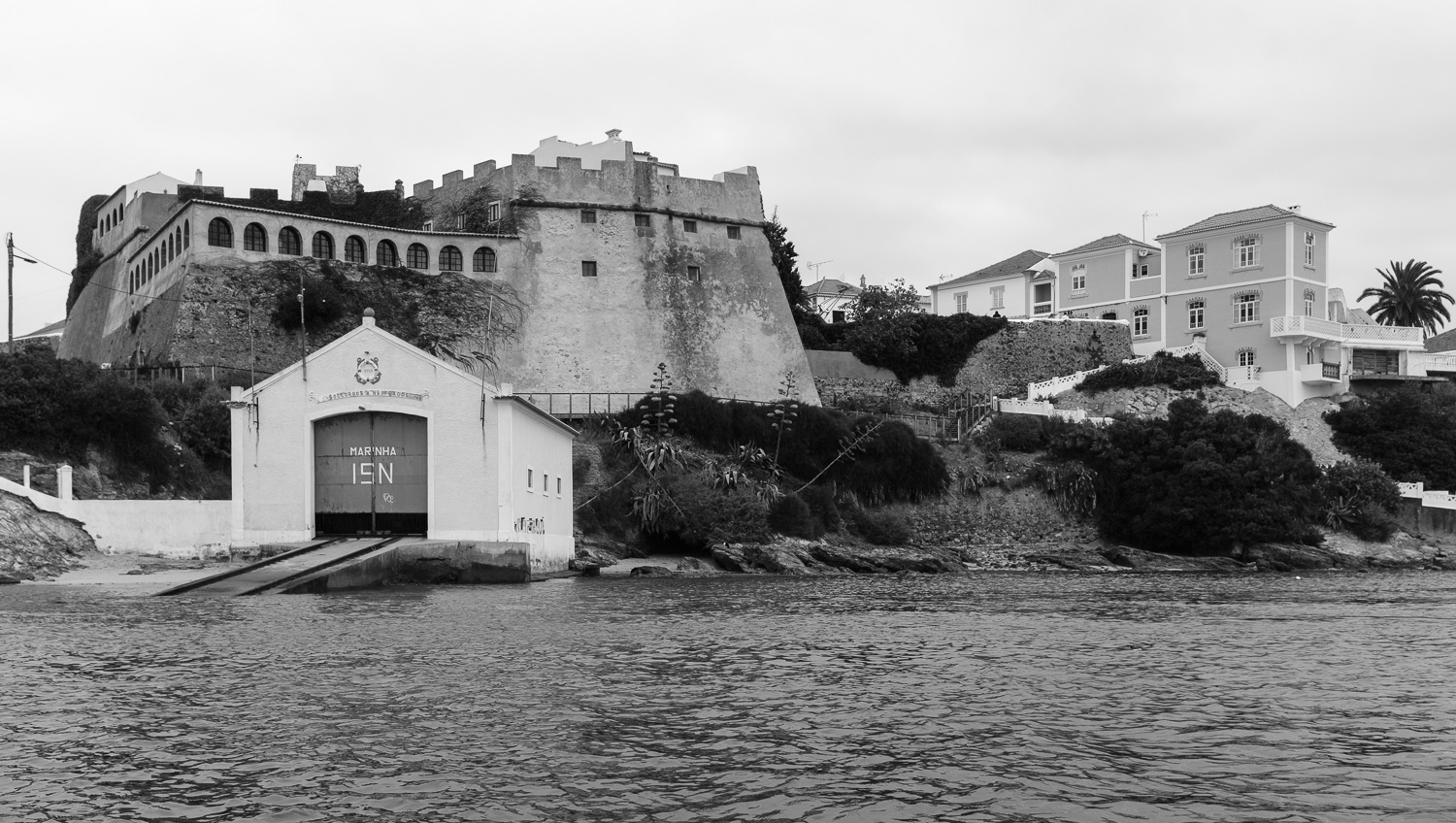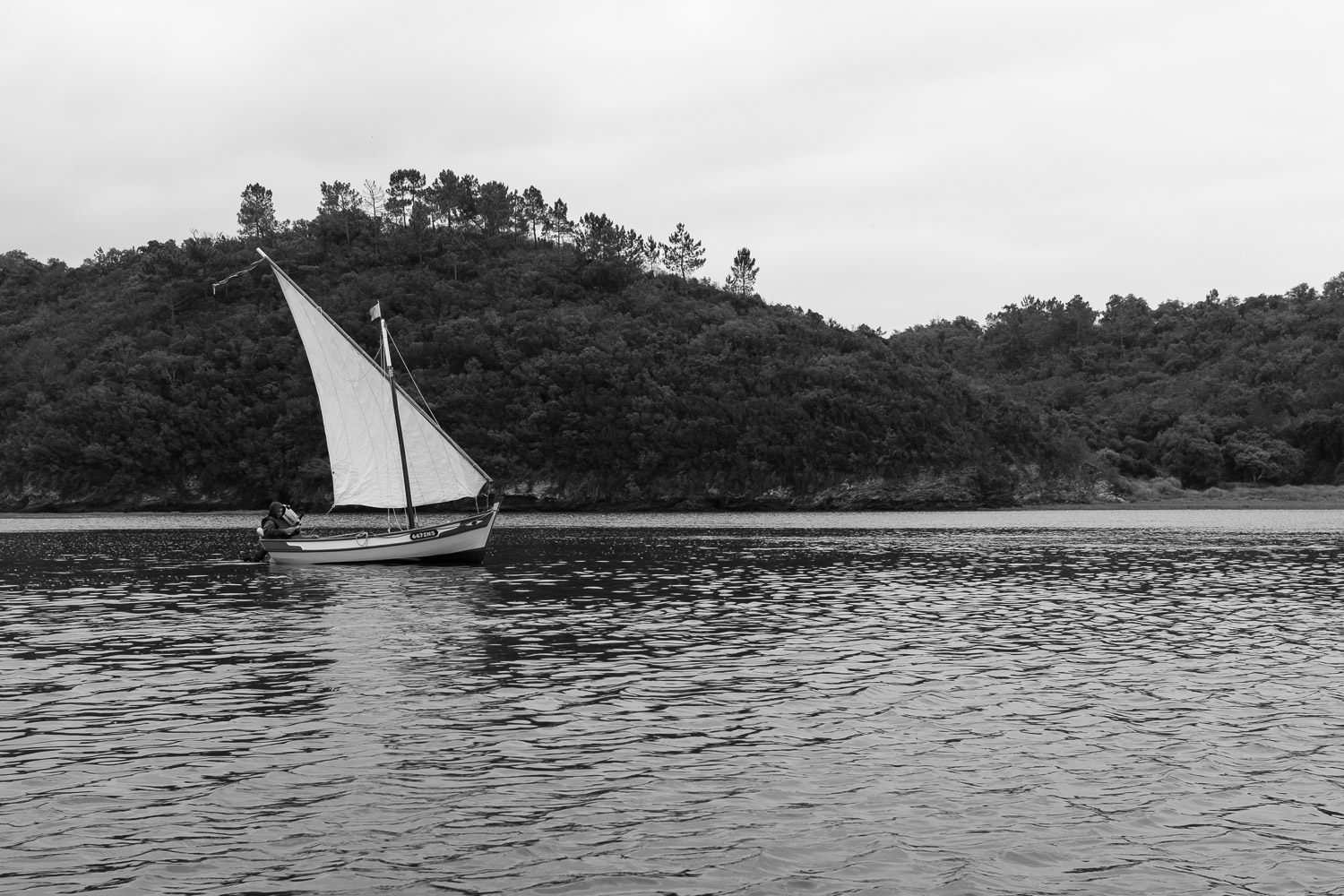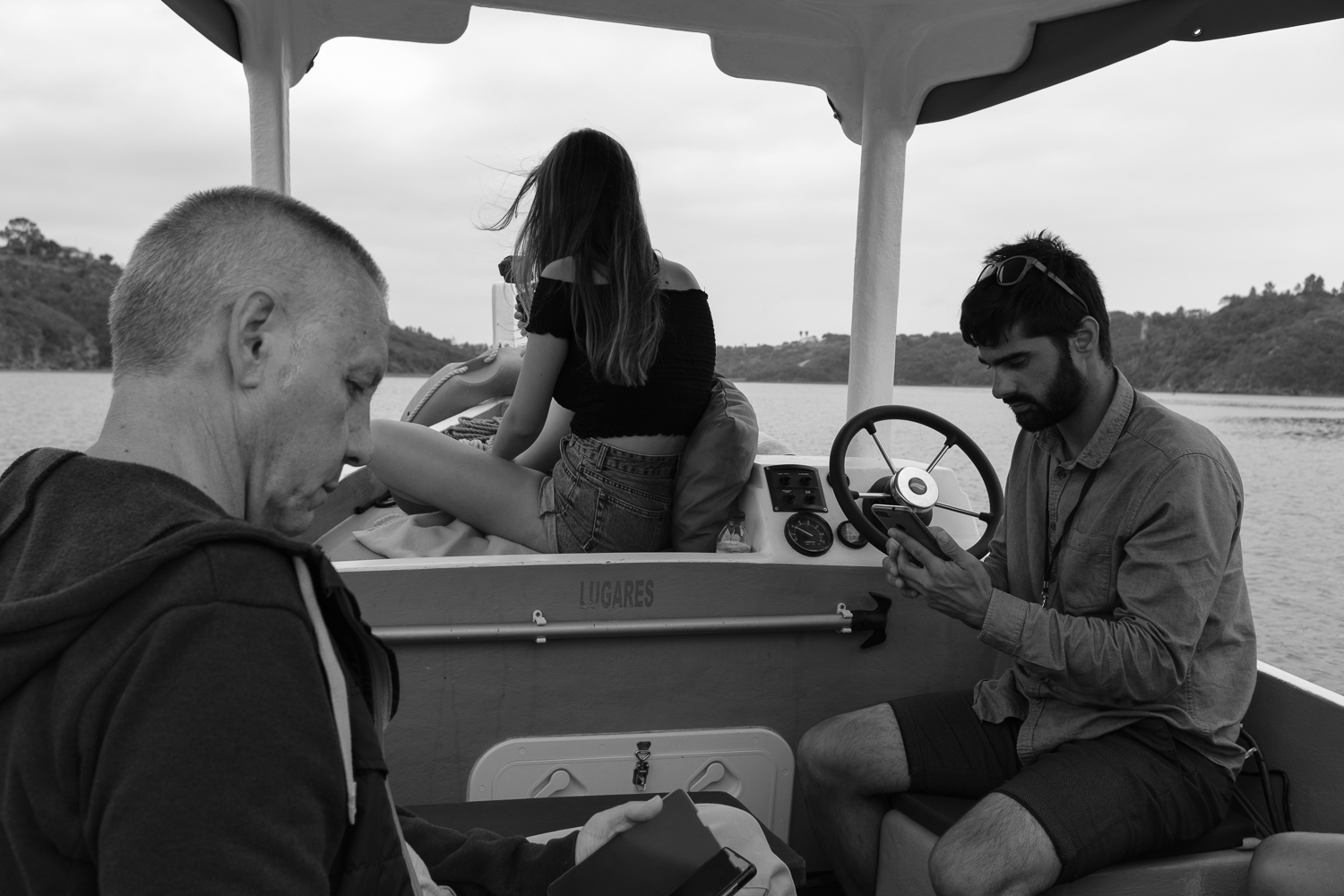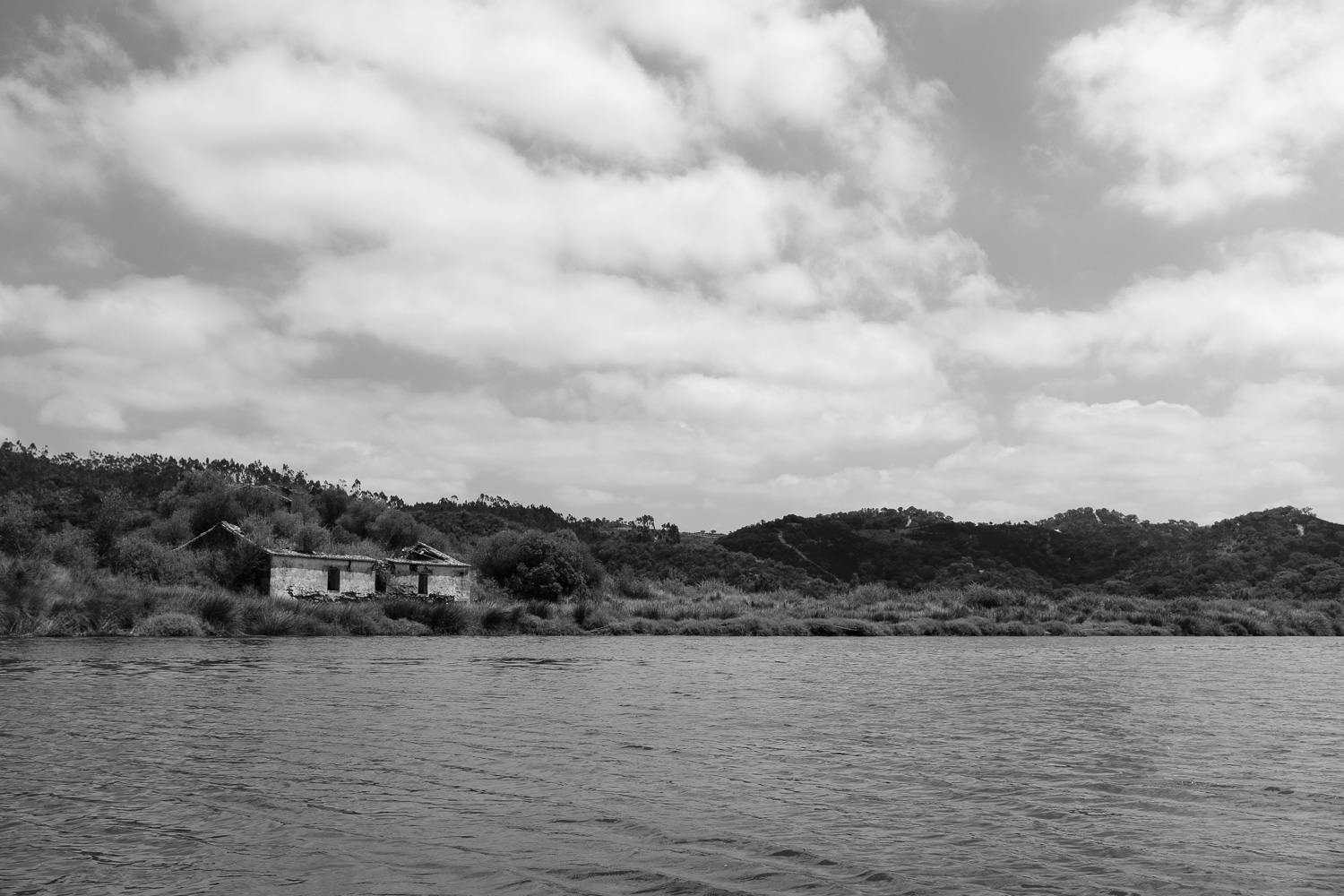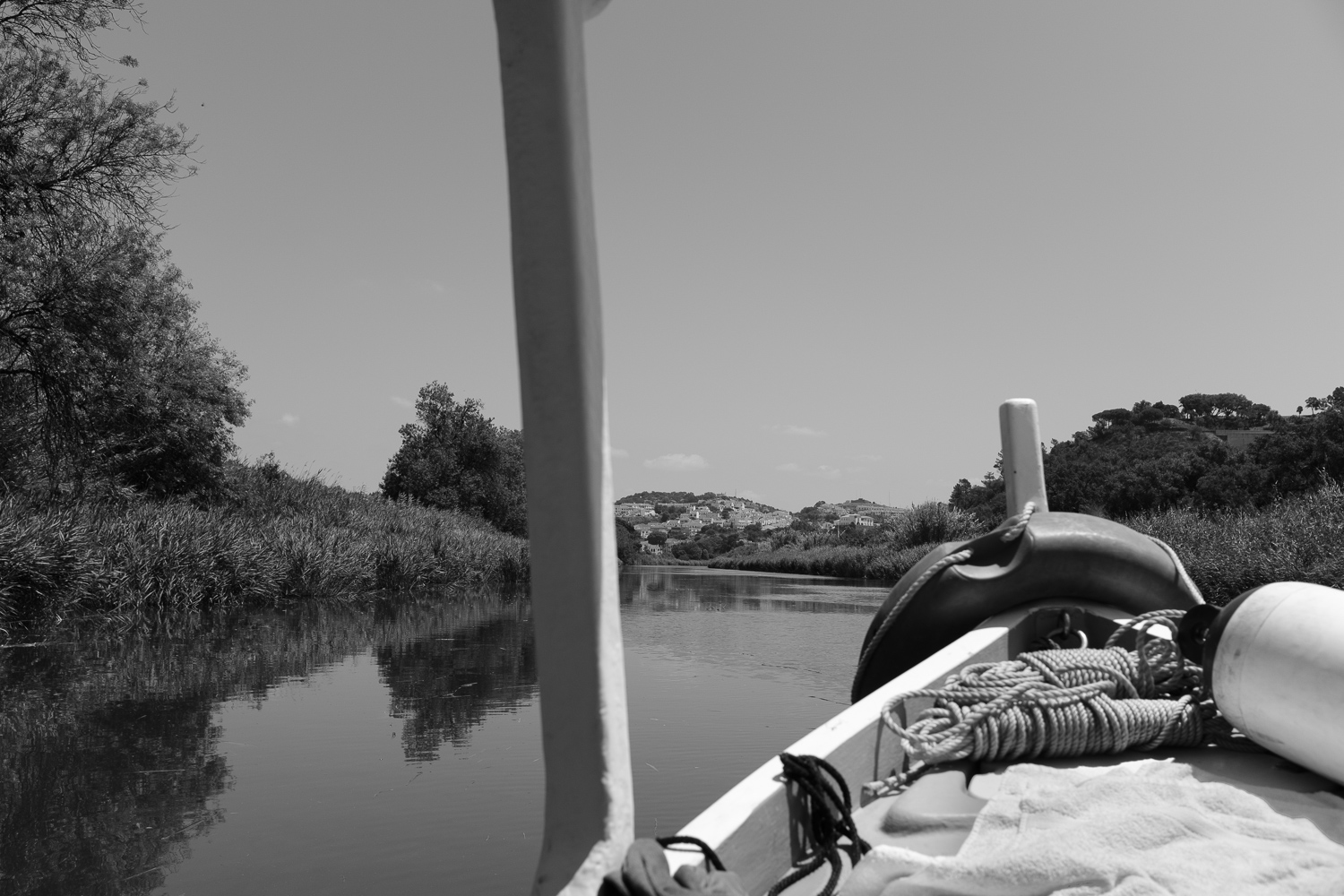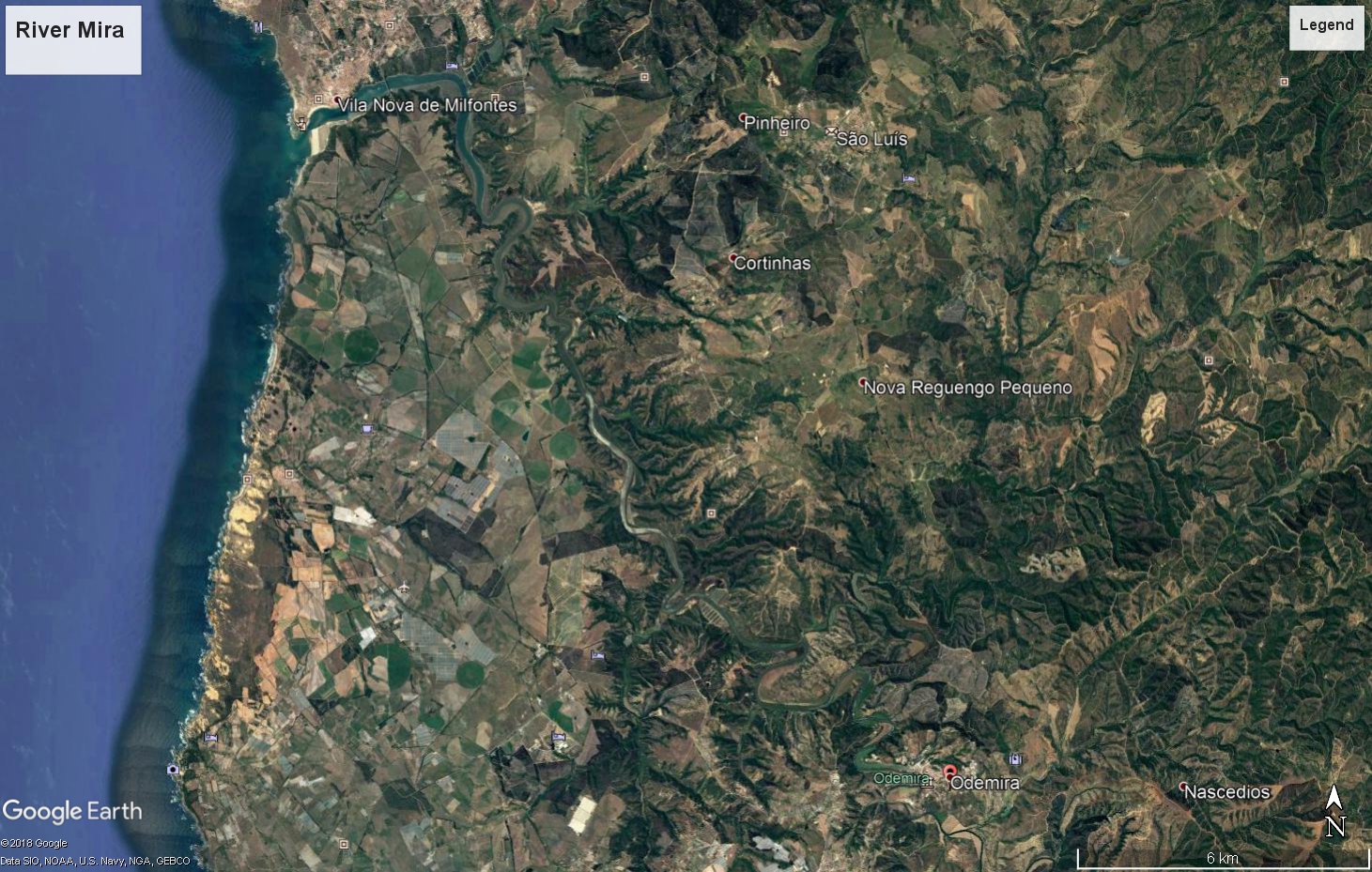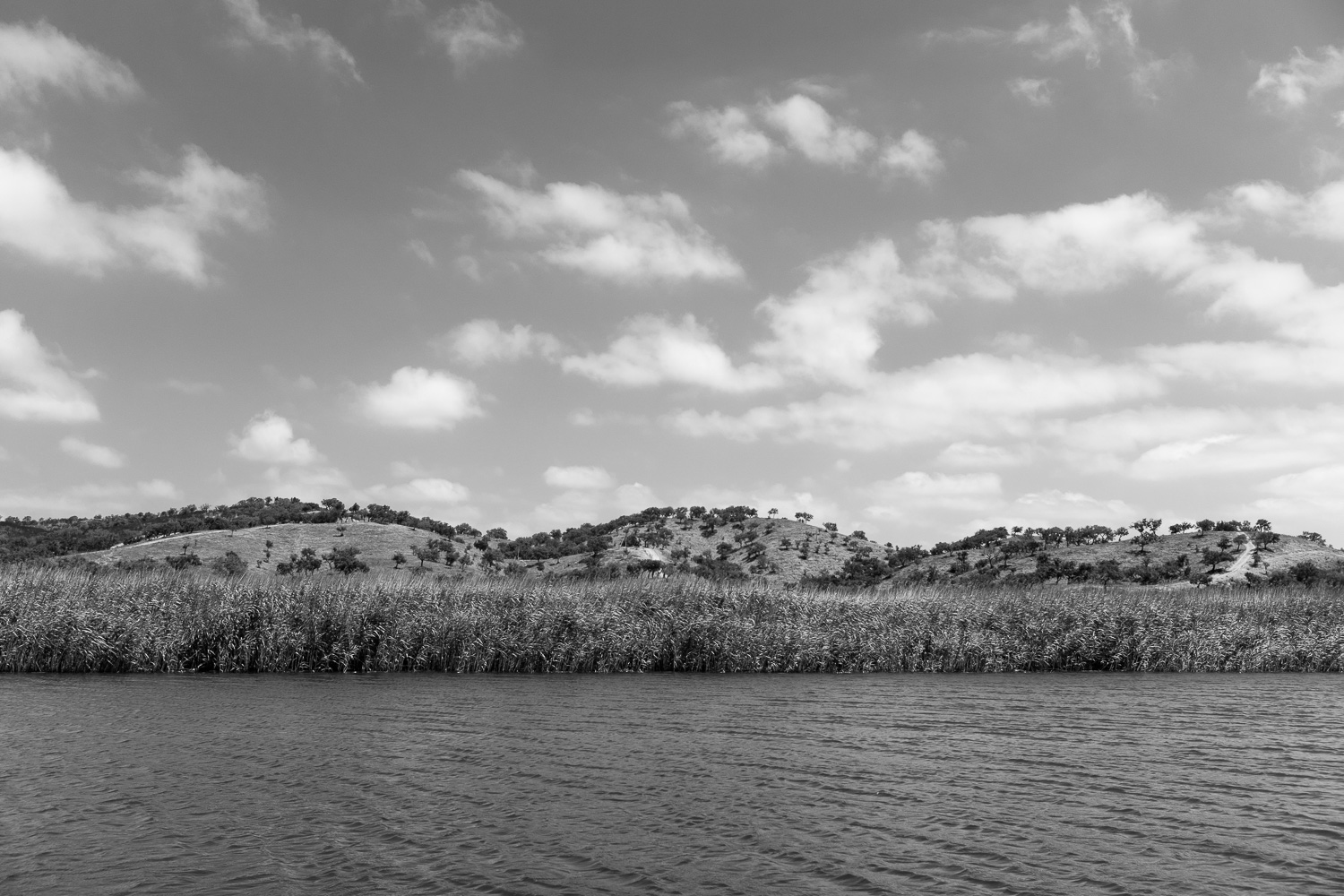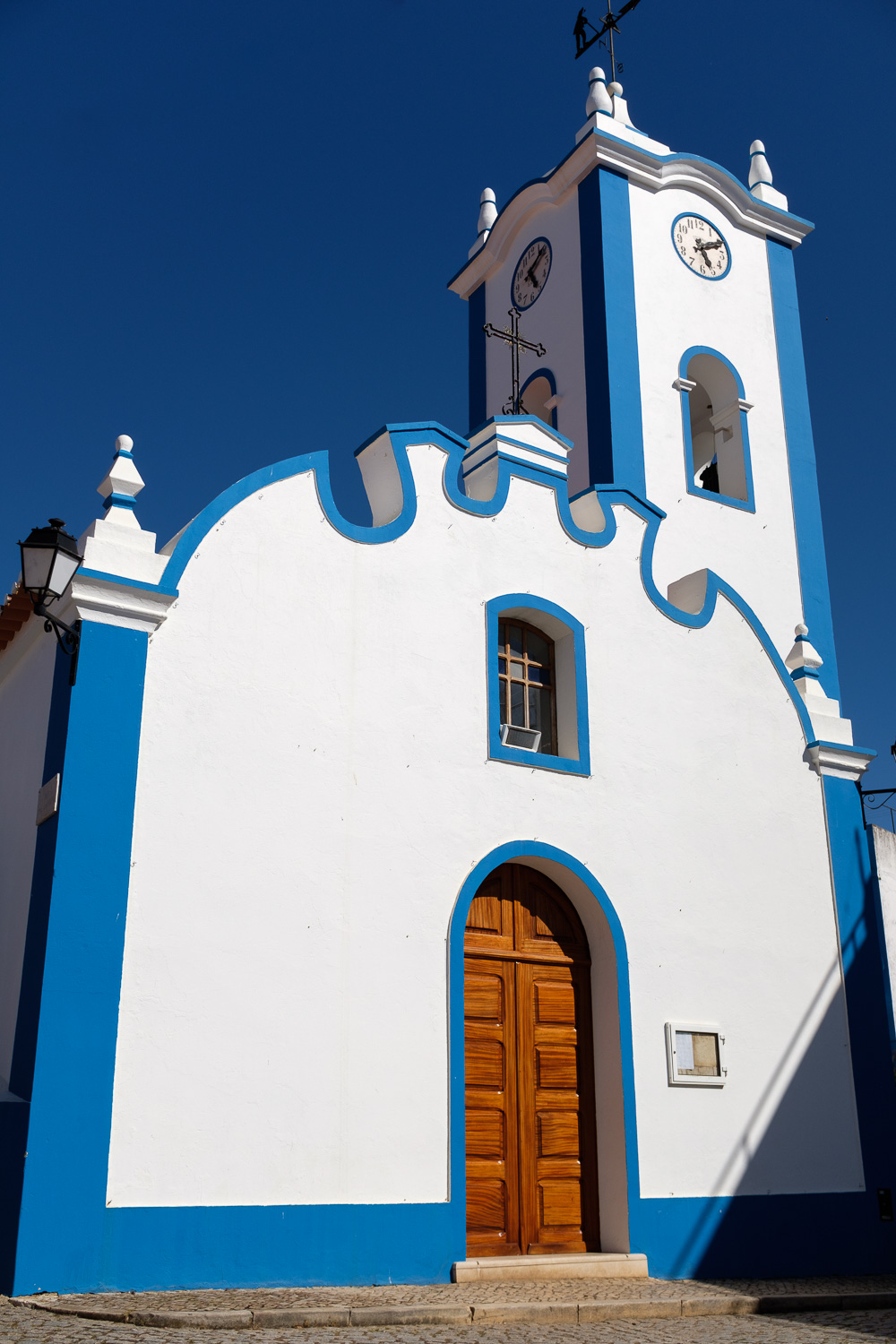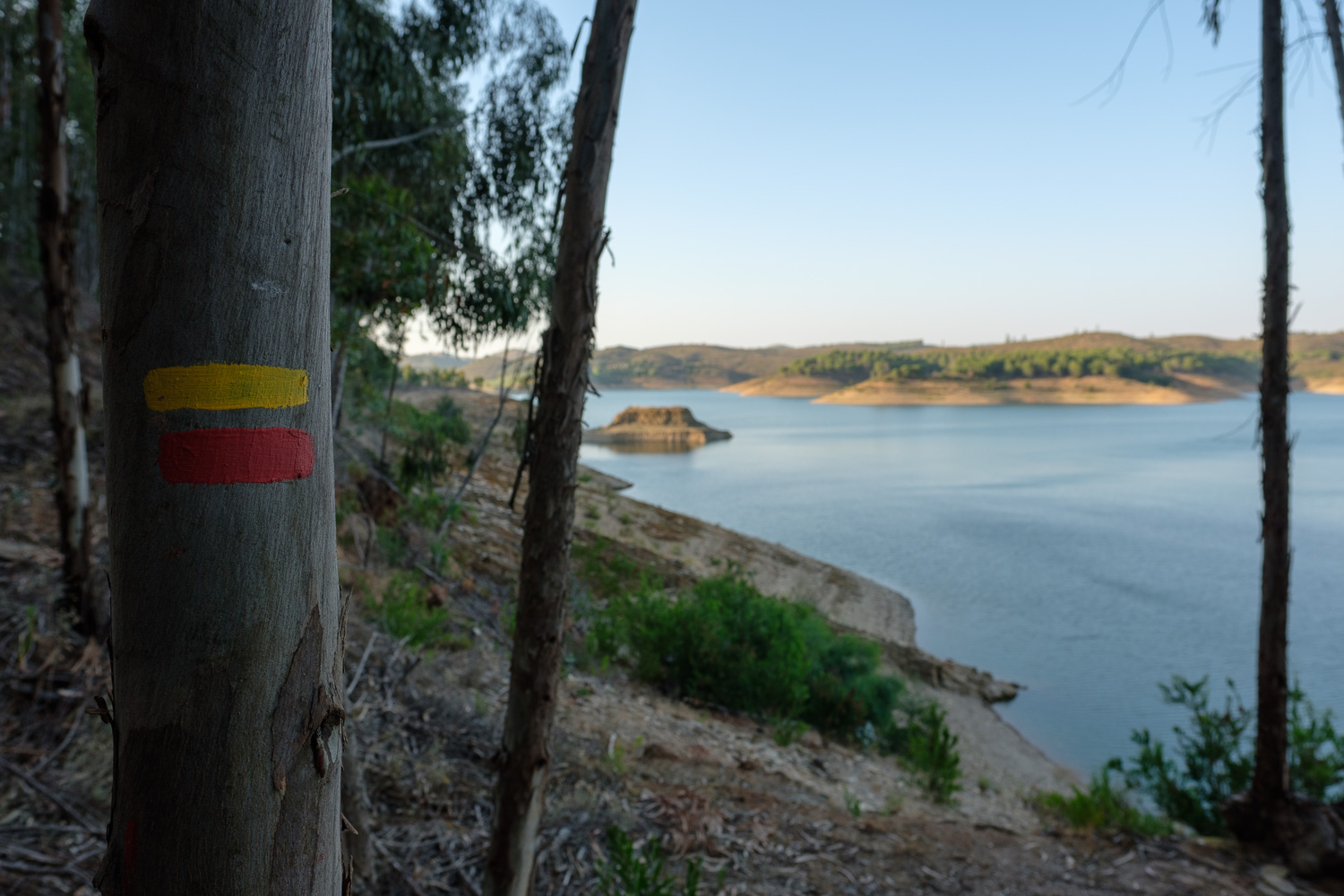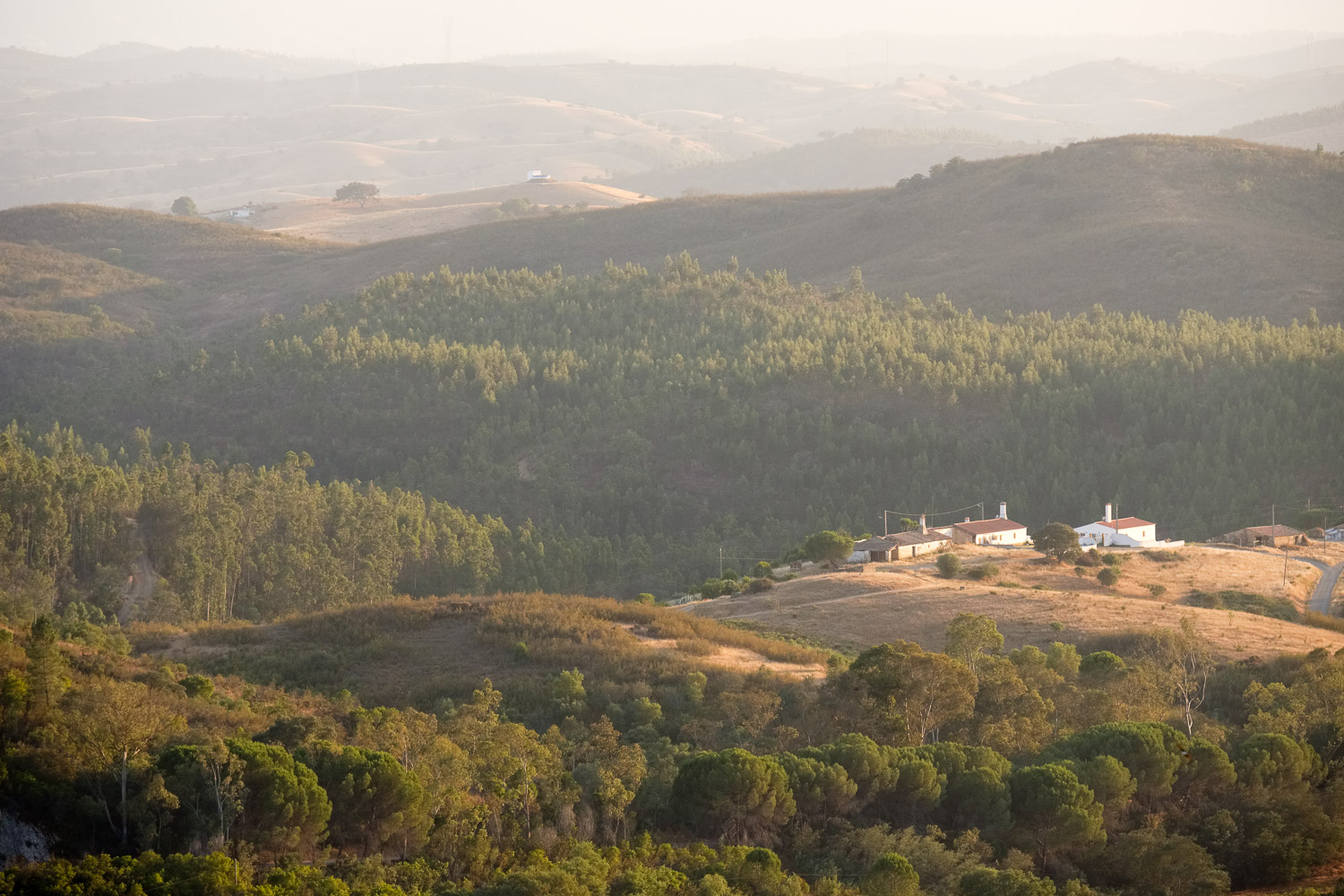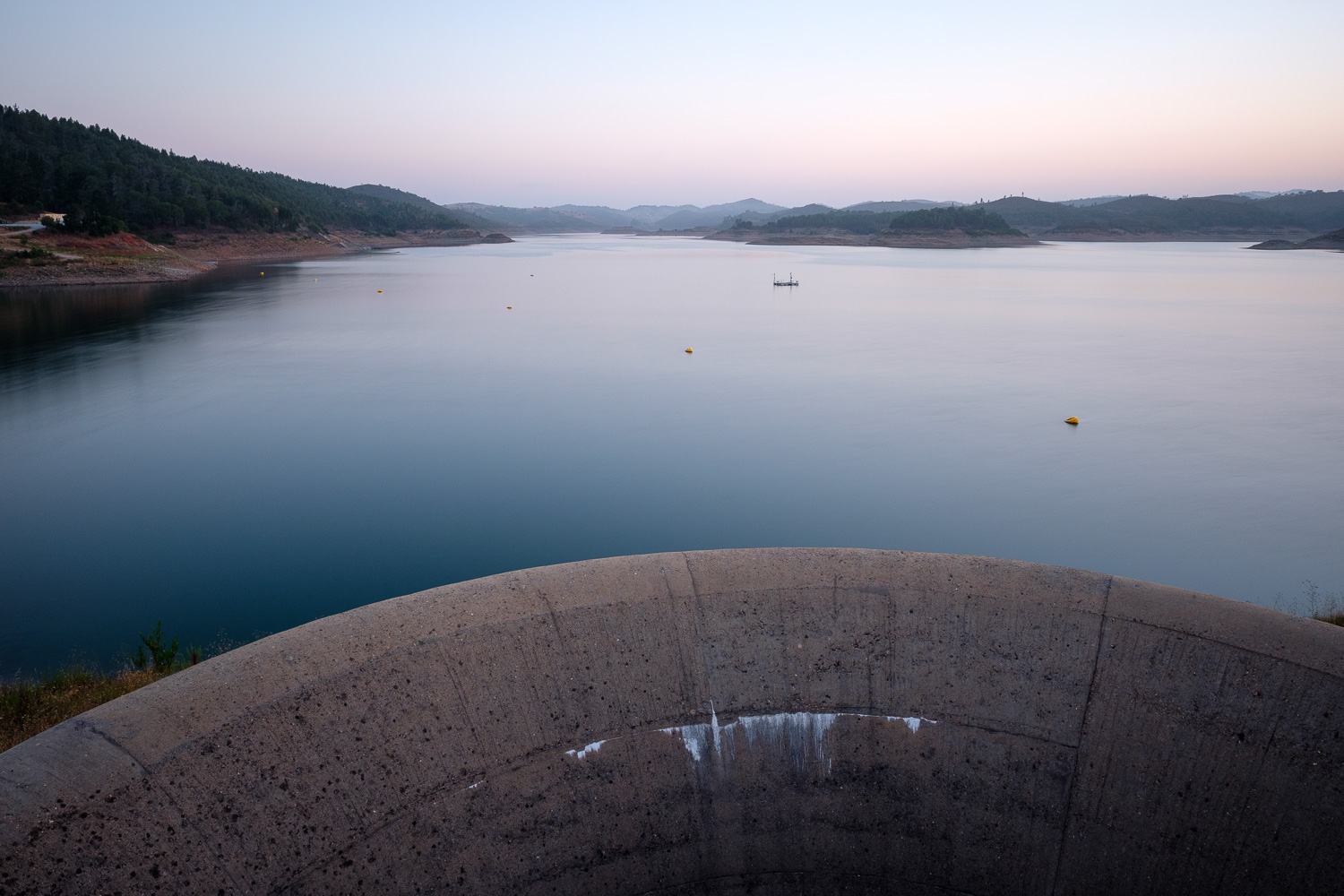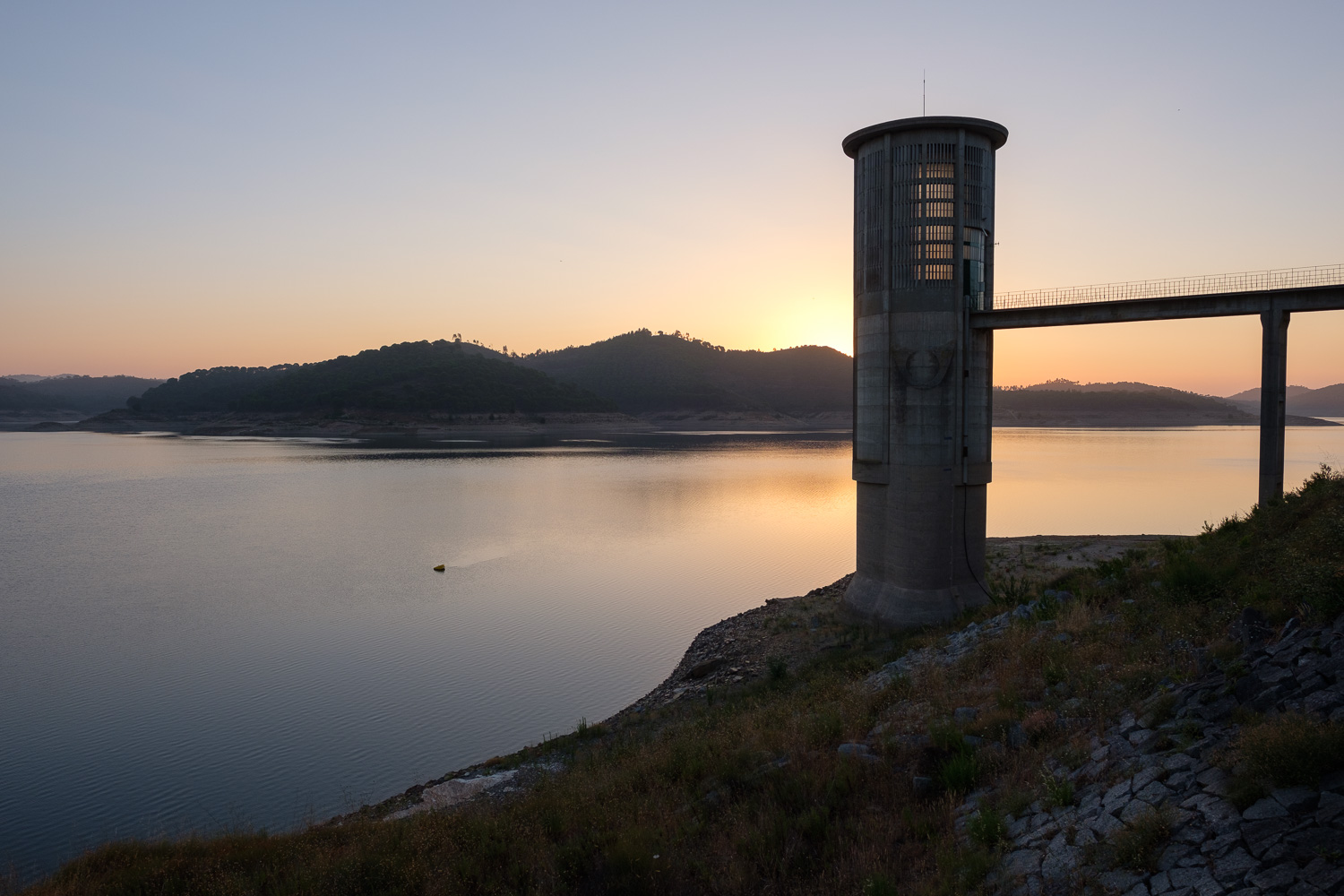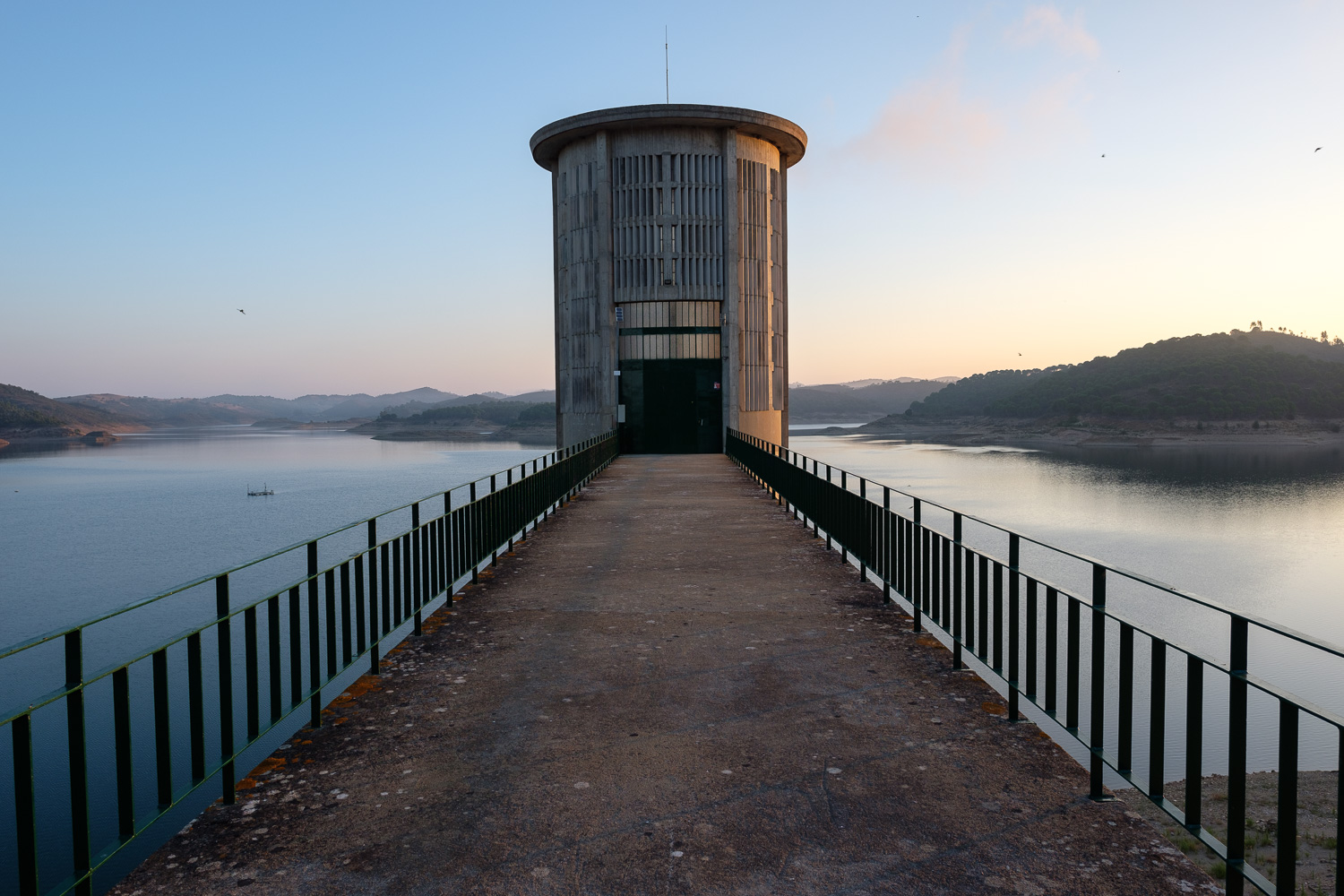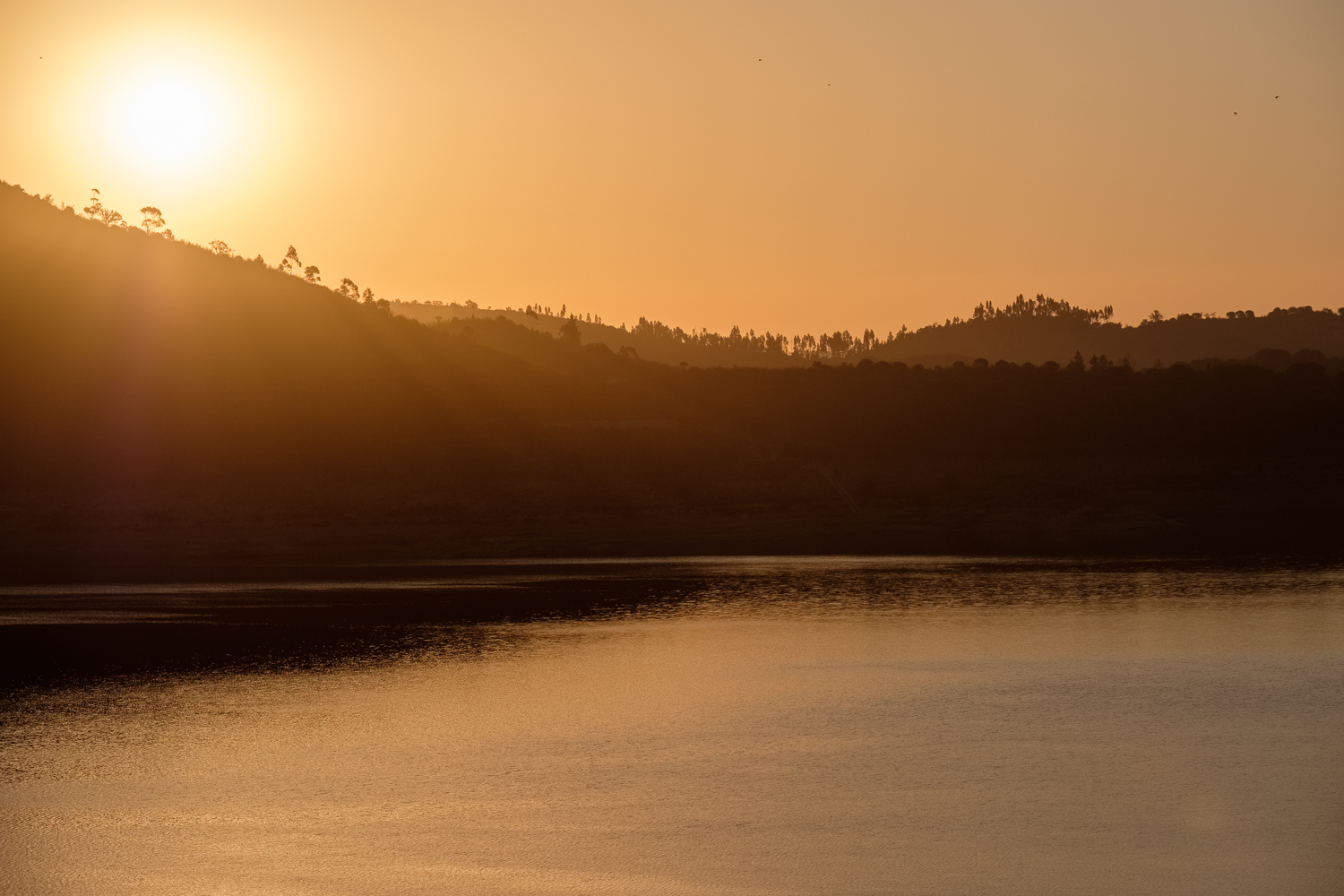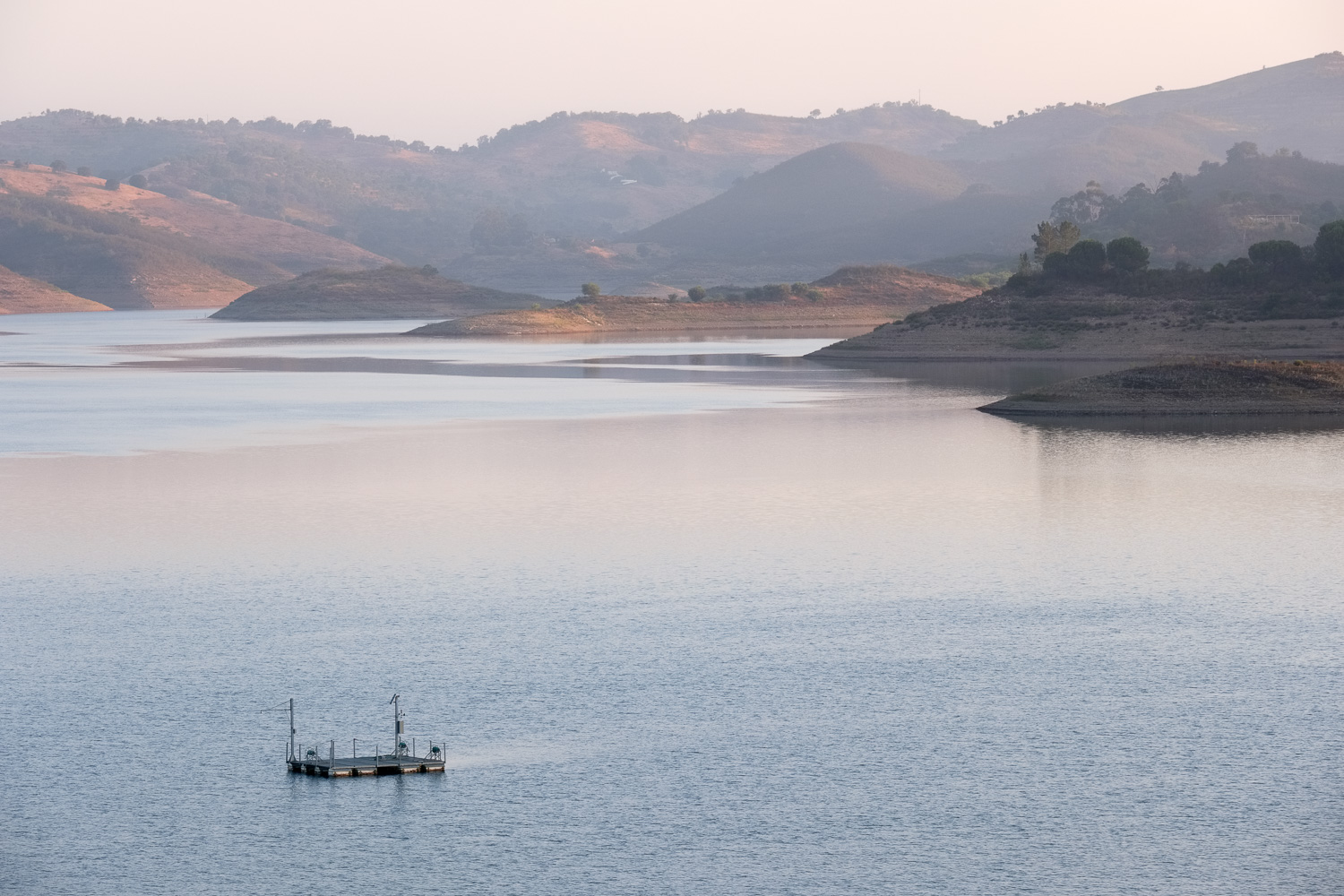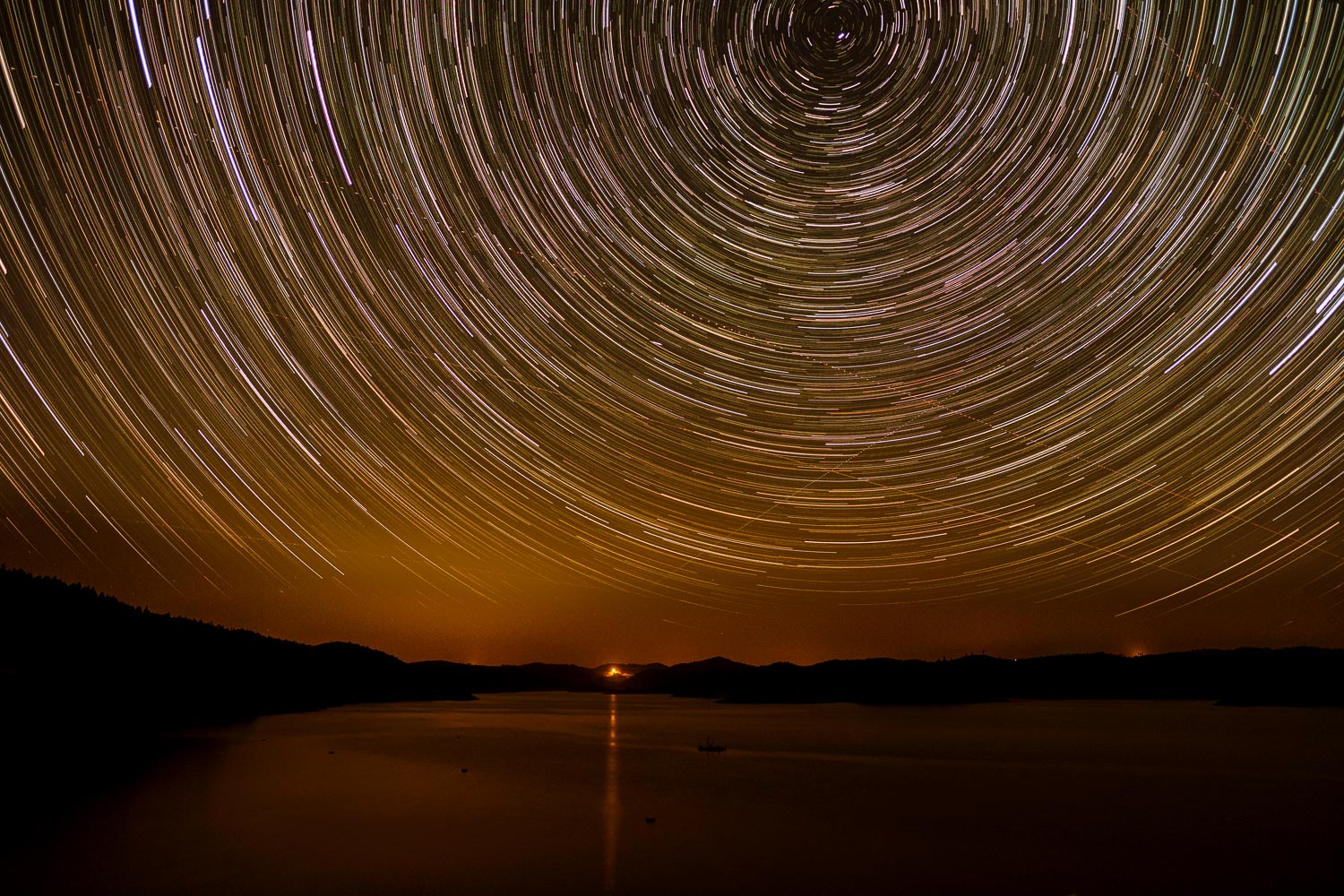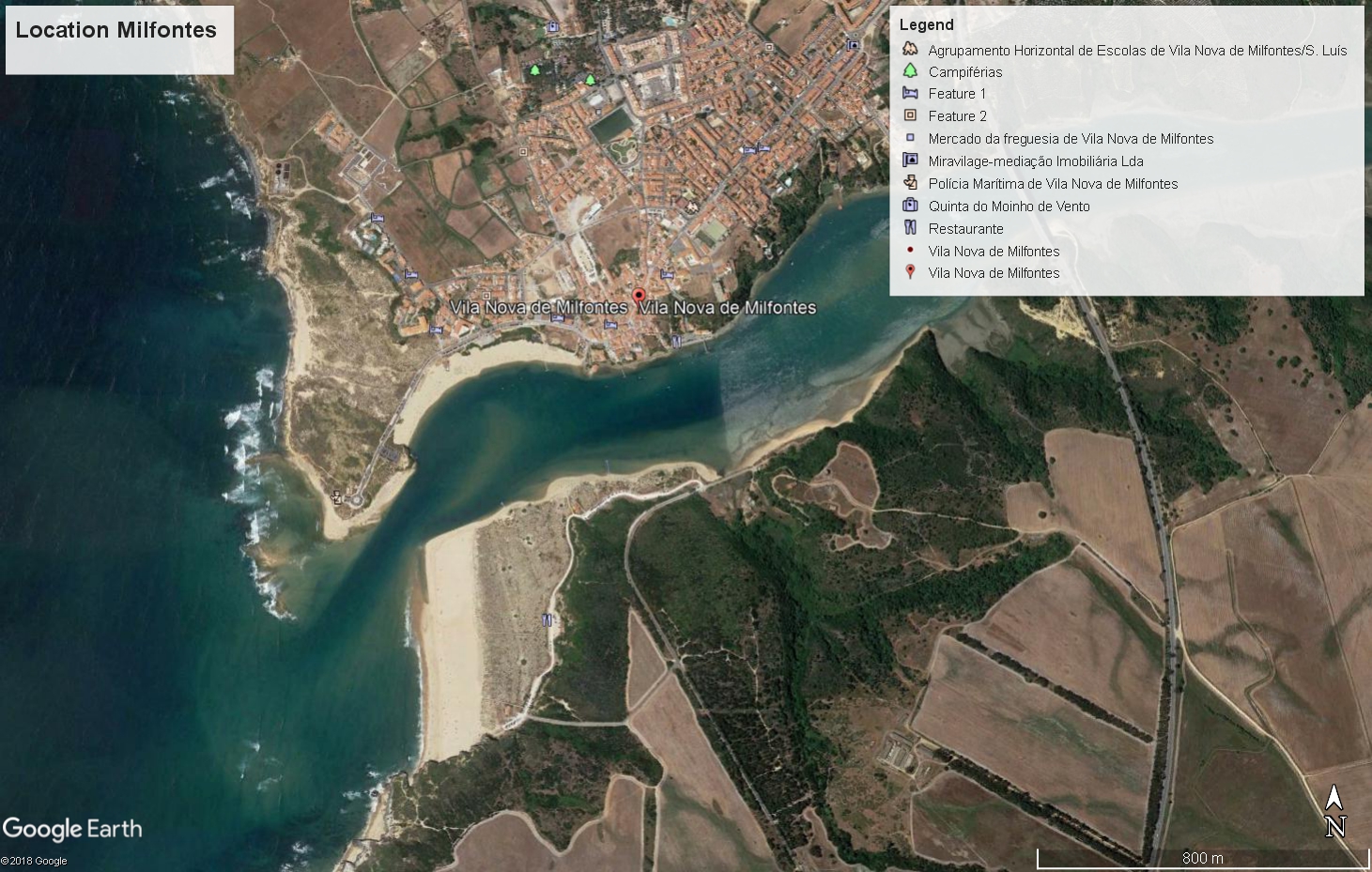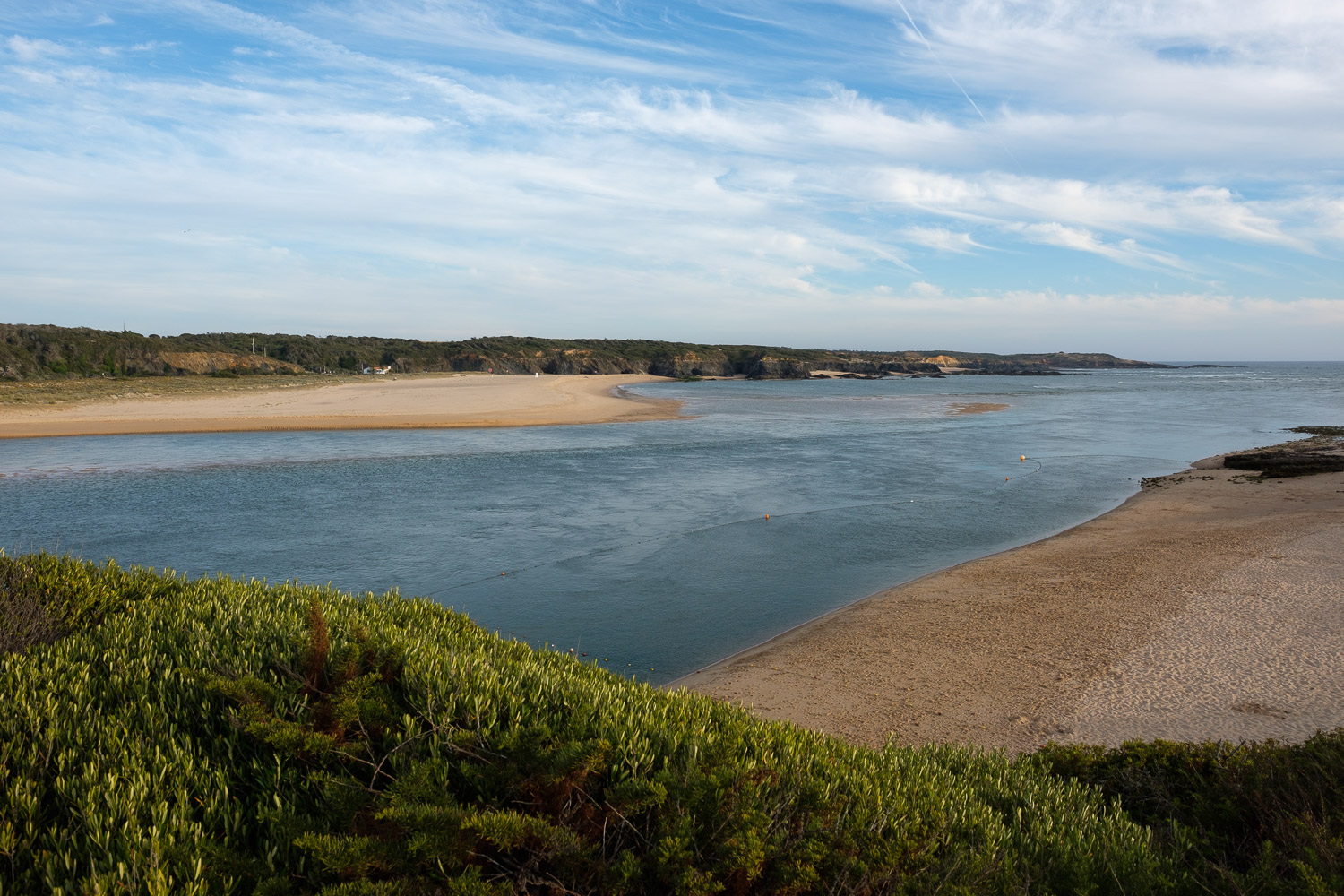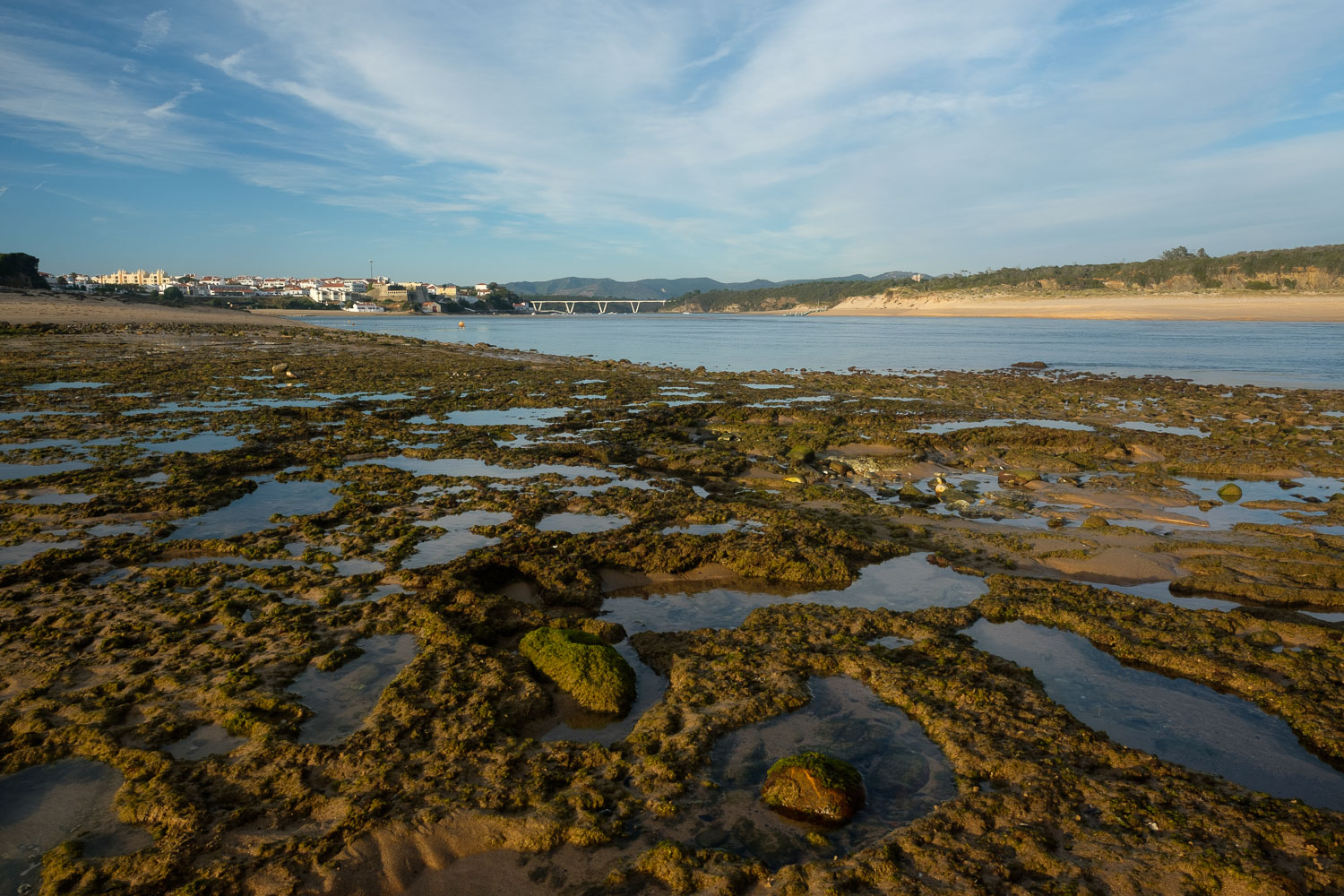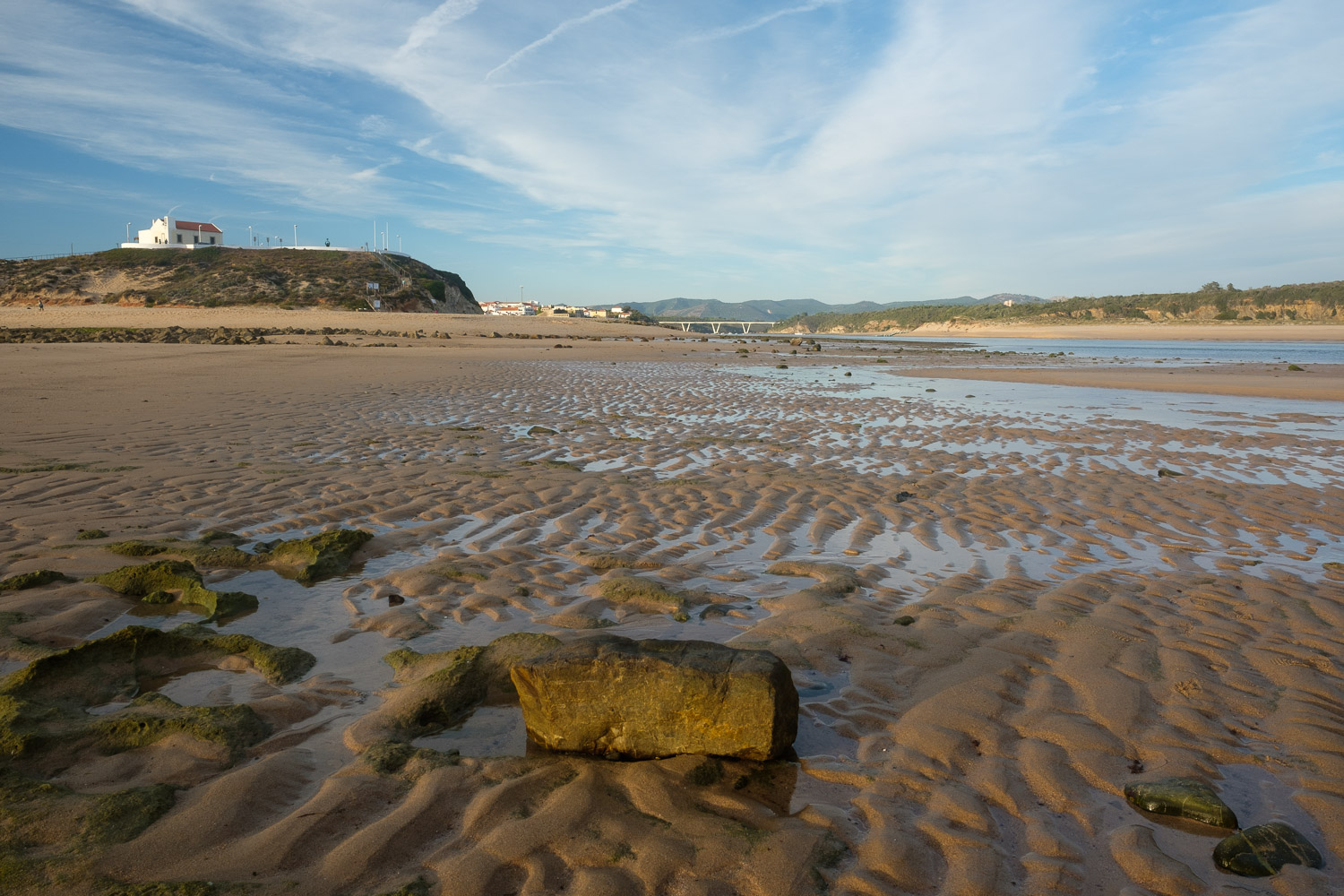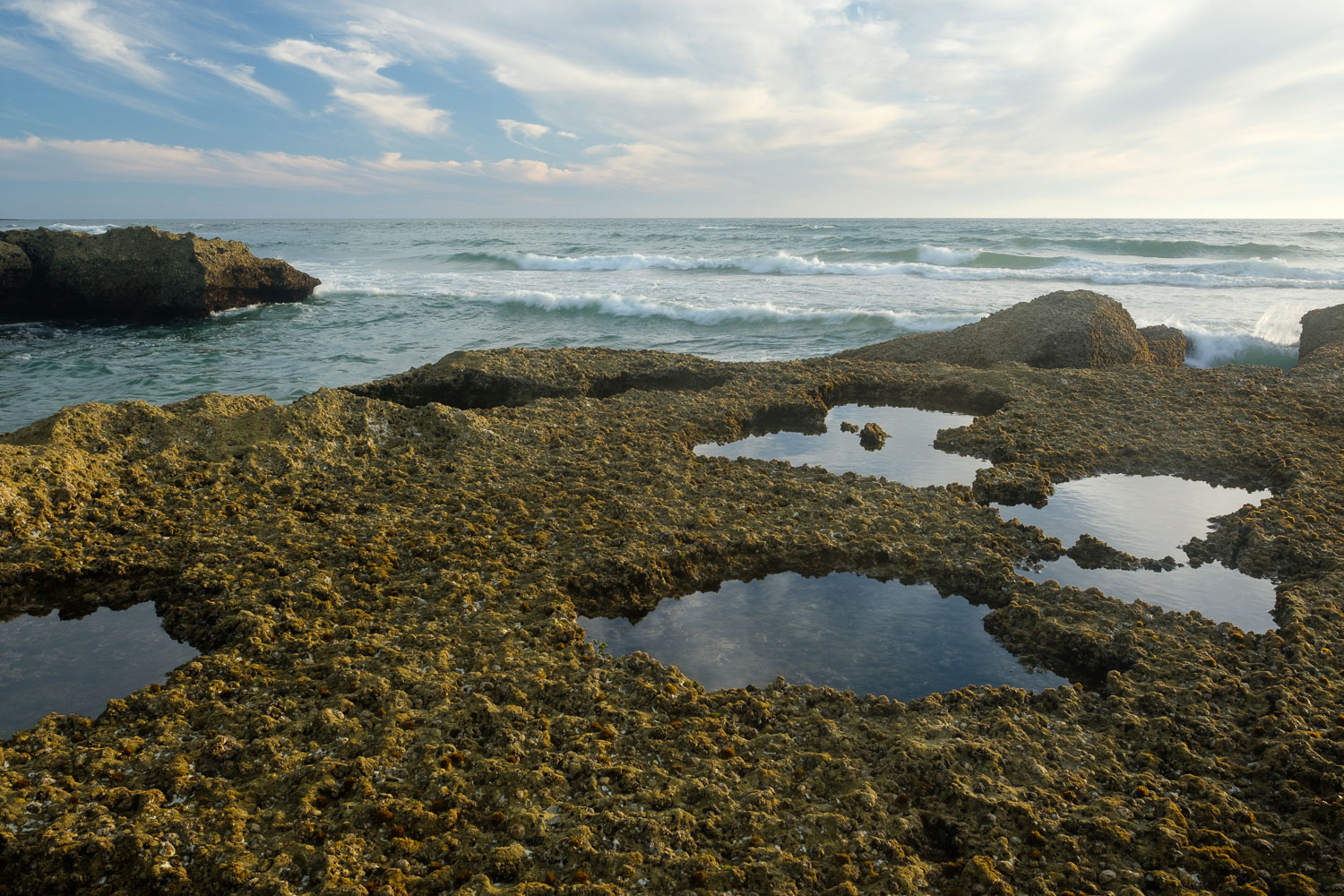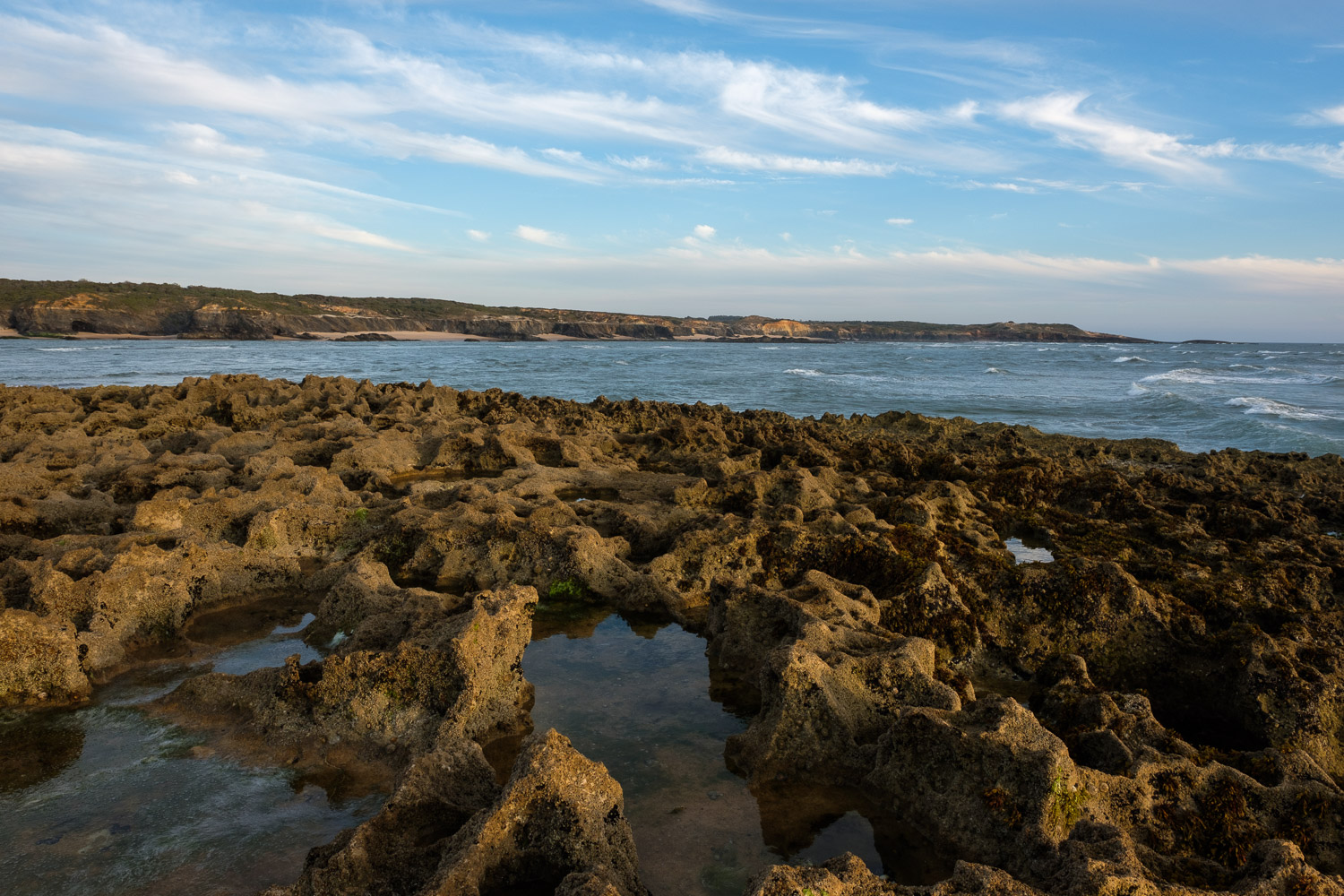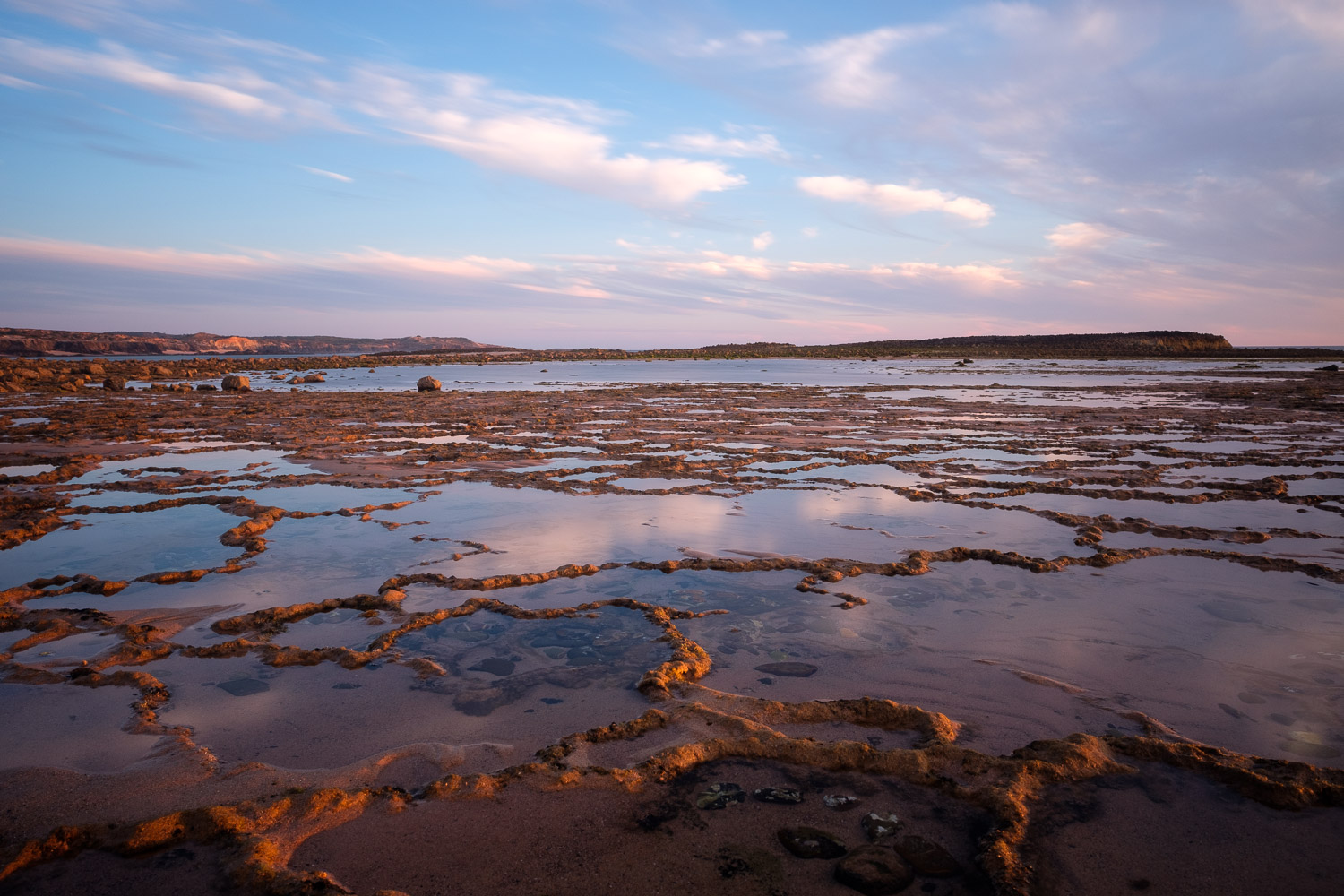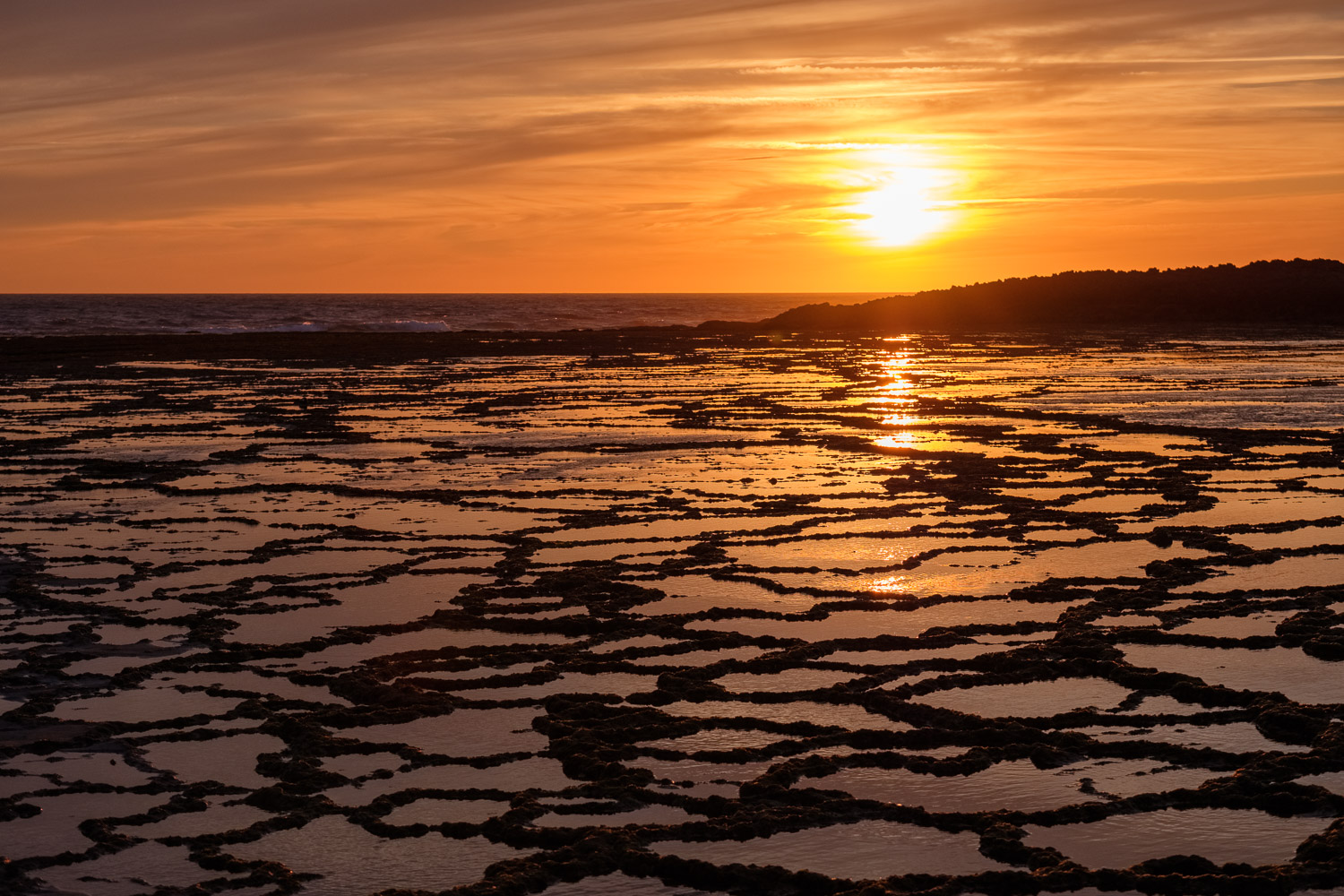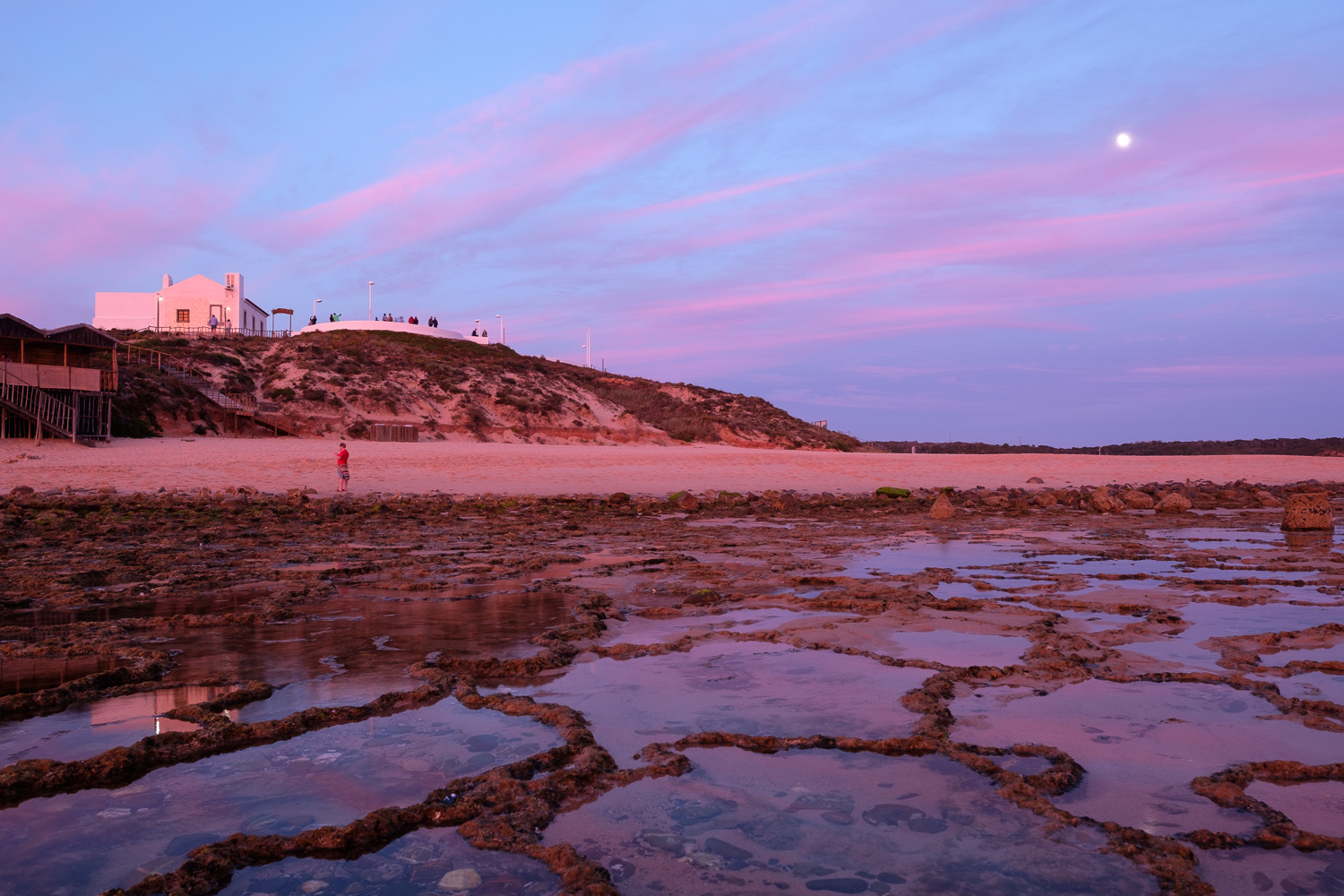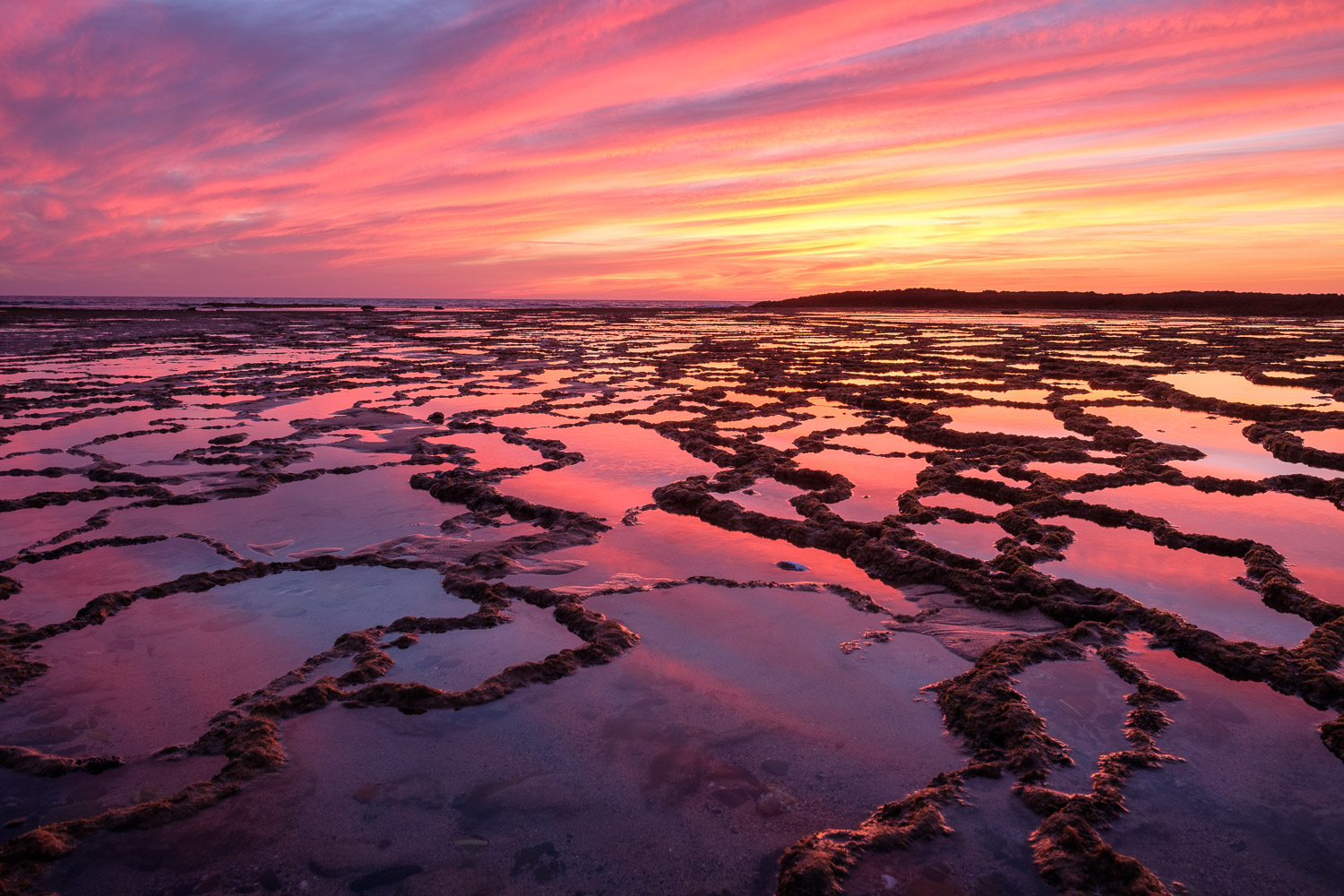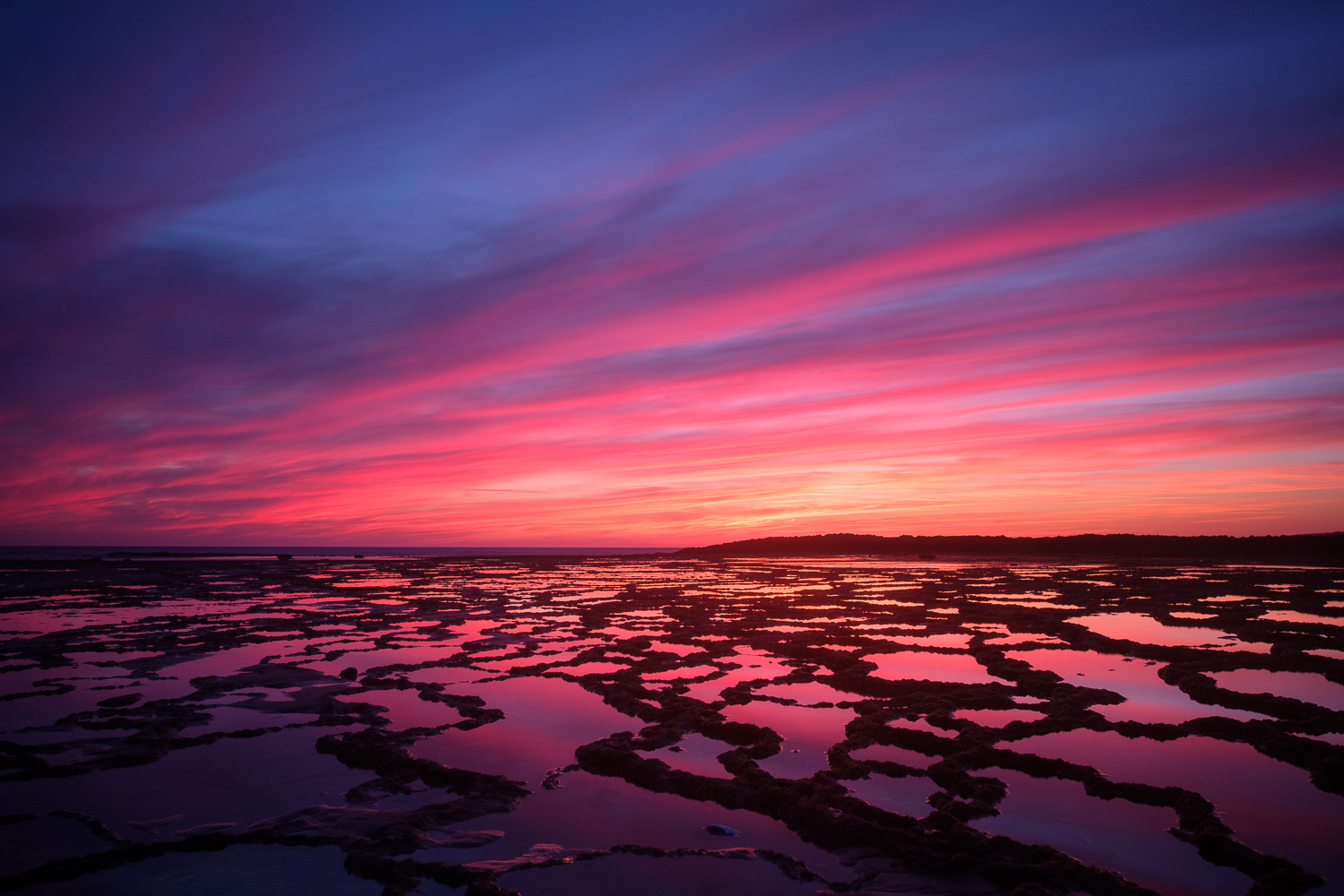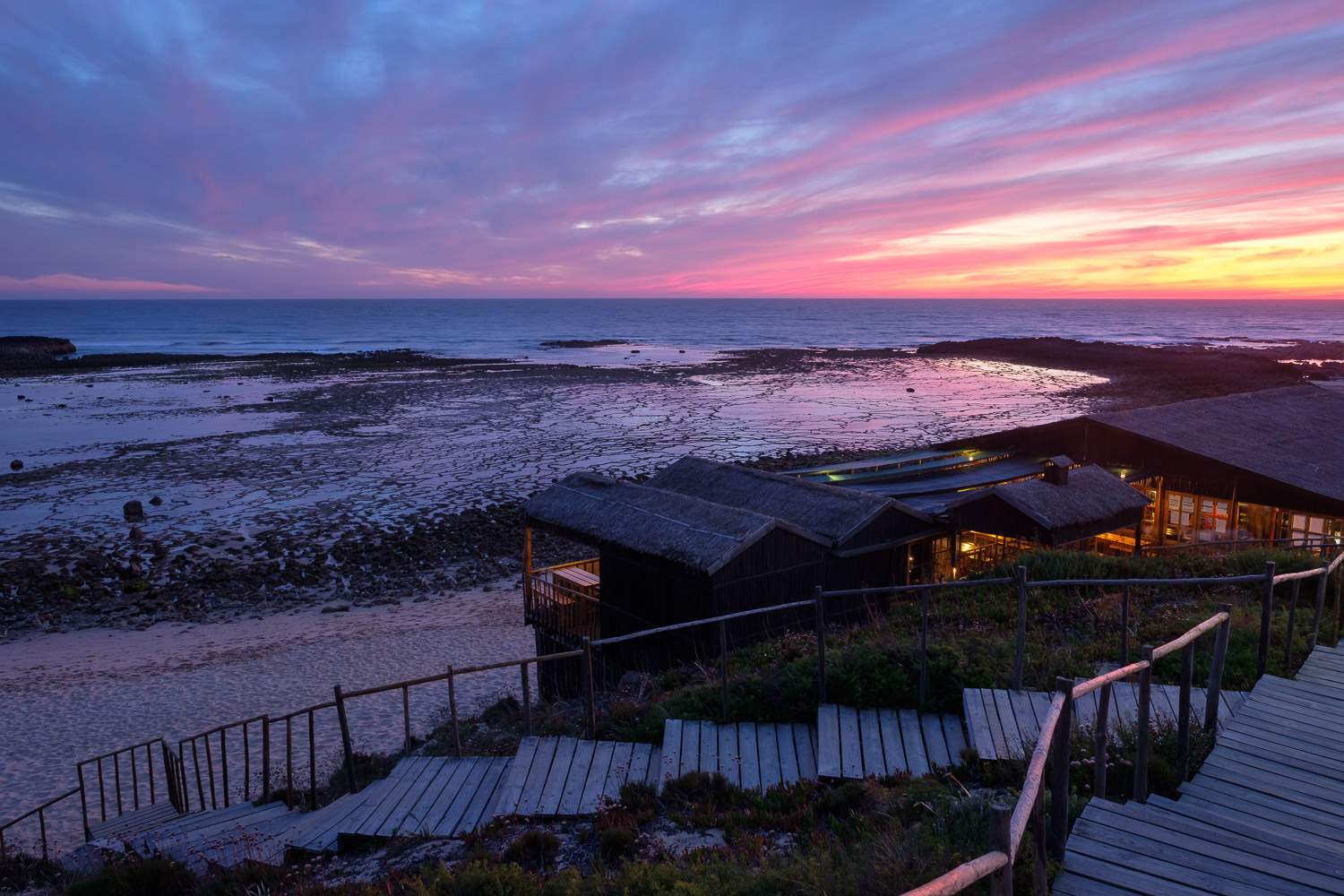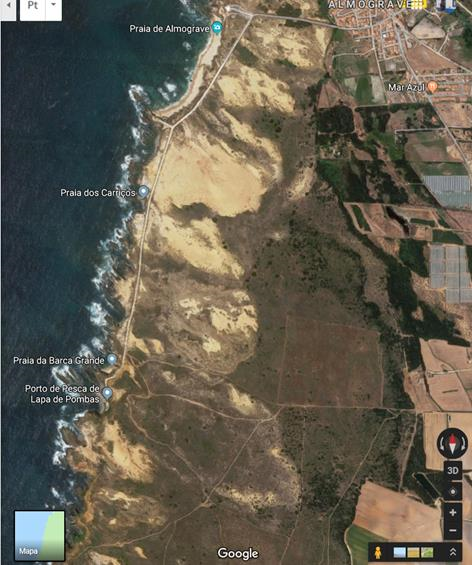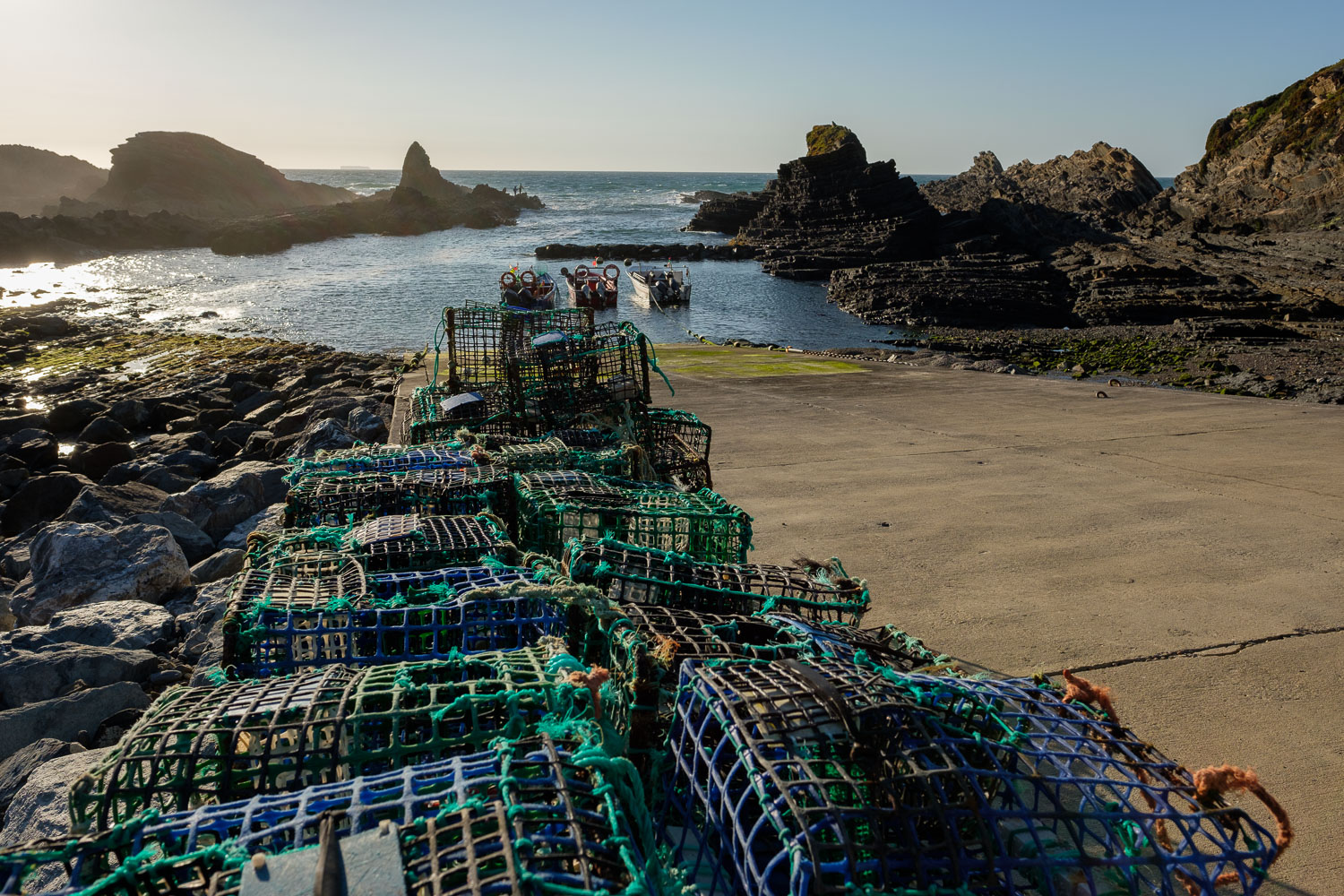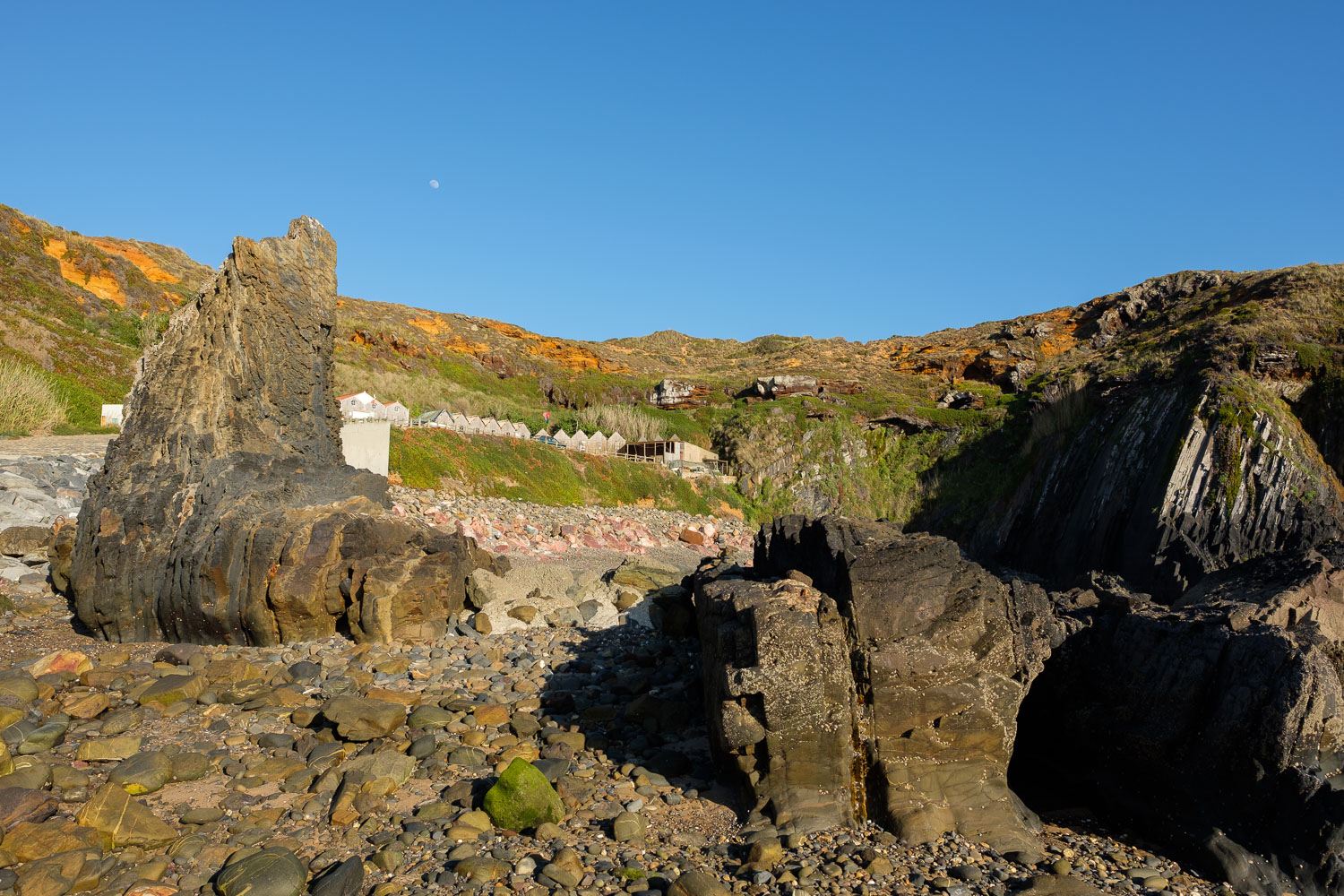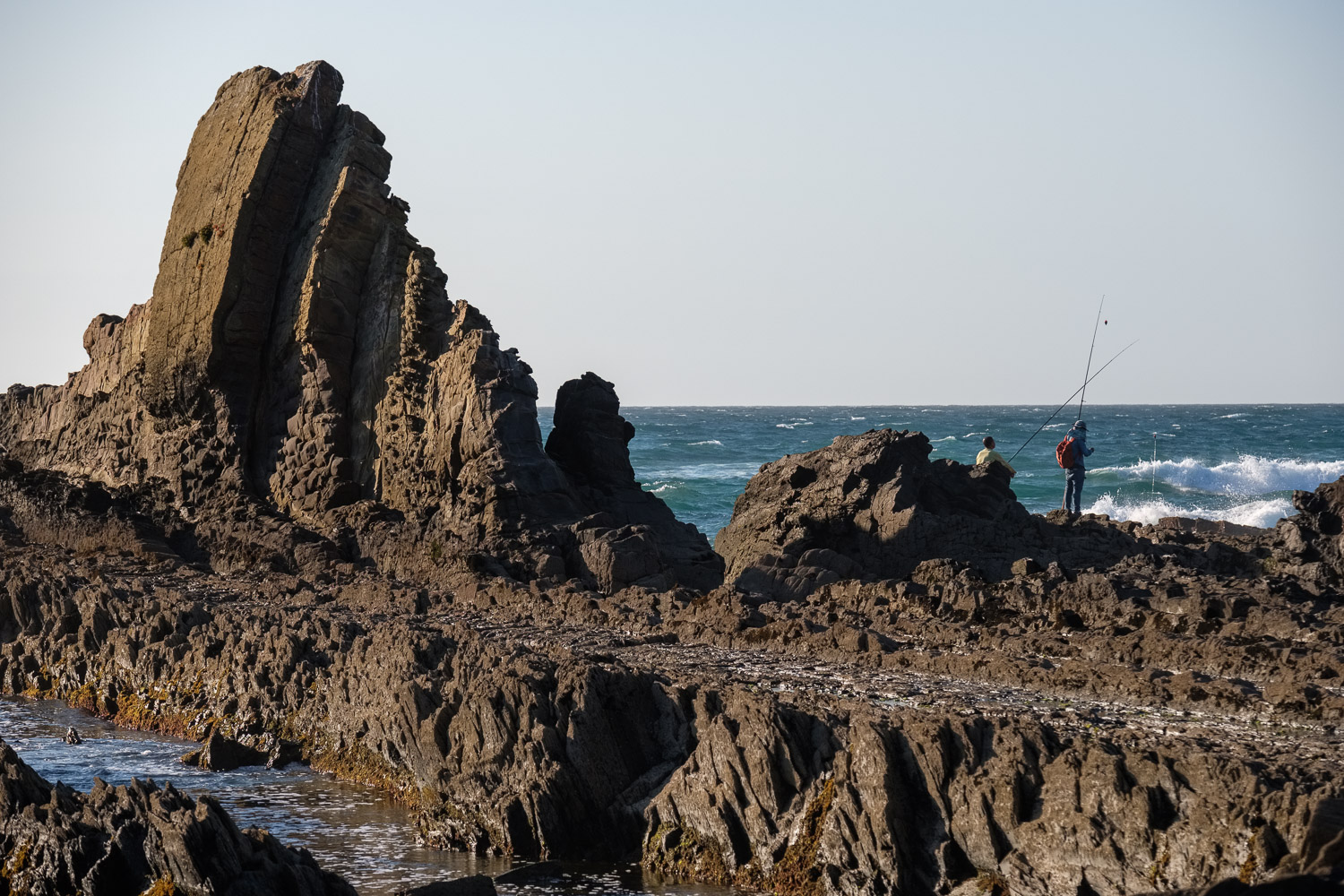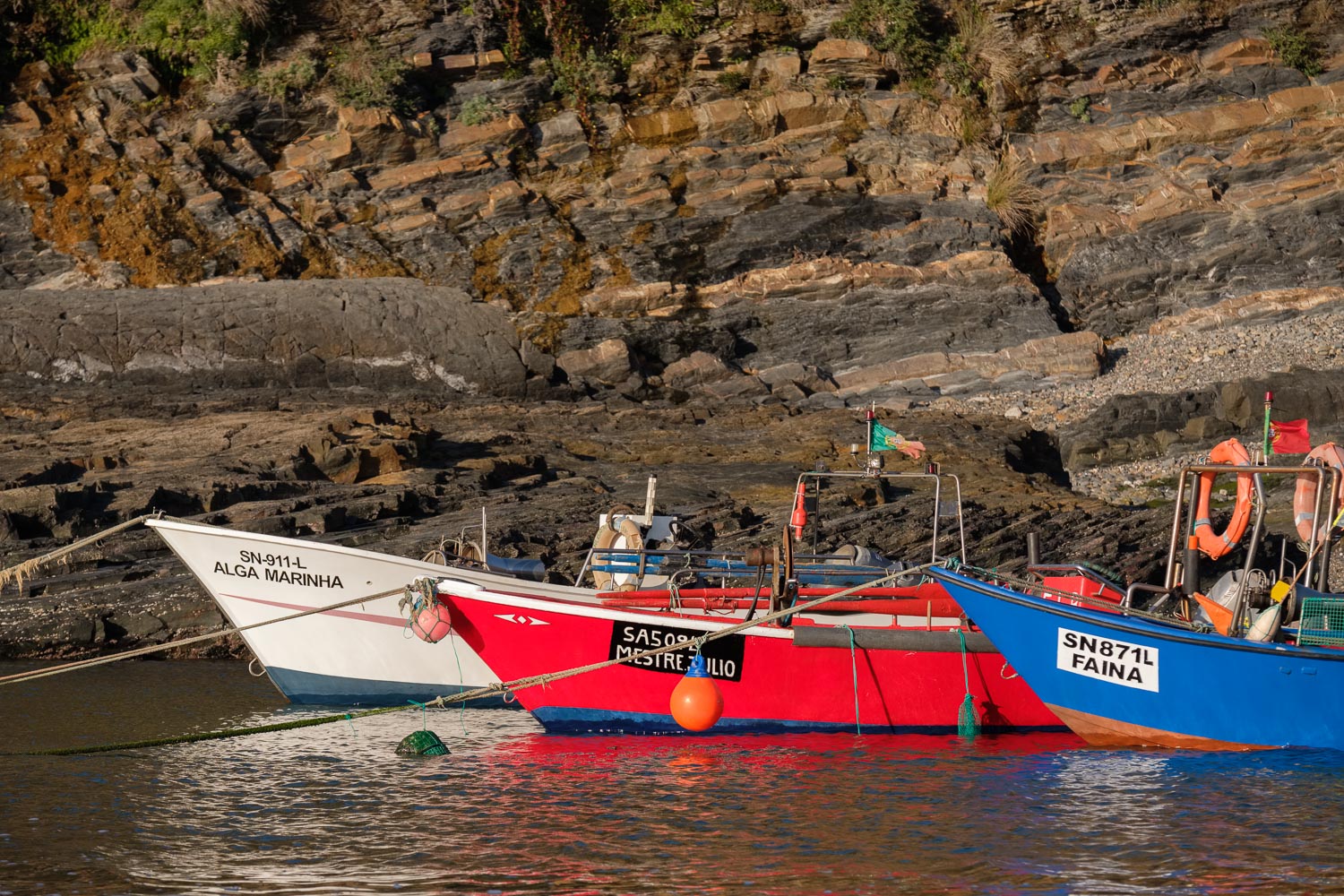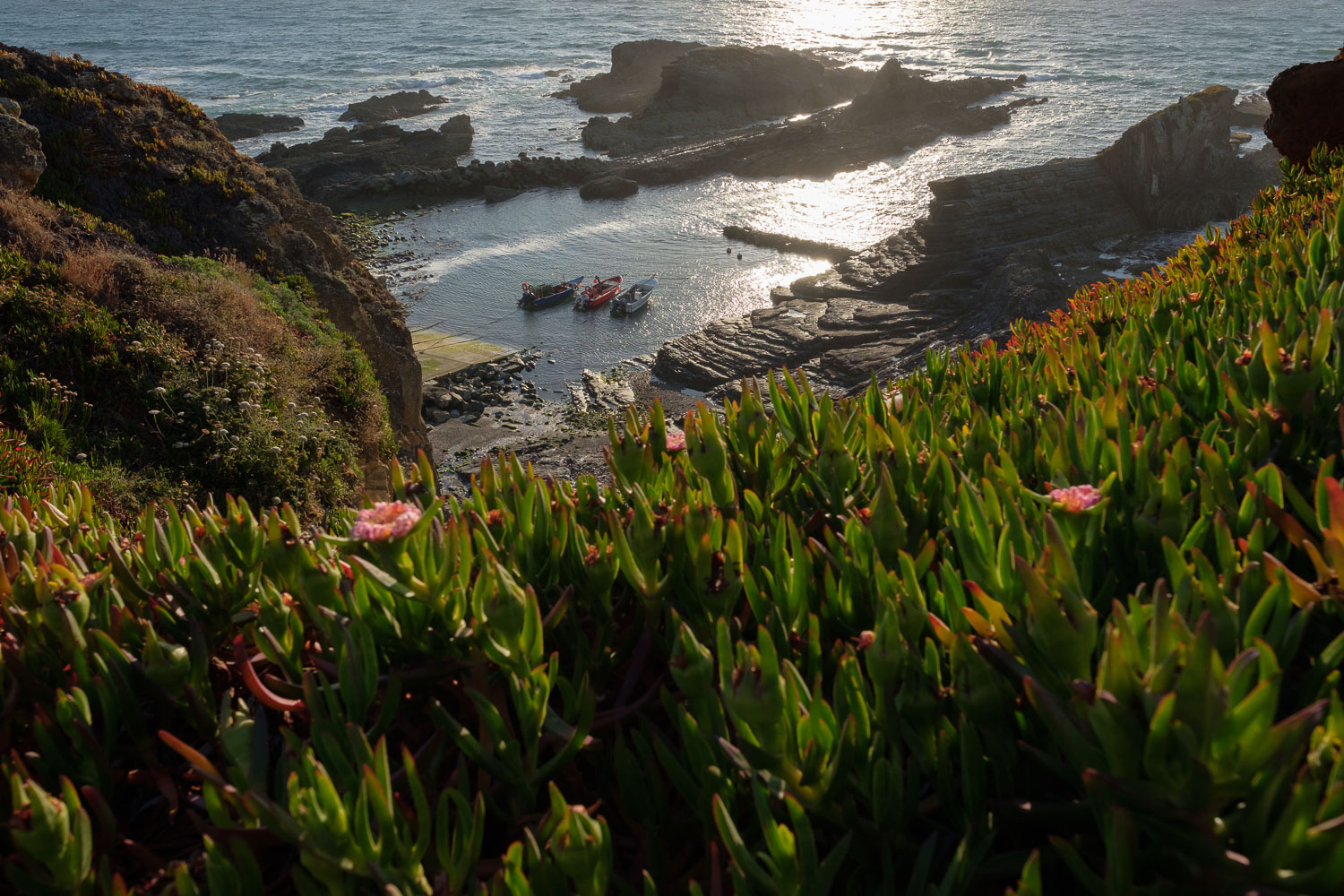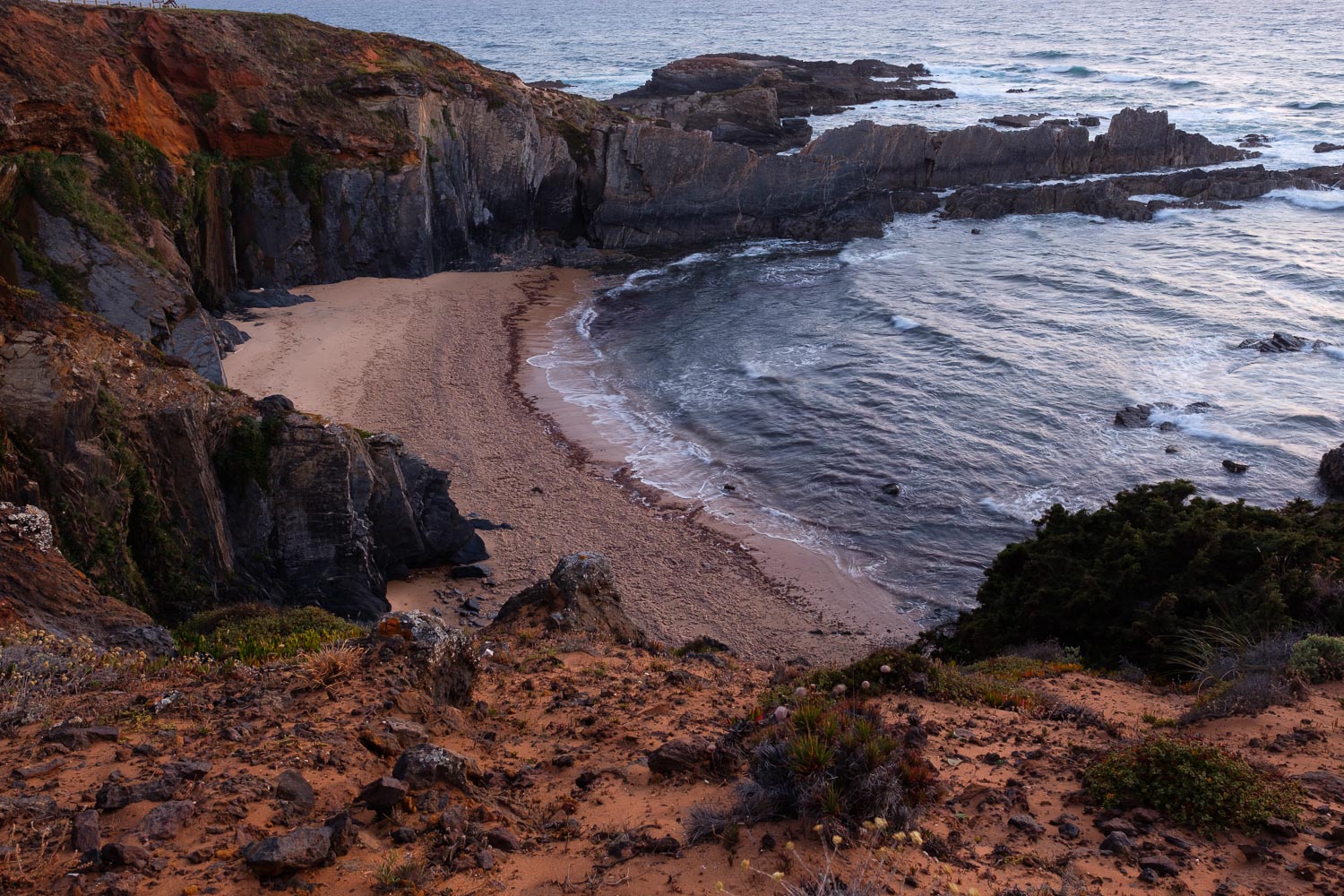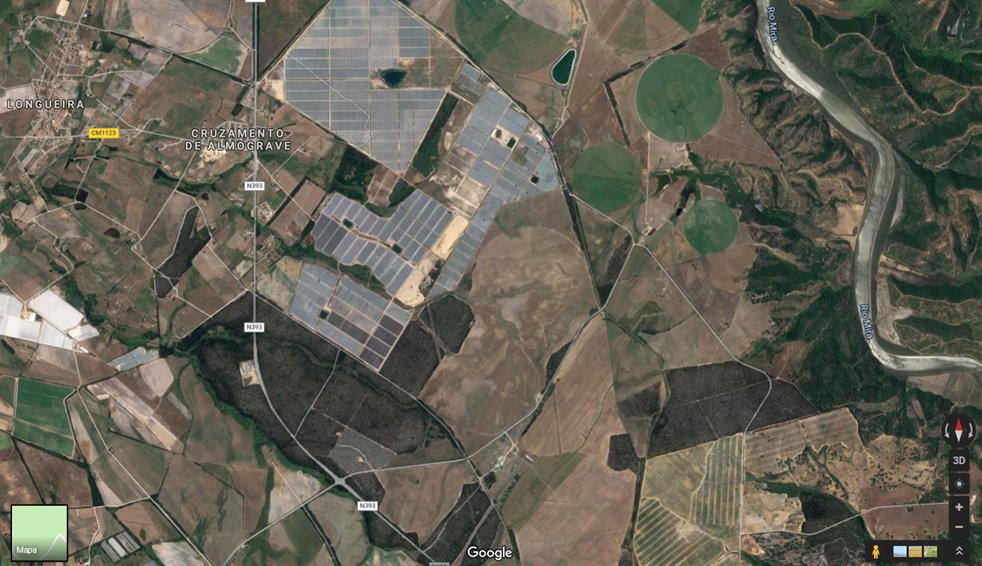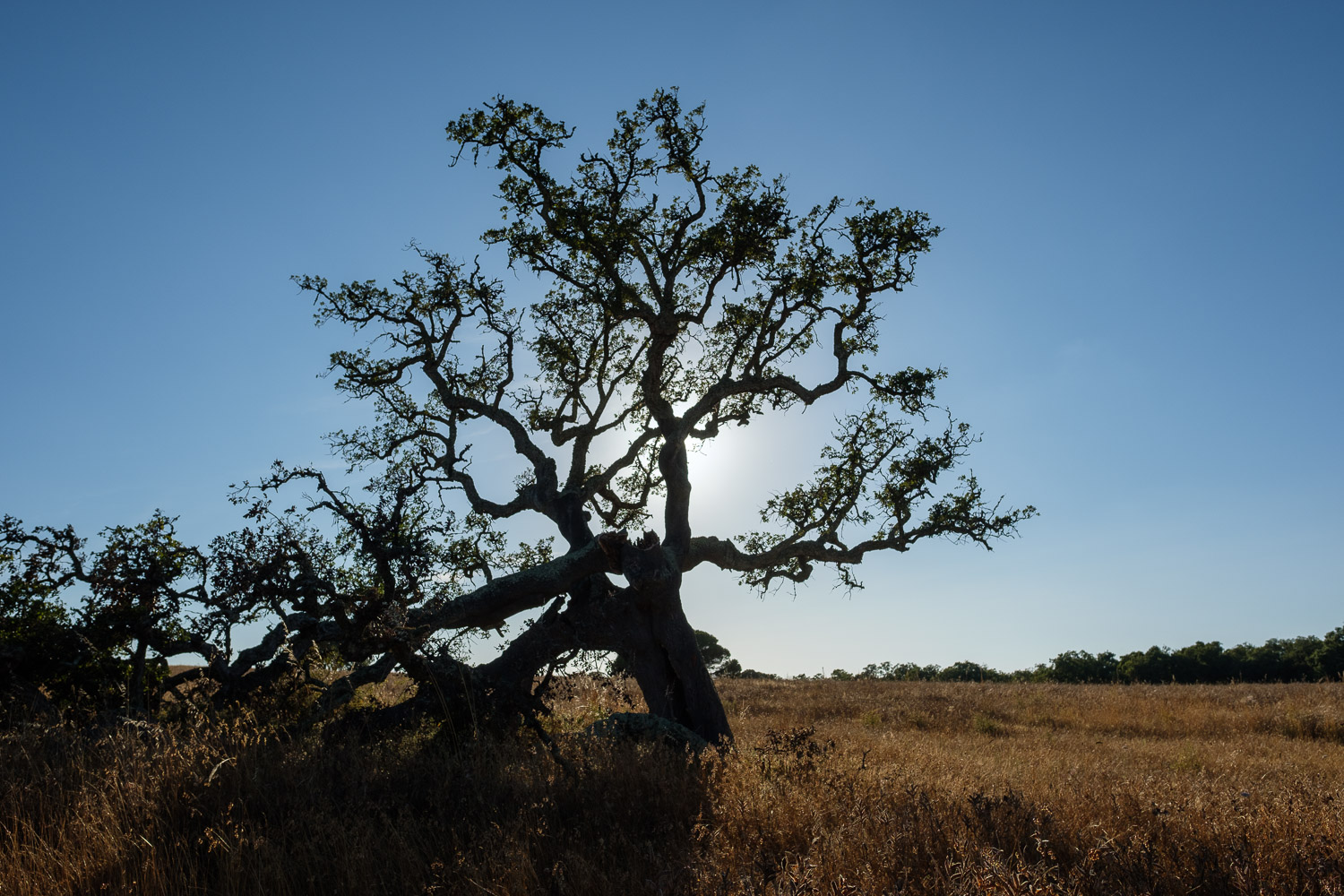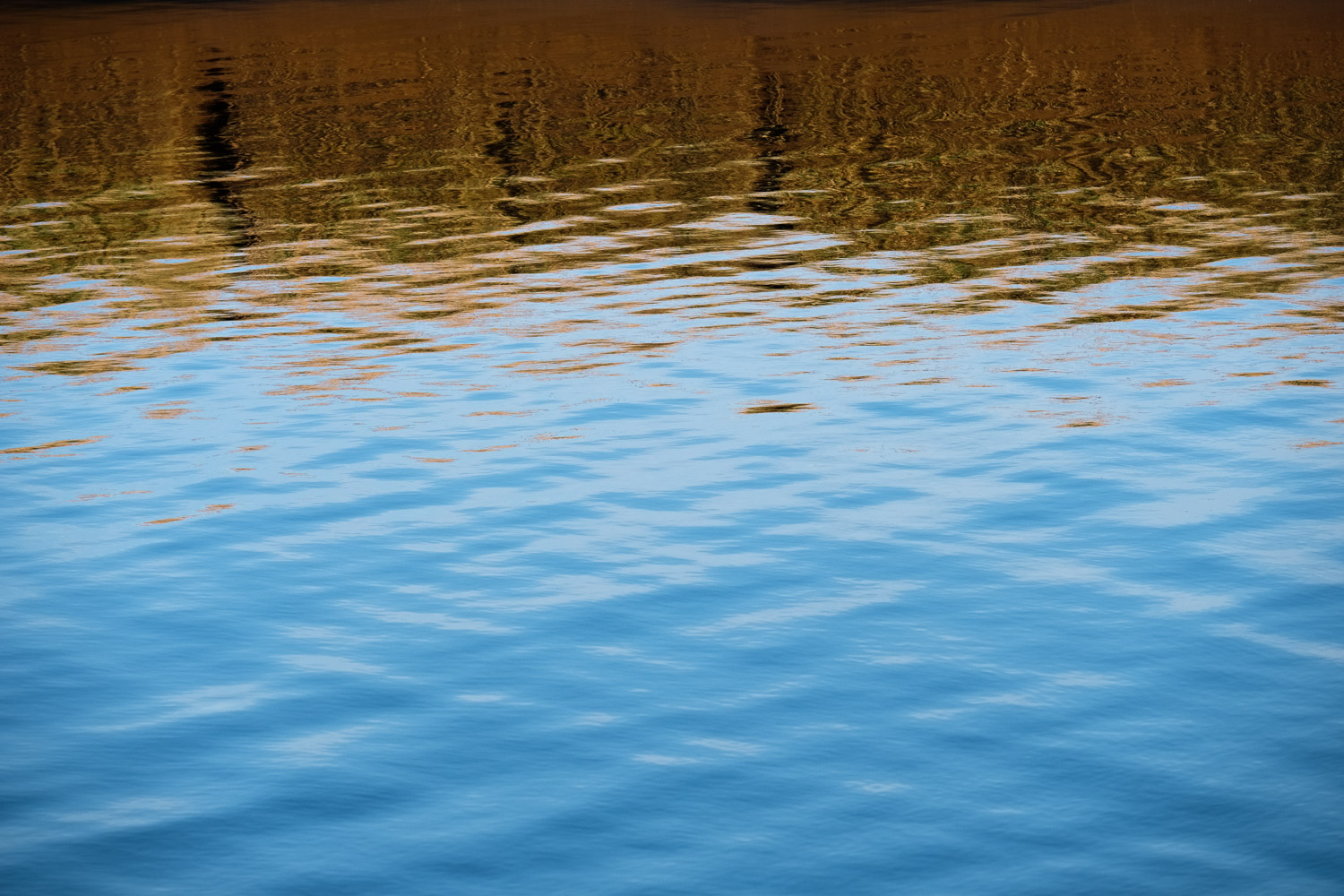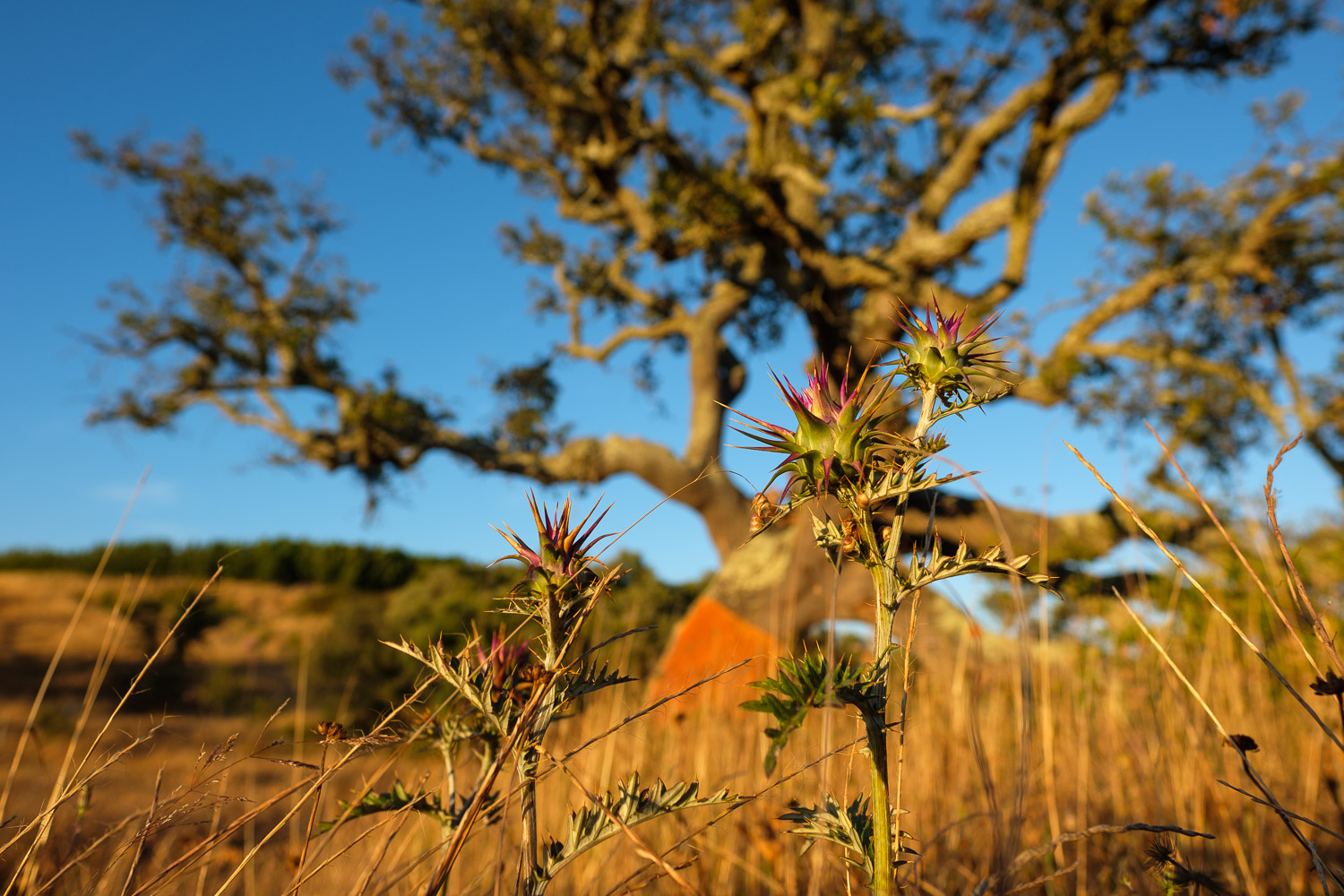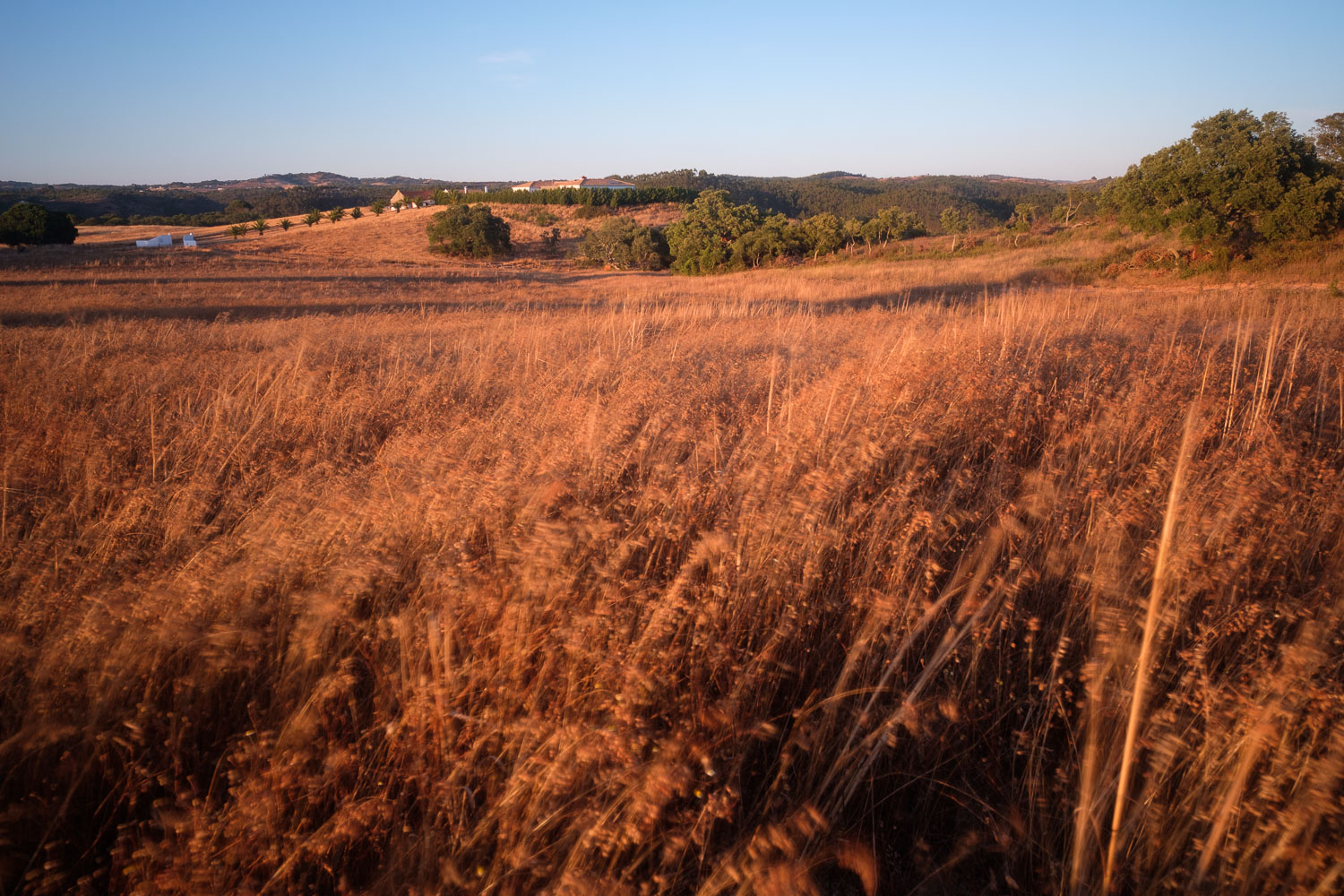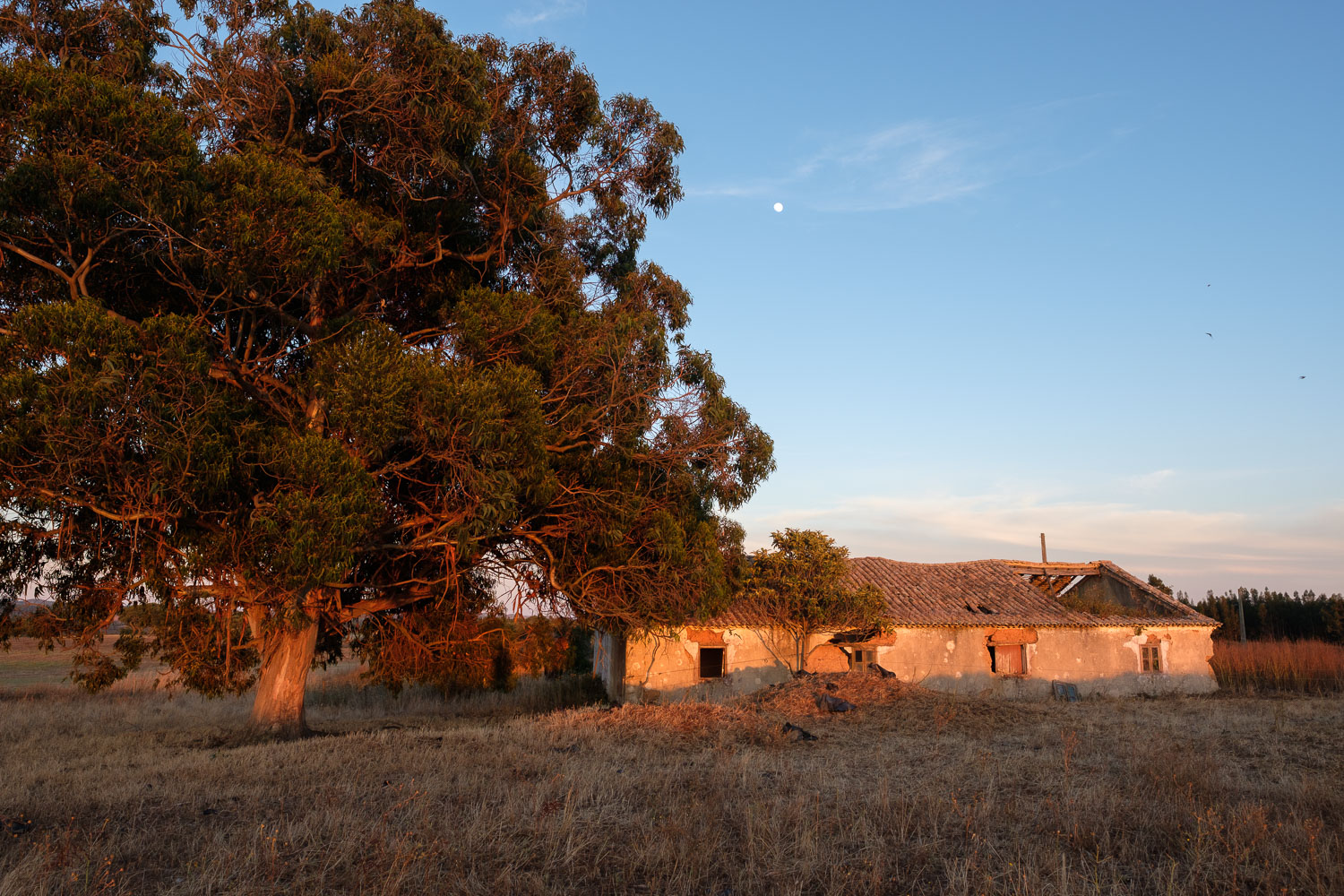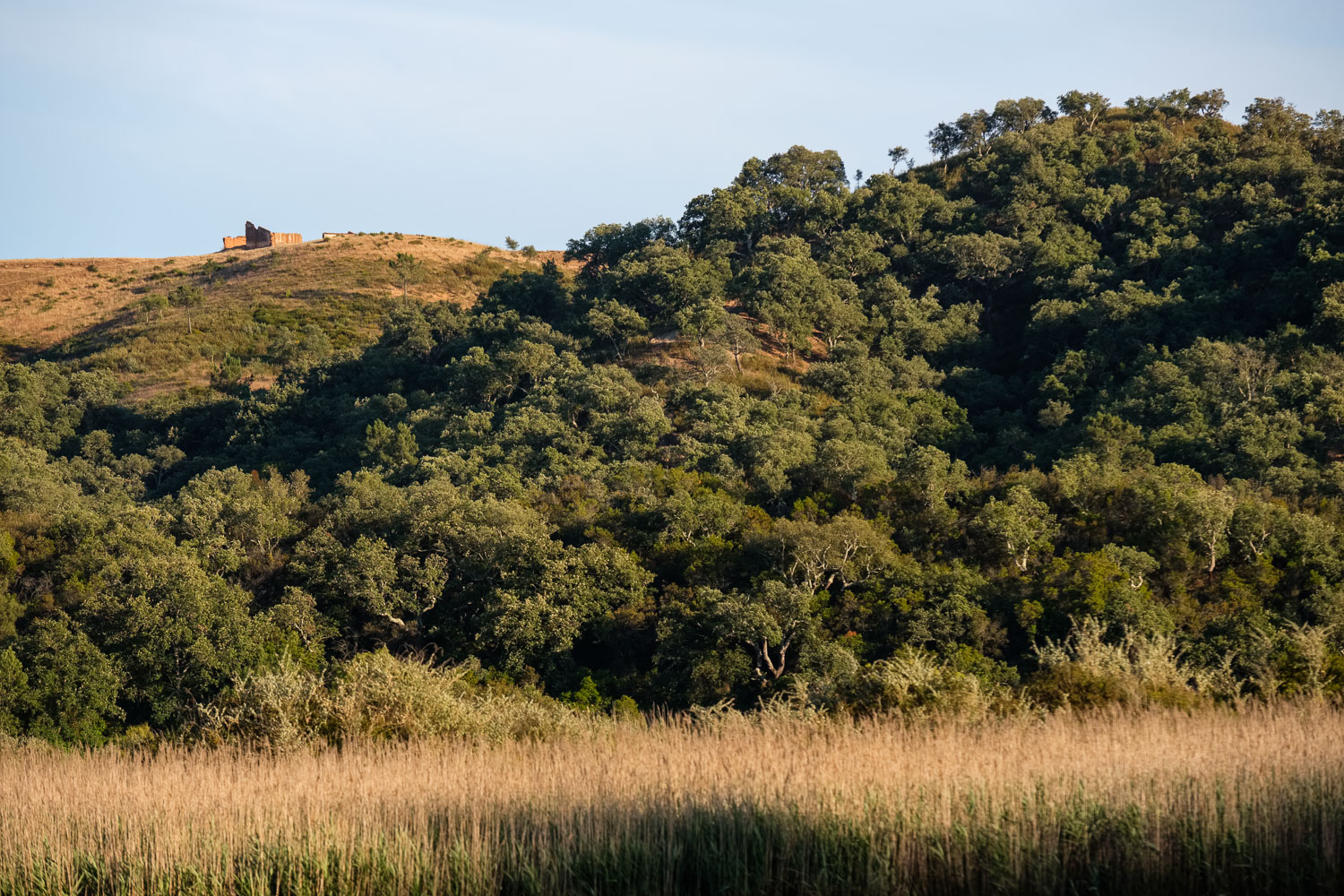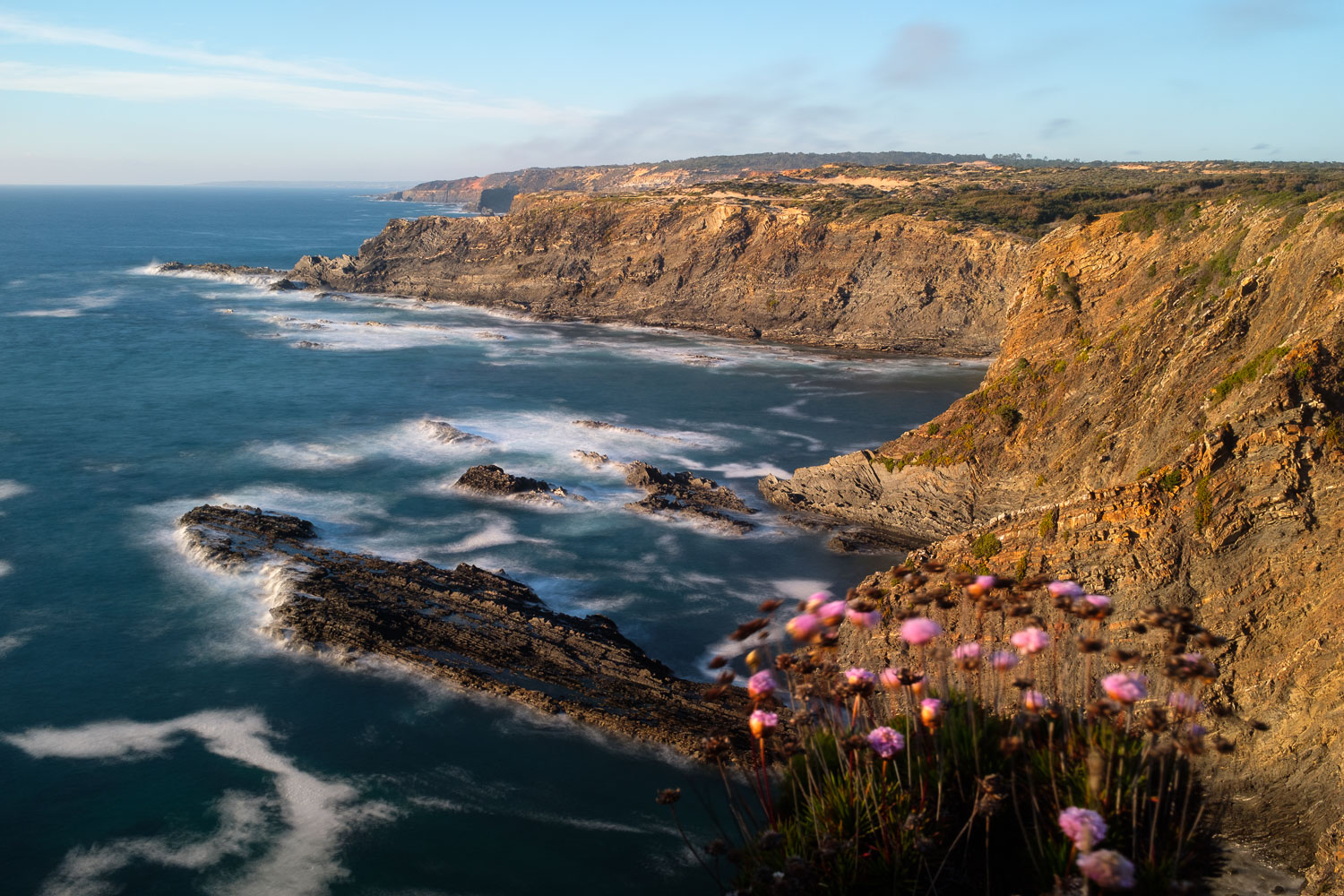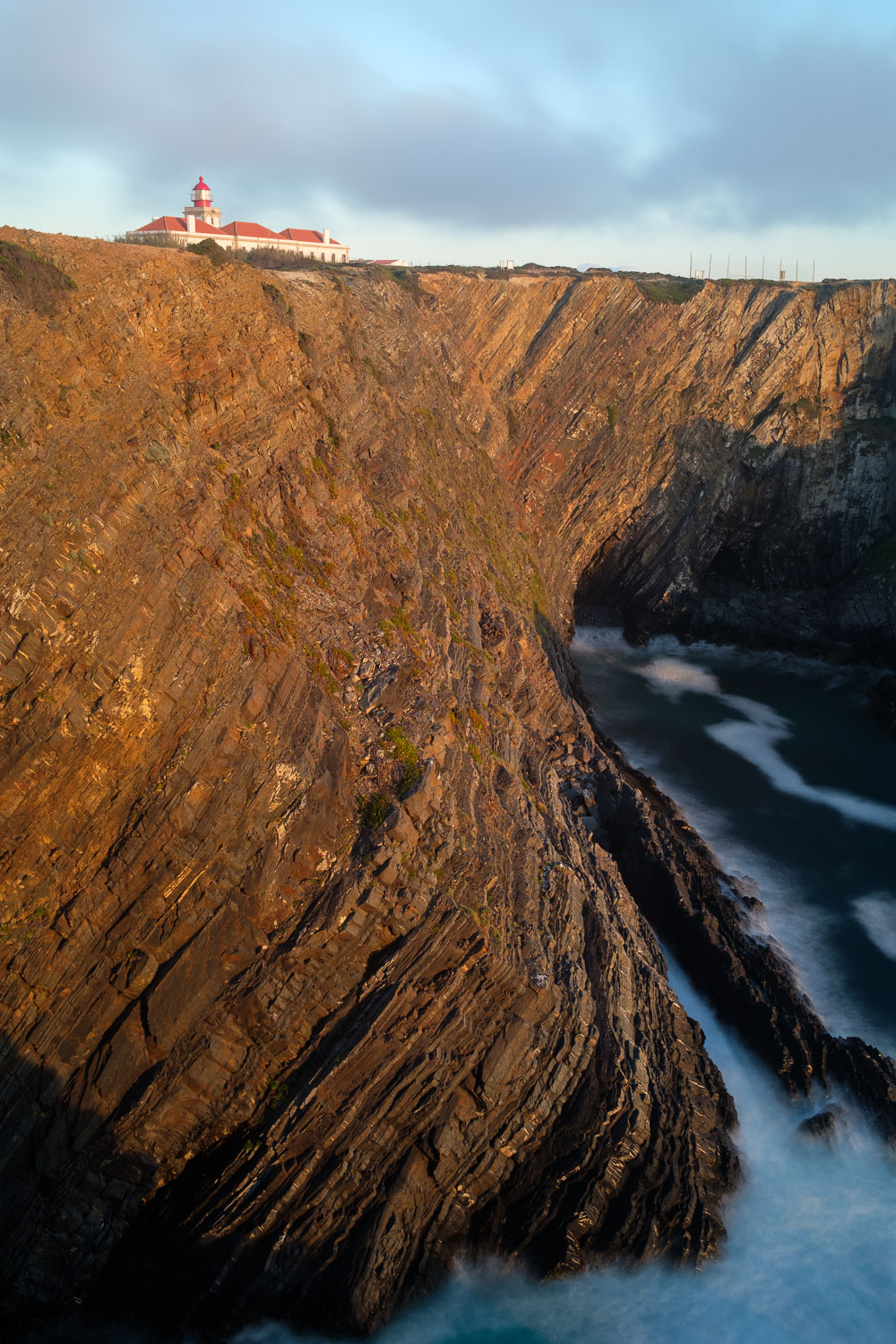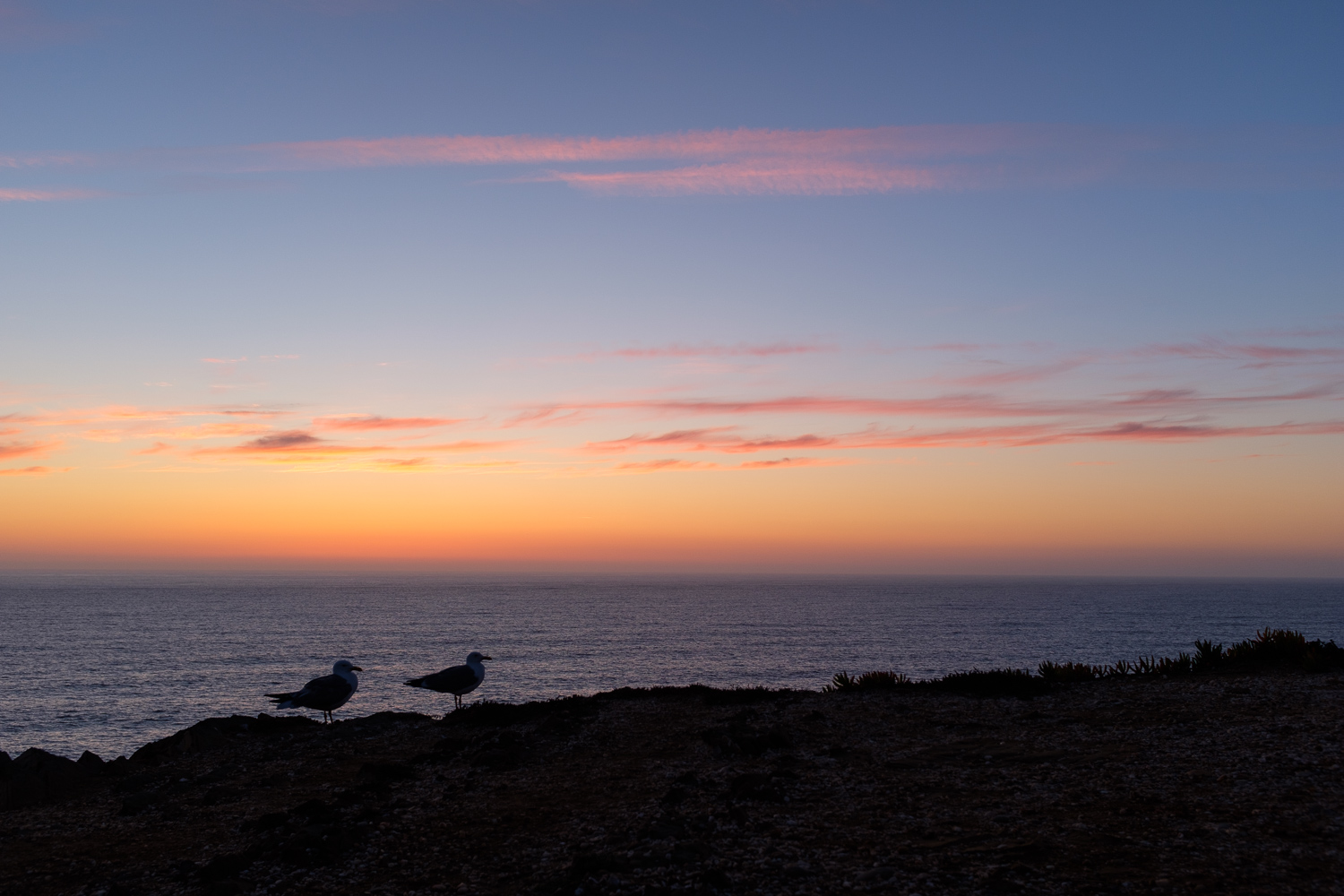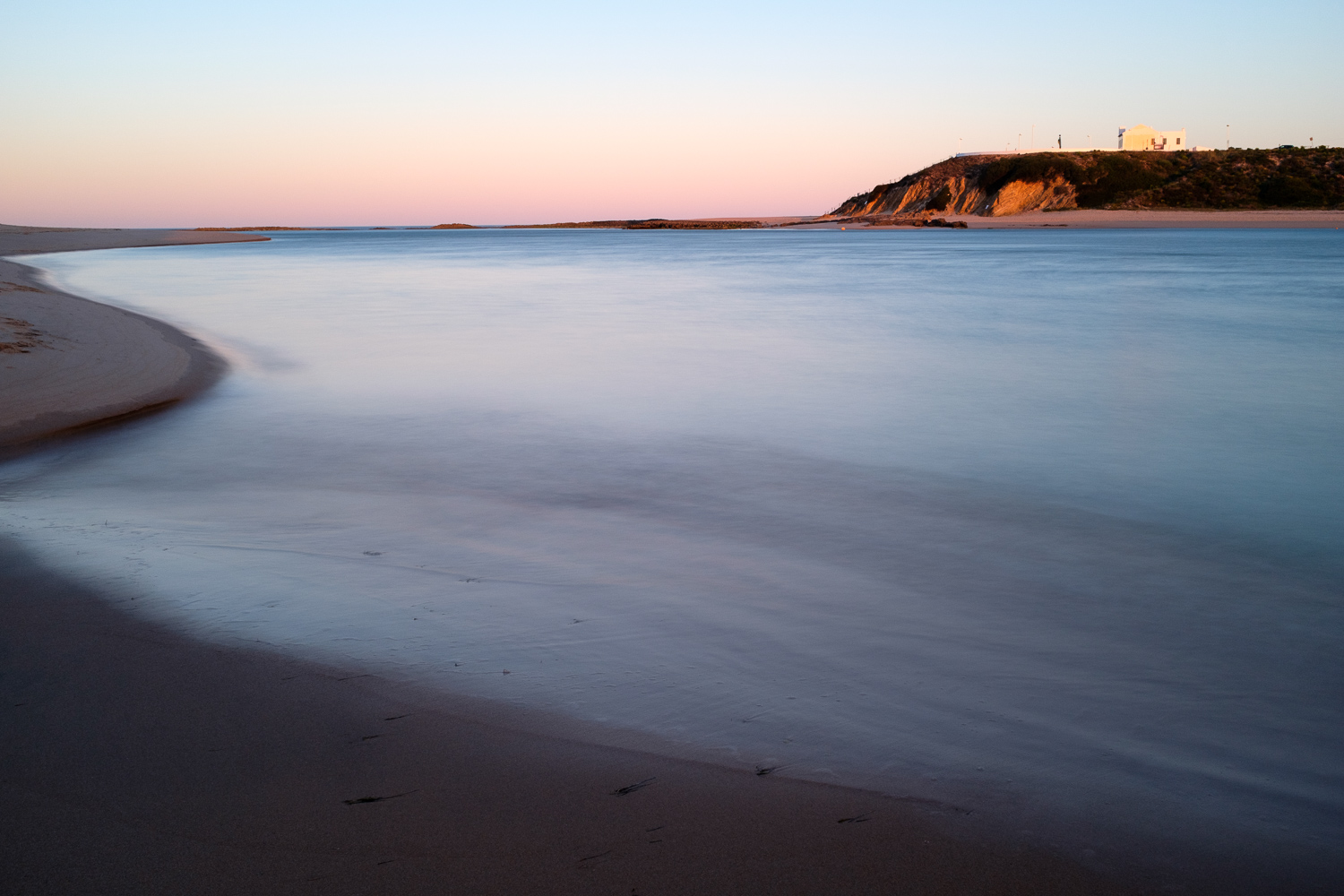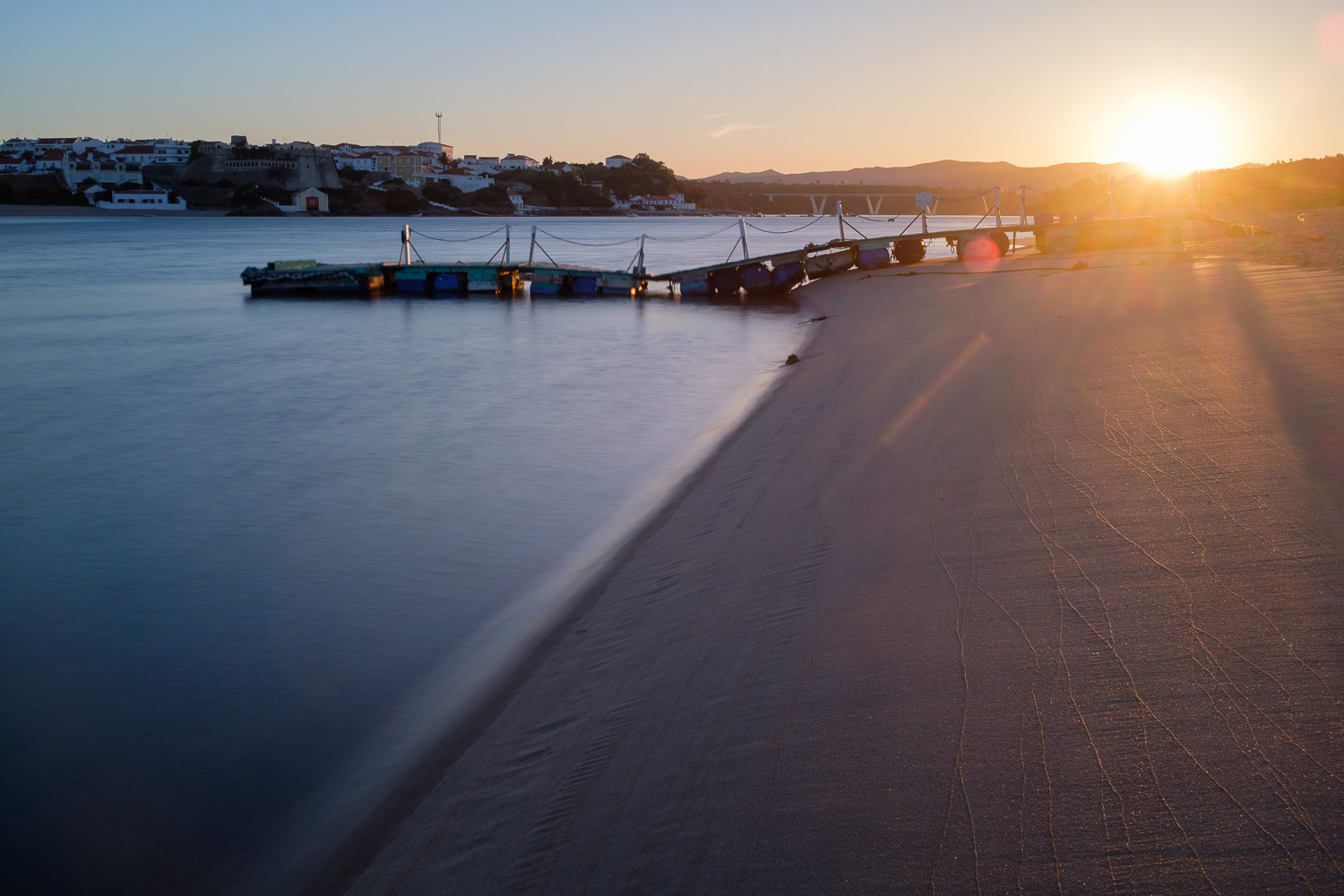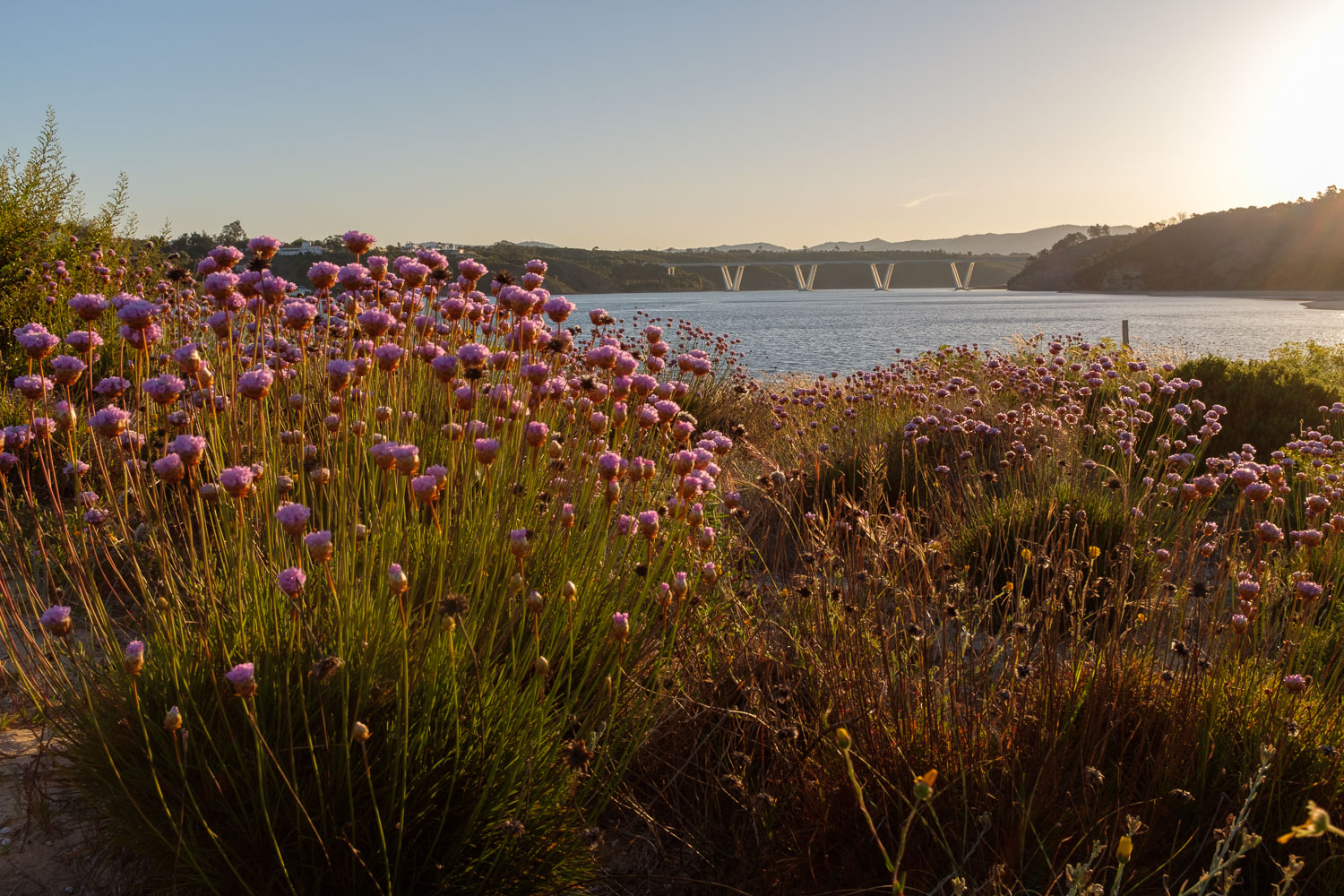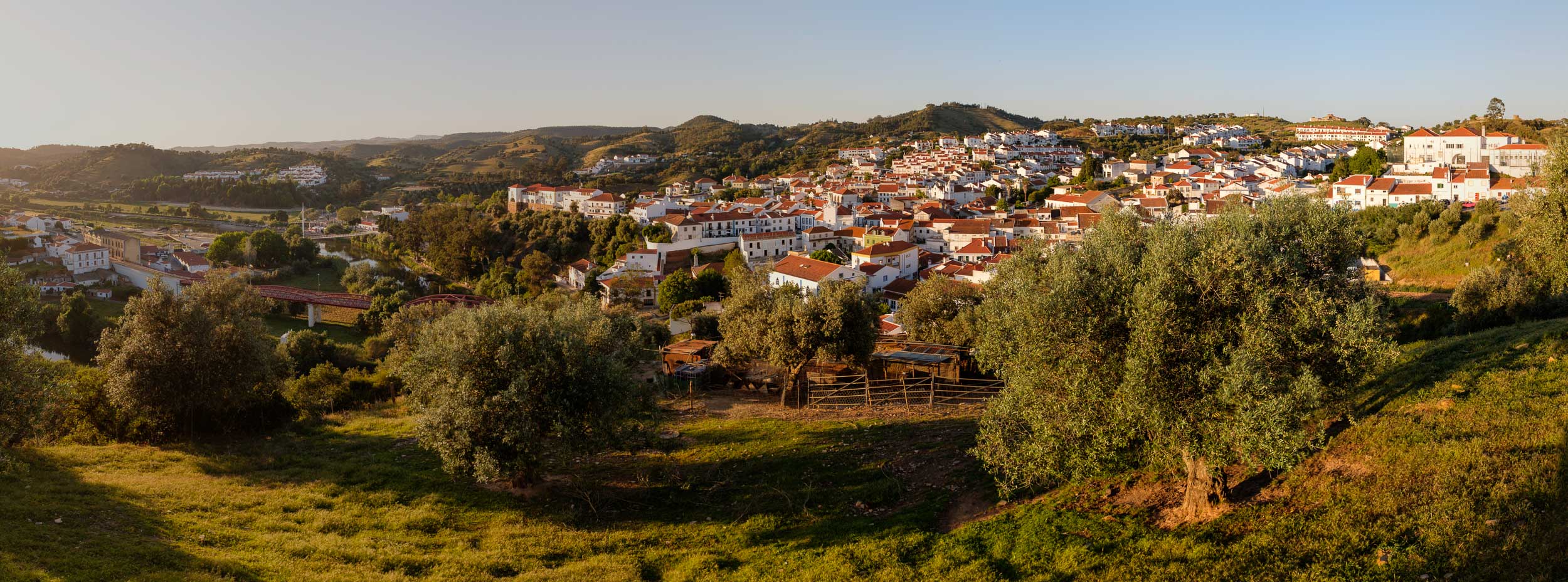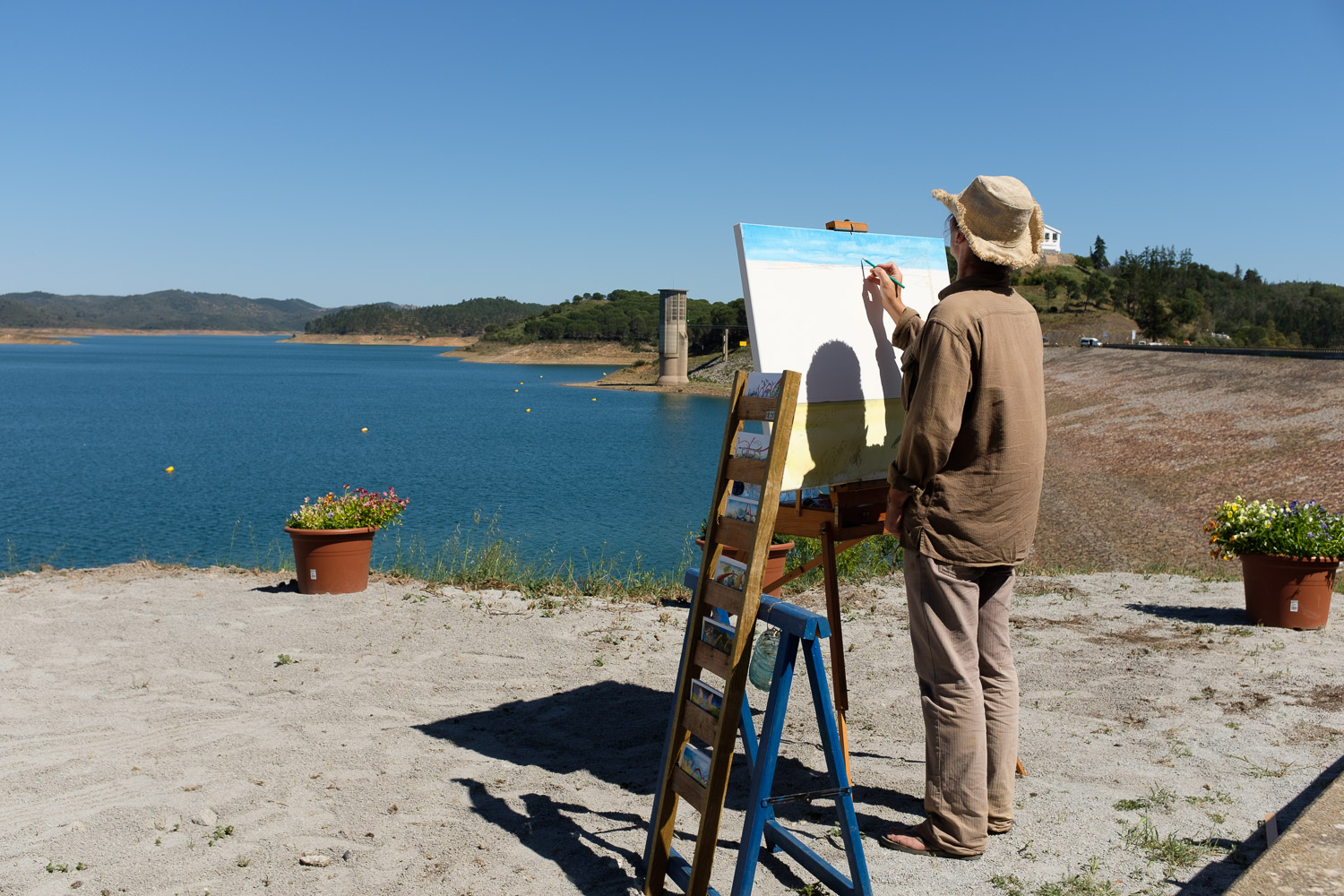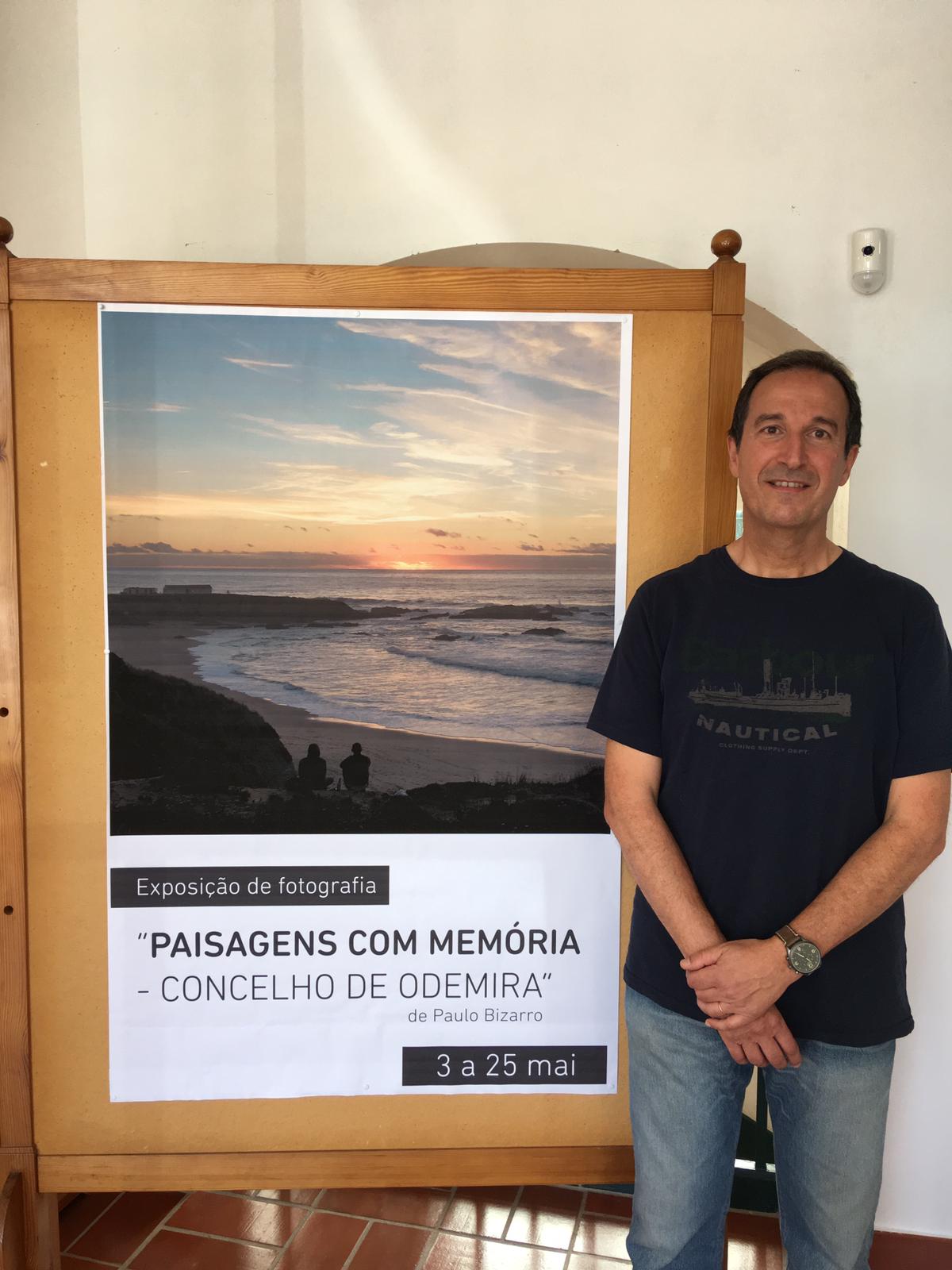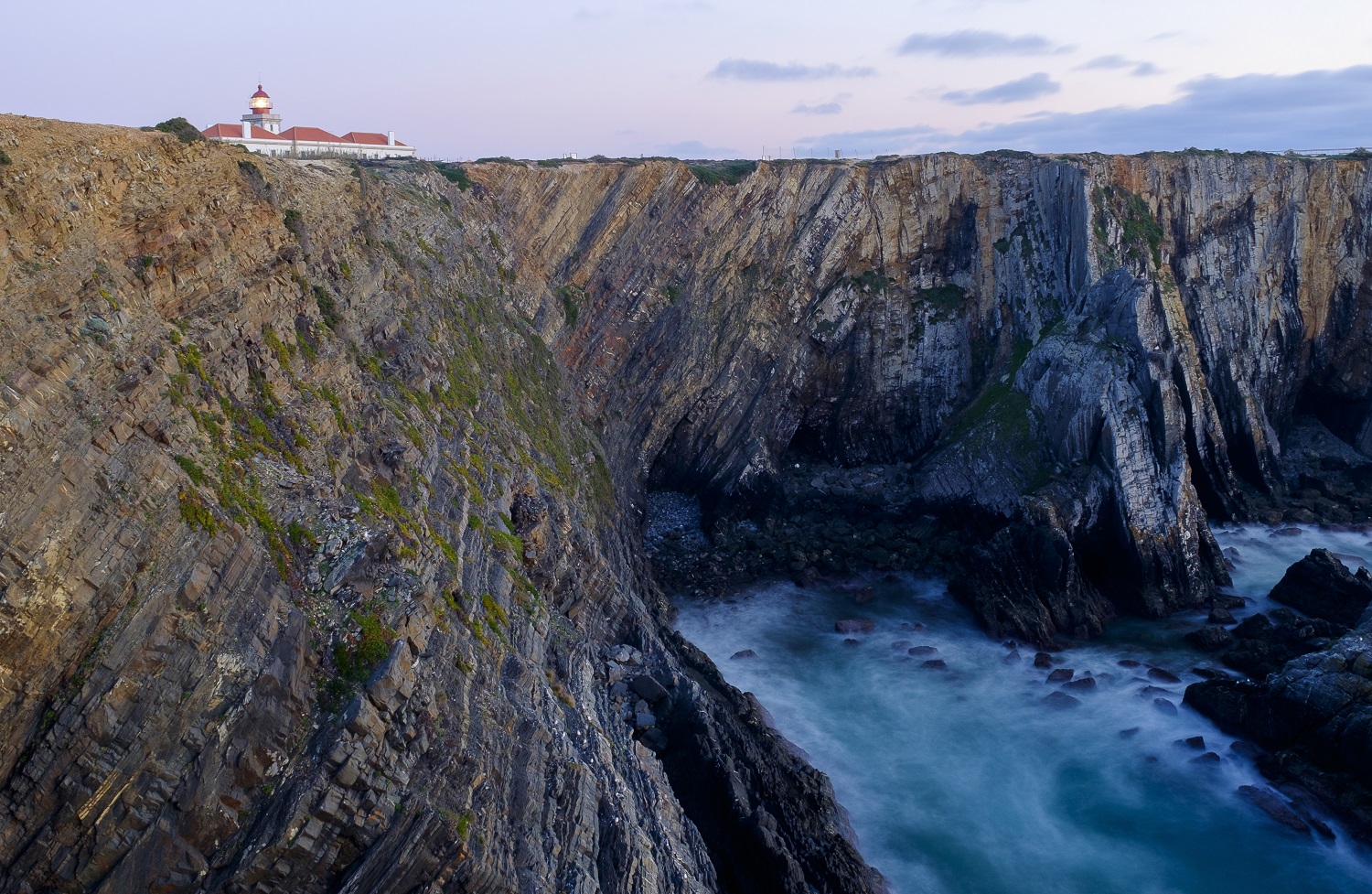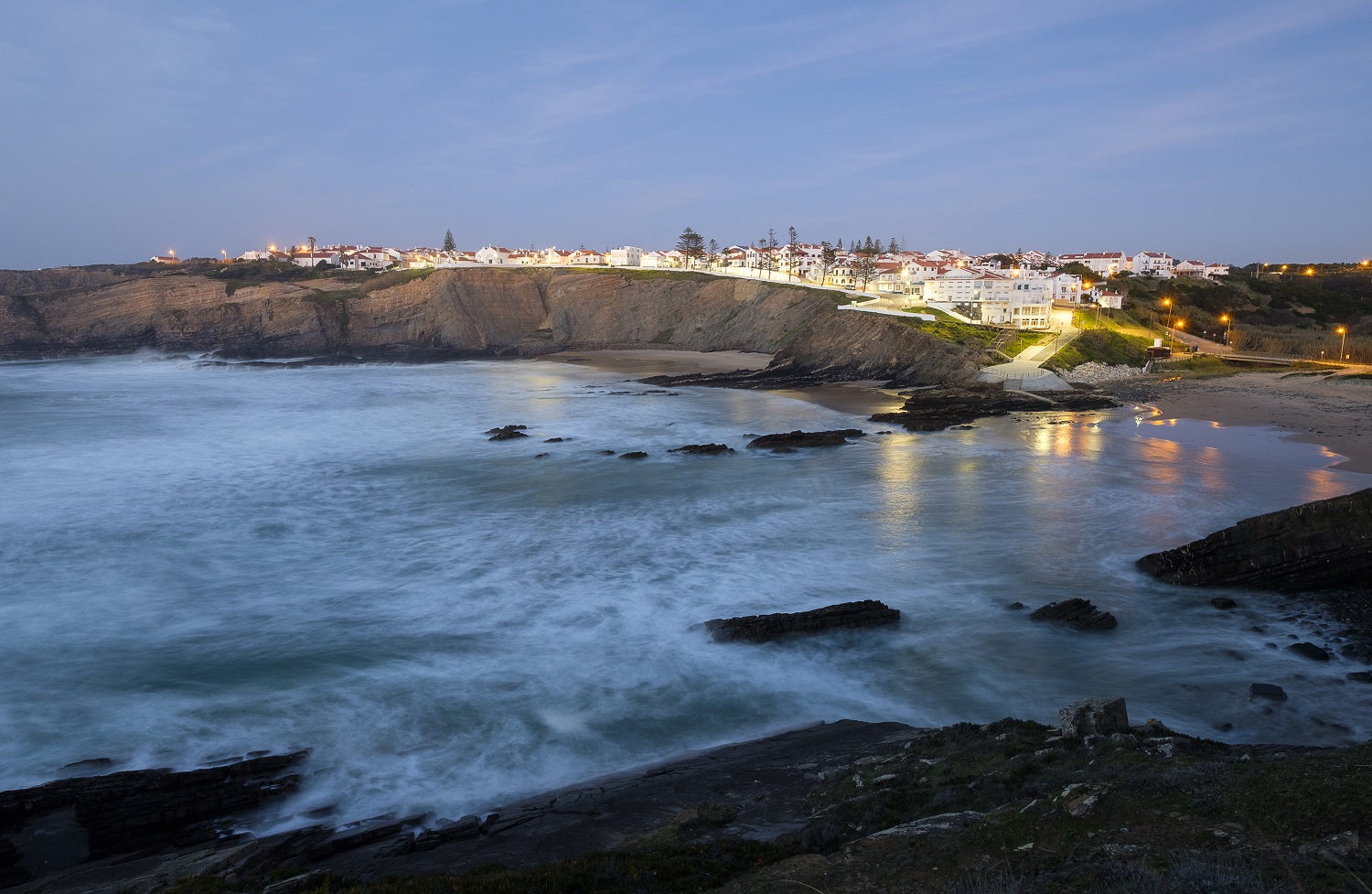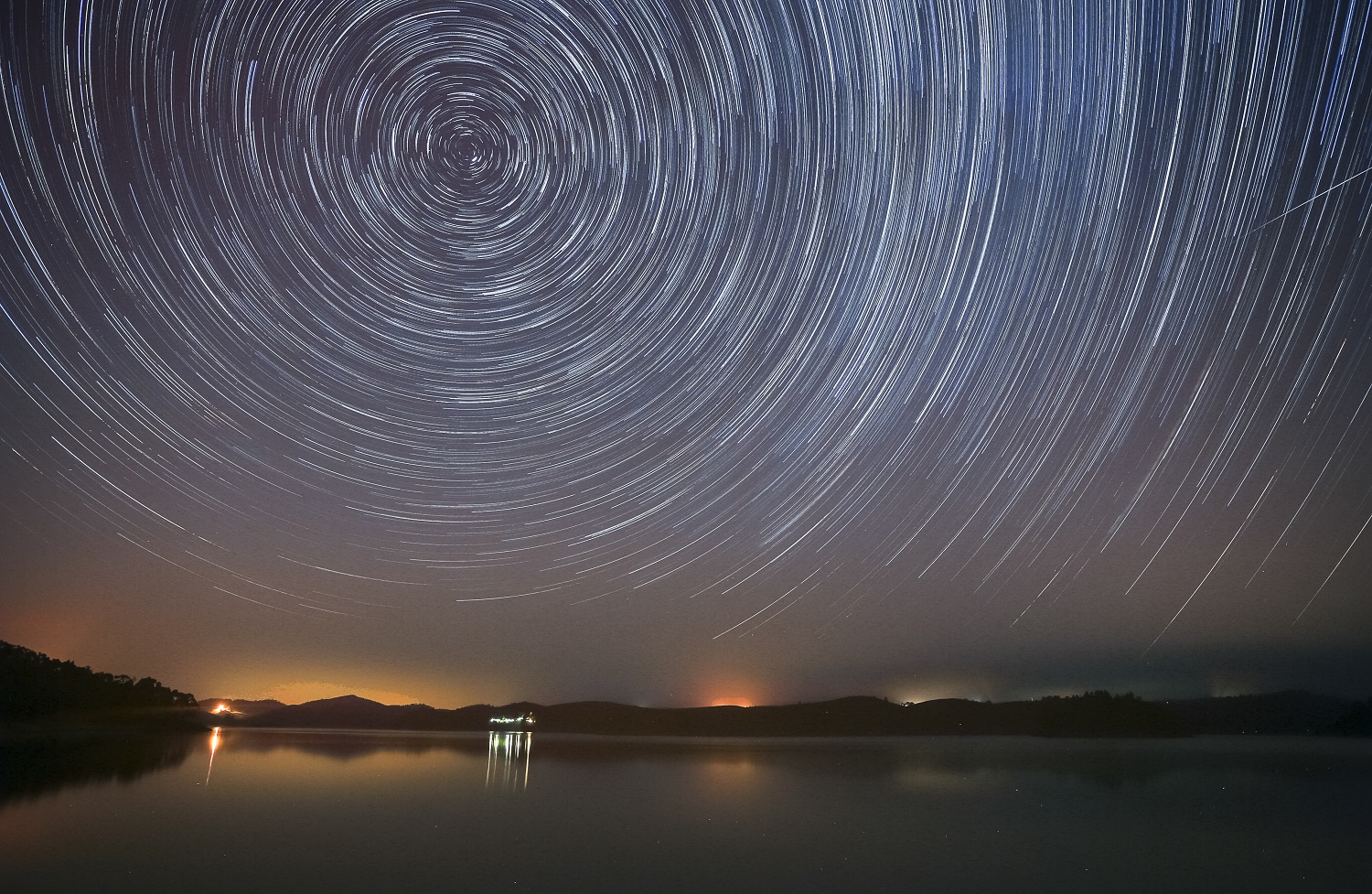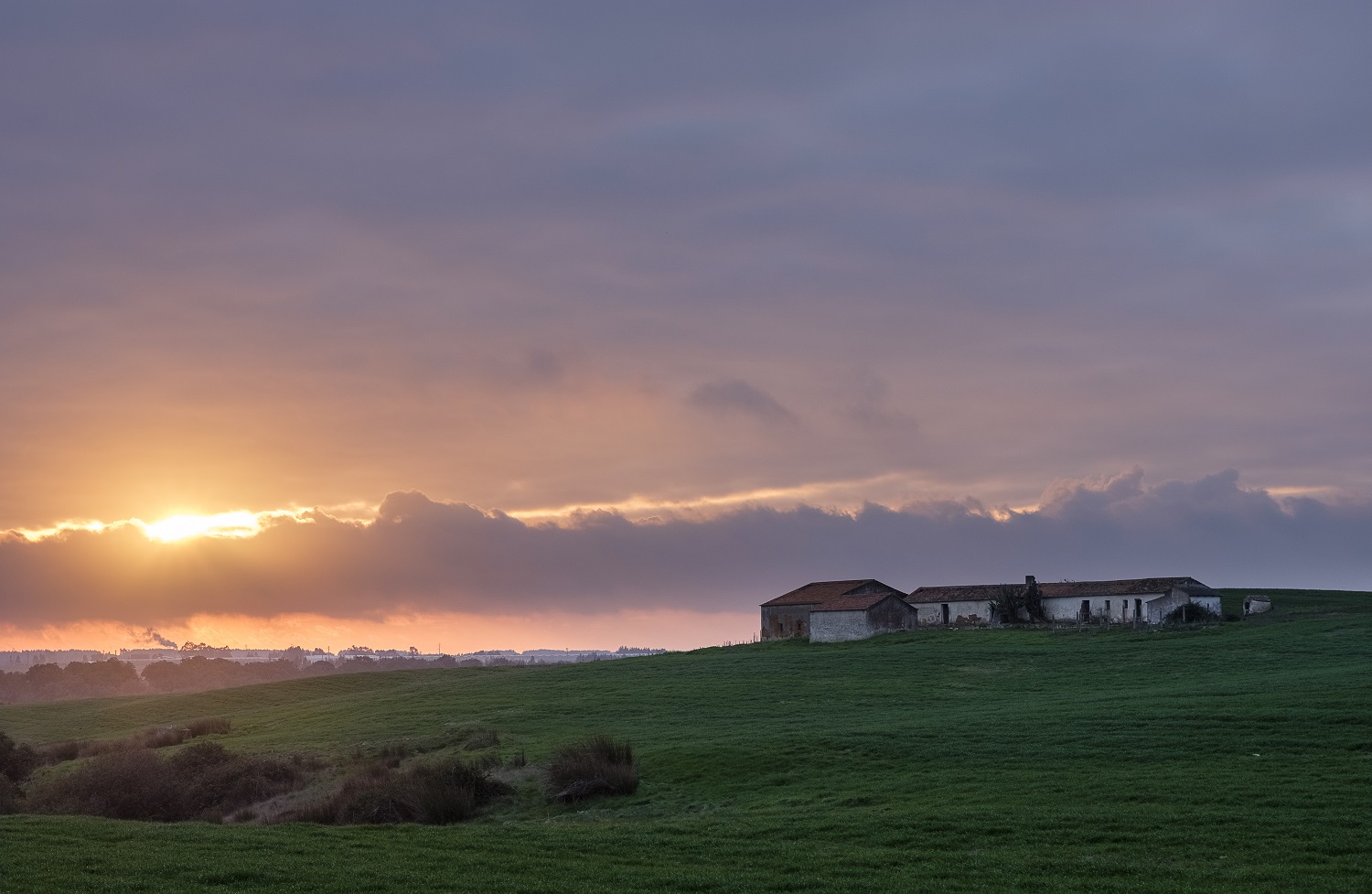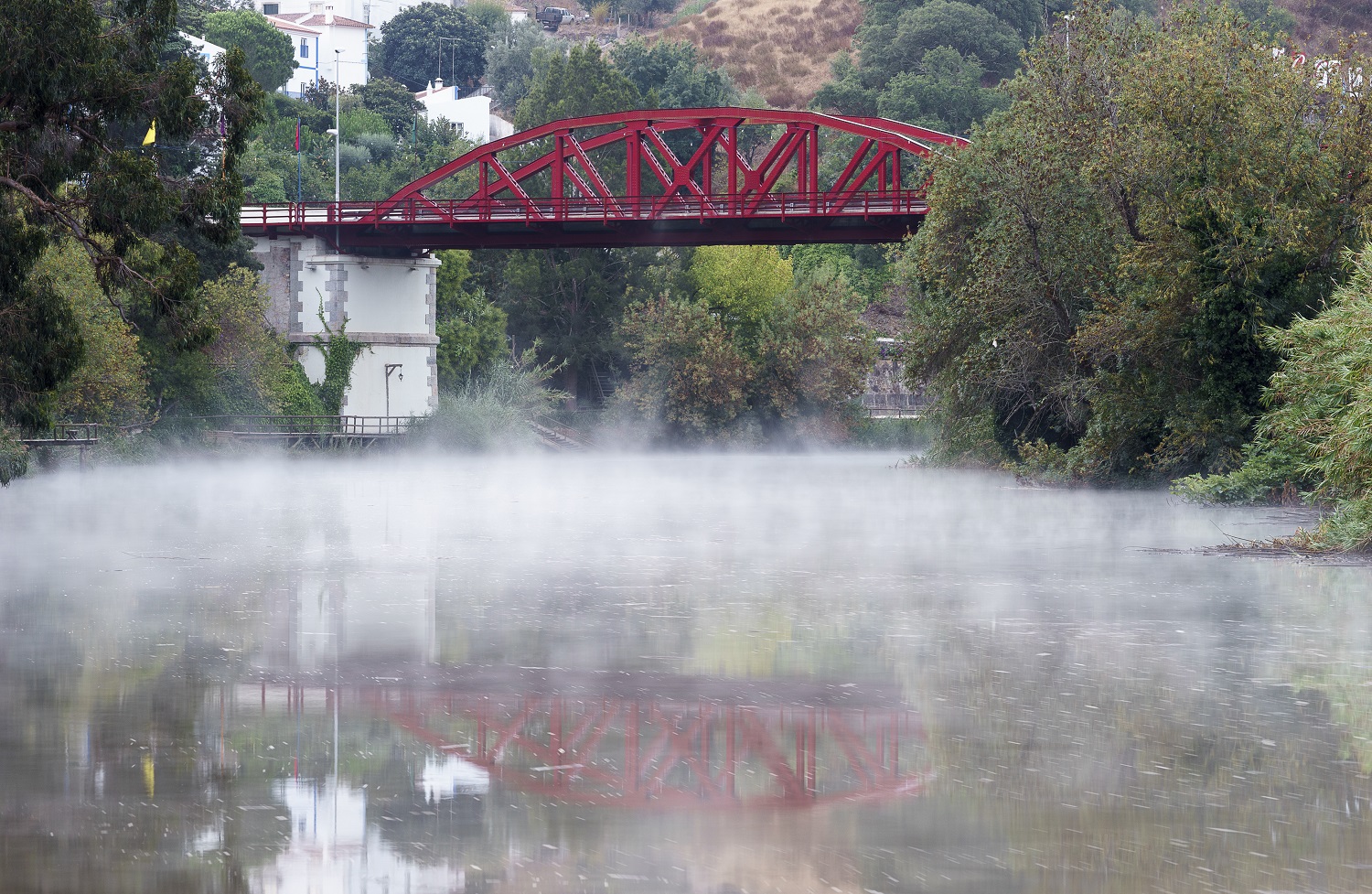What to do on a Sunday afternoon on a rainy day? Get out of the house and take a photo walk – even if you end up in a place you have visited many times before! This is what I did recently during a weekend in my quiet little house in Longueira, Alentejo coast. After lunch and some lazying around with my cat Jonas, I decided to pick up my photo backpack and head out to the coast. The weather was not very inviting, but I am always optimistic and hoped for some respite and clearings close to sunset.
I often head out without any pre-determined goal, ending up being rewarded with some nice surprises and good photos. So why not this time too? I decided to make it simple and only packed my 2 cameras (Fujifilm X-T2 and X-H1) and 2 lenses (16 f/1.4 and 90 f/2) – this is normally my go to kit for landscapes and exploring around. The wide angle suits the way I “see” landscapes, and the telephoto allows me to isolate details in the cliffs and some nature close-ups. Added a small tripod and a few filters for long exposures, and I was all set.
I parked the car at the small fishing harbour of Lapa de Pombas, and started my walk from the sign post indicating the Vicentina Trail, towards the South. Regardless of how many times I am in this area, I always enjoy being close to the sand dunes, the sea, the cliffs, in summary, unspoiled Nature. I snap a few shots here and there, looking for new angles in familiar subjects. As we are in mid-October, the days are already noticeable shorter, with sunset around 7 pm. The cloud cover starts to dissipate, and some clearings start to appear. This allows me to take a few shots of the low angle light hitting the cliffs and the fossilized sand dunes, with their erosional patterns and textures.
In one of the locations, the sand dunes are covered by craggier rock formations that have been eroded into sharp corners, so it is necessary to pay attention while walking. The rustier colour of the land perfectly complements the blue azure of the sea and the white foamy waves. Several sea gulls float around carried by the soft breeze.
The last time I walked this part of the trail was earlier this year, in January (https://blog.paulobizarro.com/?p=693). At the time, I wanted to make some photos for my May exhibit (https://blog.paulobizarro.com/?p=752), notably a photo from a rock arch that is located along the way. Then, I only had a 23mm wide angle lens, and even though the photo turned out fine, I wanted to come back and use a wider angle. The best place to frame the arch is right at the edge of the cliff, so the room to maneuver is not much. Of course a zoom lens would have worked too, but I prefer primes.
Keeping an eye on the light conditions, I noticed the Sun would probably come out soon, as it was descending towards a narrow clearing between the clouds – I literally scrambled down the sand covered rocks of the cliff, set up the tripod and proceeded to make several shots, both with and without a long exposure setting. I had to work quickly, because the Sun was indeed playing hide and seek with the cloud cover. For a couple of minutes, it burst through, illuminating the cliffs and sea, which was perfect. I was confident I had managed to get some interesting photos.
As a bonus, as I was climbing back to return to the trail, I noticed a small snake basking in the sunshine. I approached carefully and used my 90 mm lens to make some close ups; later on I found out that it belongs to the Rhinechis scalaris species, which is common in Portugal.
On the way back to the car, I simply enjoyed the walk along the trail, making a few more photos of the sunset and the coast line. This is simply a magical place, and after the Summer bustle, even better to visit and enjoy.
